2040 vision: A look to the phones of the future Cloud & 5G LIVE returns
Finding ways to tackle the towering e-waste problem


2040 vision: A look to the phones of the future Cloud & 5G LIVE returns
Finding ways to tackle the towering e-waste problem


8 - 9 November 2023
QEII Centre, London
SPONSORSHIPS GET YOUR PASS


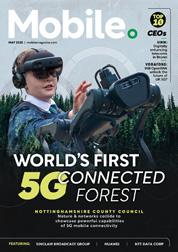
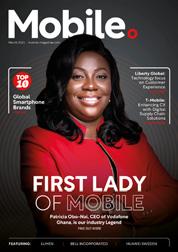






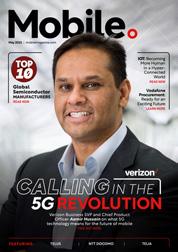





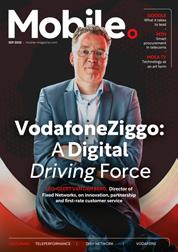






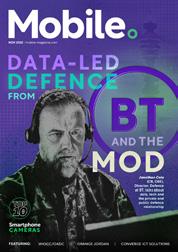






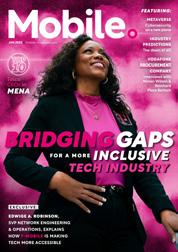
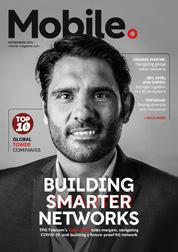






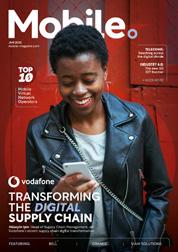












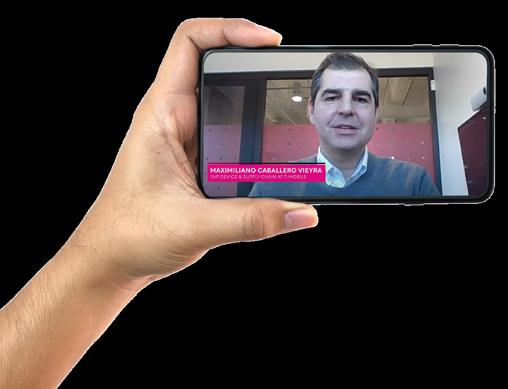
Mobile magazine is an established and trusted voice with an engaged and highly targeted audience of 330,000 global executives

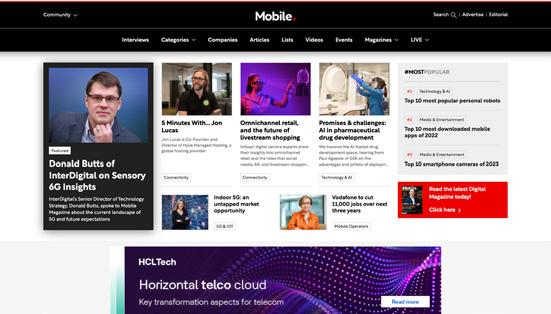





Digital Magazine
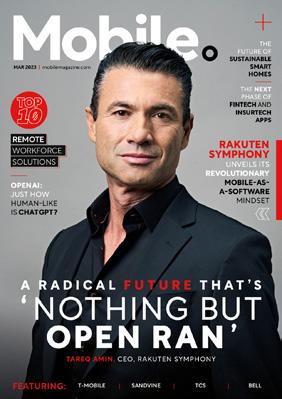




Website Newsletters
Industry Data & Demand Generation
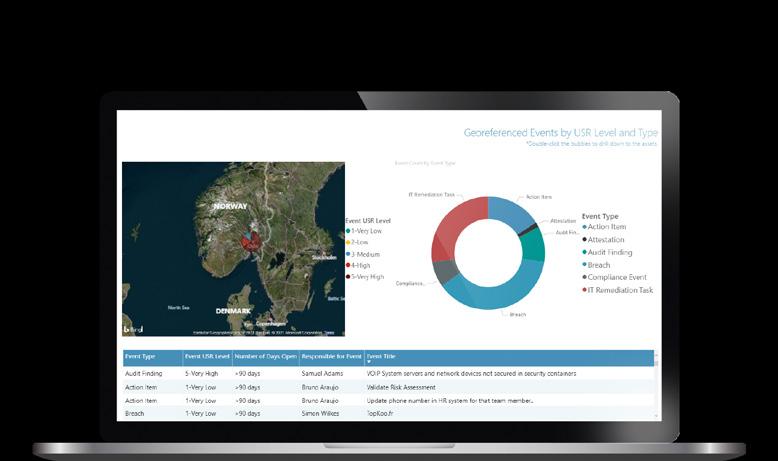
Webinars: Creation & Promotion
White Papers & Research Reports
Lists: Top 10s & Top 100s
Events: Virtual & In-Person
WORK WITH US


Strides in technology mean powerful tools for creativity and productivity are at our fingertips as we venture into a more complex and advanced world


There’s no doubt that we live in a face-paced digital era where mobile and AI technologies have transformed the world in ways that decades ago could not even be dreamt of.
Now heavily embedded in our daily lives –and with AI specifically on the rise – the way we communicate, work and see the world around us has been transformed, and that transformation is sure to continue.
These strides in technology mean we are seeing a digital revolution happening before our very eyes, creating the exciting – but sometimes unsettling –prospect of not quite knowing what the future holds.
This edition of Mobile Magazine sees us look forward to what the future could look like, whether that be what our devices and carriers could look like in decades to come or how we tackle the evergrowing issue of e-waste. Although there is still a degree of uncertainty, one thing that can be said for sure is that these technologies continue to push the boundaries of what's possible and offer a glimpse of a future where possibilities are limited only by our imagination.
MAYA DERRICK
maya.derrick @bizclikmedia.com

“We are seeing a digital revolution happening before our very eyes”

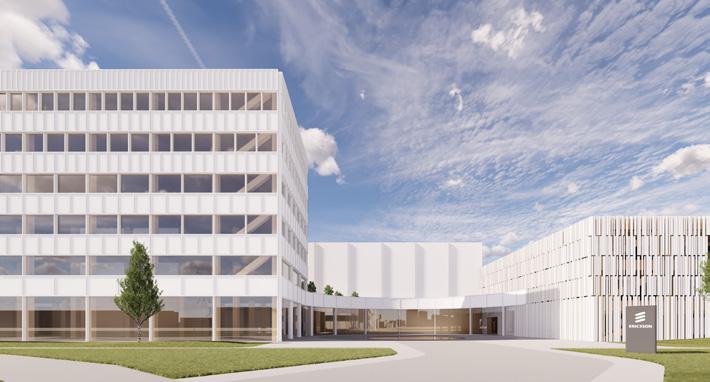
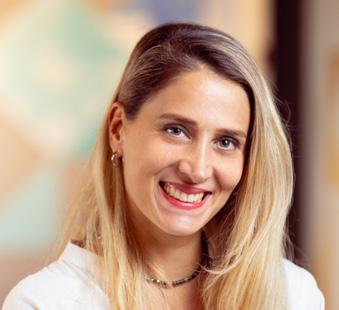
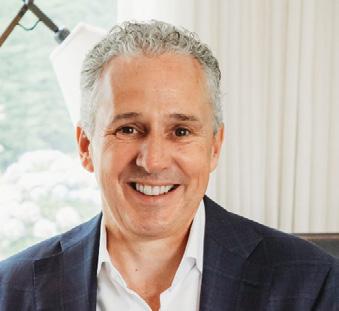


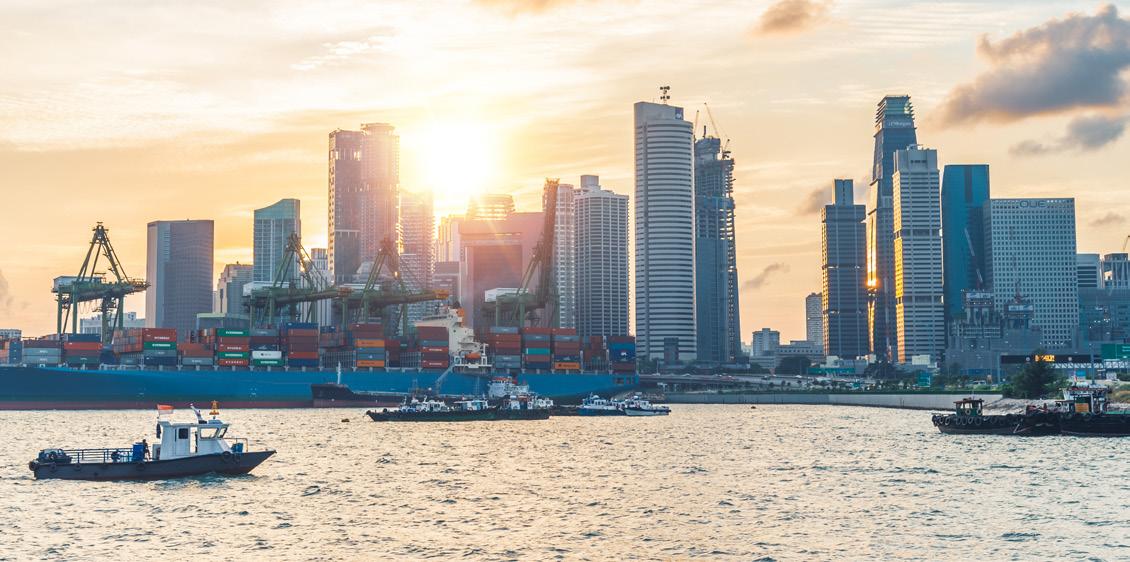
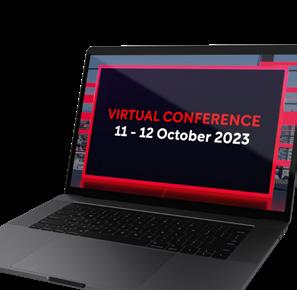

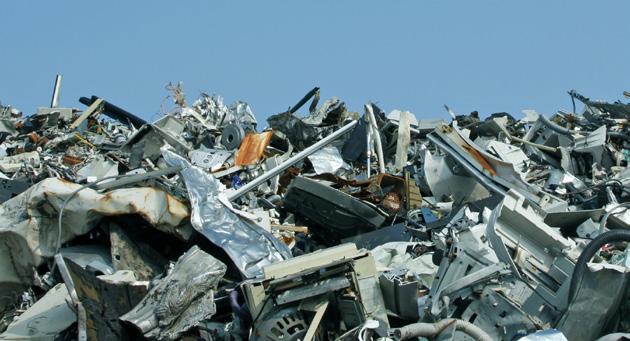
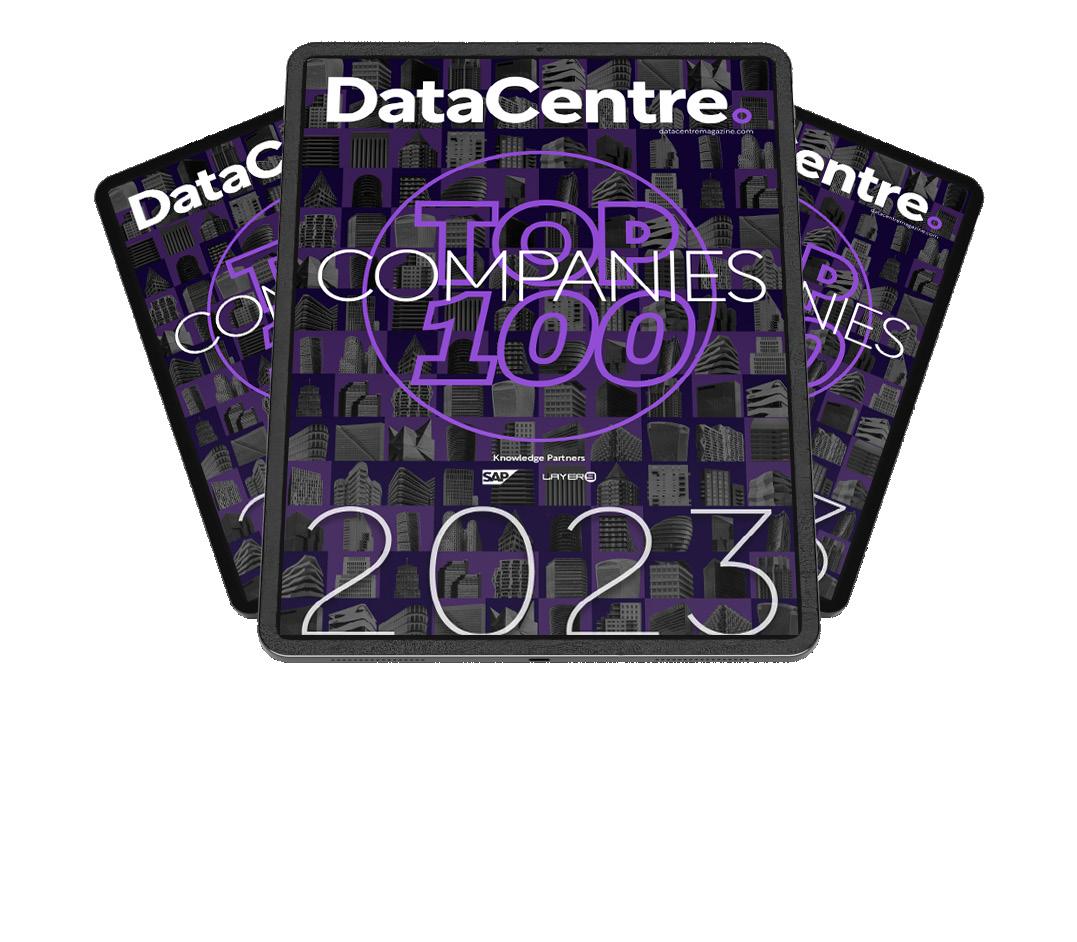






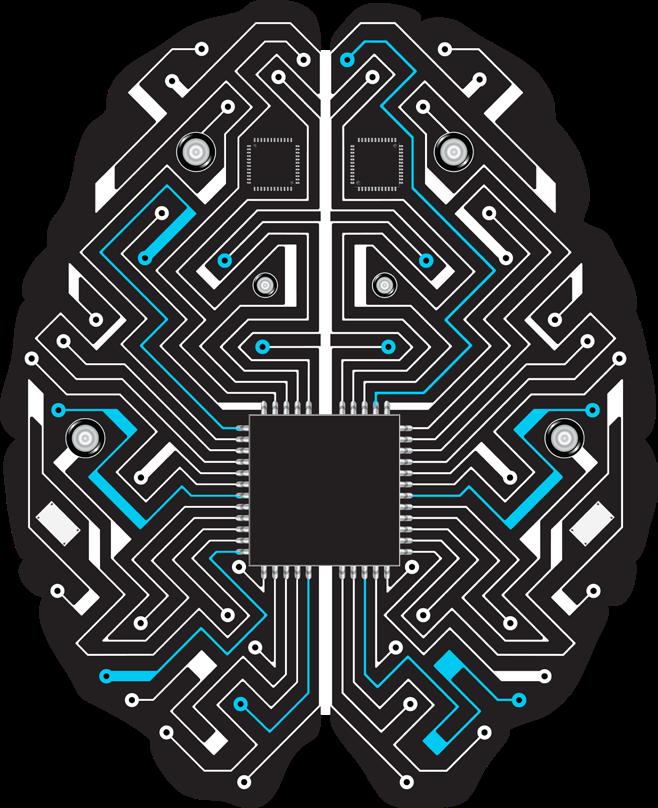



The Global Sustainability Awards 2024 will be celebrating the very best in Sustainability & ESG with the following categories:

Sustainability Strategy Award
–
ESG Program Award
–
Climate Change Award
–
Diversity & Inclusion Award
–Net Zero Award
–
Sustainable Supply Chain Award
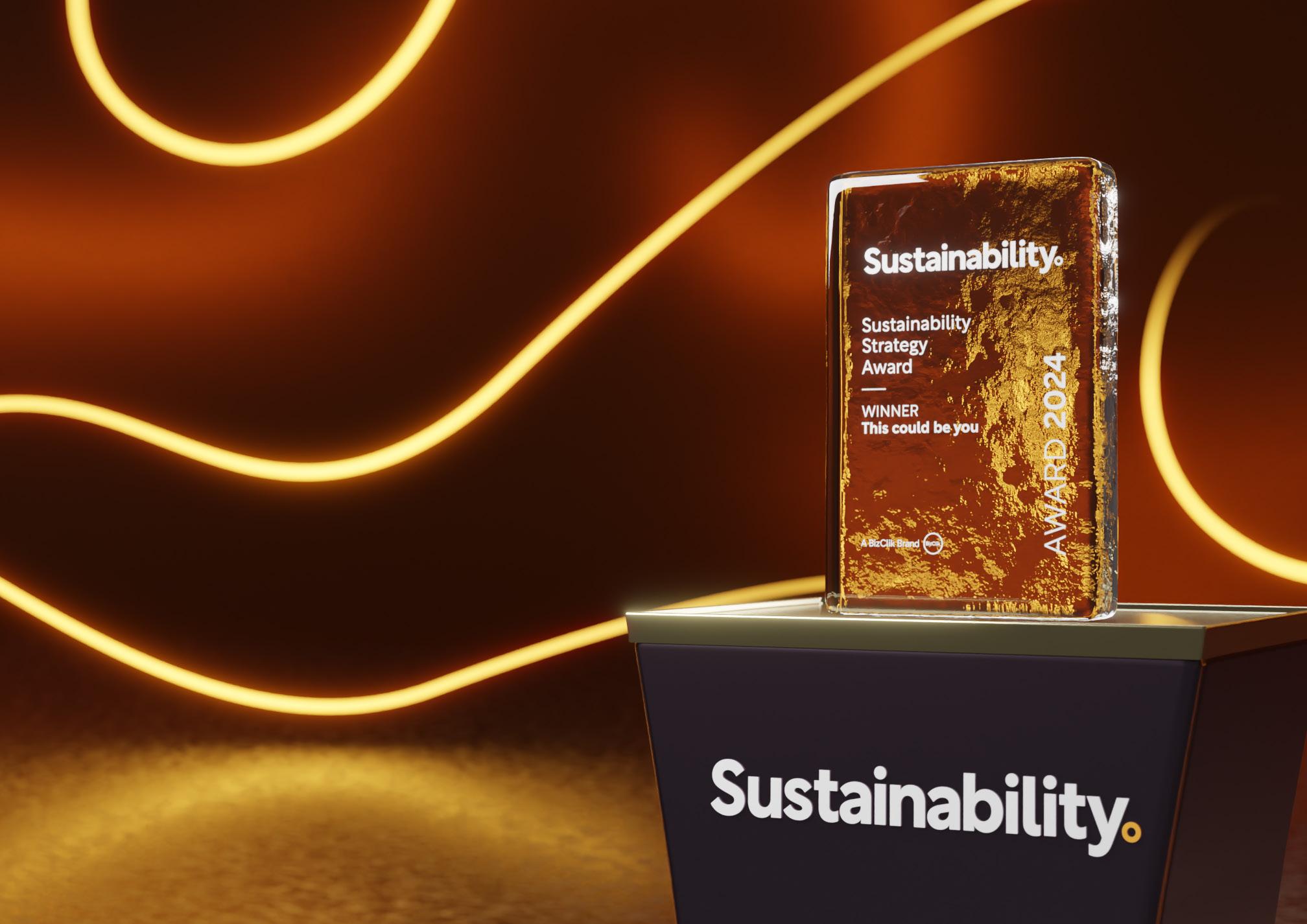
–
Sustainable Technology Award
–
Sustainable Consultancy Award
–
Future Leader Award
–
Executive of the Year Award
–
Project of the Year Award
–
Lifetime Achievement Award


Ericsson has set its sights on leading innovation in Europe by building a next-generation smart manufacturing and technology hub. The new facility, valued at €155 million (US$169m), has sustainability and operational efficiency top of mind and is expected to be operational in early 2026. The facility will consolidate all
Ericsson’s operations in Estonia into a single 50,000sqm site and is expected to reduce its carbon emissions by up to 70%. It will also support Ericsson’s 2030 target to be net zero through its highly sustainable and energy-efficient design – including low embodied carbon wooden glulam beams and a solar farm on the roof.

Hadar Vaturi, VP People at Qwilt, sits down with Mobile Magazine to discuss driving talent into the telco sphere – especially female talent
» My name is Hadar Vaturi. I lead recruitment and development initiatives at Qwilt, a tech start-up focused on opening up a new standard of delivery and services from the service provider edge.
TITLE: VP PEOPLE
COMPANY: QWILT
LOCATION: TEL AVIV, ISRAEL
Hadar has worked in the IT and telecoms sector for 20 years. She joined Qwilt in October 2020, leads all employee initiatives and is responsible for creating a team experience that supports Qwilt’s values.
I’m based out of Tel Aviv, Israel, and have extensive experience in HR, specifically around scaling up teams. I’ve been with the company for almost three years and have helped the Qwilt team nearly triple in size while maintaining our amazing culture and deeply held values of equality, diversity, and passion for the industry.
» I studied communications at the Open University. I have always had a passion for the tech sector, and my early roles focused on supporting leadership teams in the telecoms sector. I quickly realised people



“While we’re already above industry benchmarks in female hires and retention, gender equity remains a persistent focus for us”
are at the heart of everything. I enjoy helping companies transform and scale up operations to meet their ambitions, and I have done so as head of HR at e-commerce and FinTech organisations, before joining Qwilt.
» I have a long-held belief that individuals are key to helping organisations achieve their goals. HR plays a critical role in setting up the right environment by having the right leaders in place, the appropriate role models, and the correct support systems to help people become the
best versions of themselves. I feel great managers believe in your vision and potential for turning a company into a success story. Again, it’s the realisation that people are crucial to success, which led me onto this career path.
» The telcotech market is thriving. It’s a dynamic, fast-evolving, and highly rewarding sector with small and big organisations competing for the best talent.
Our main goal is to attract talent wherever that may be. Once we identify the relevant people with the relevant skill

sets, we let our culture and product do the talking. We also rely on referrals. As soon as we hire someone, we ask them to identify the best three talents they’ve ever worked with and then to reach out directly to those people. I’m very proud to say that half of all our hires have been a direct result of this initiative, which has bolstered our ranks with some great new folks that are both experienced and passionate about the industry.
» Our goal has always been to seek diverse talent. We see Qwilt as a community that believes in a common
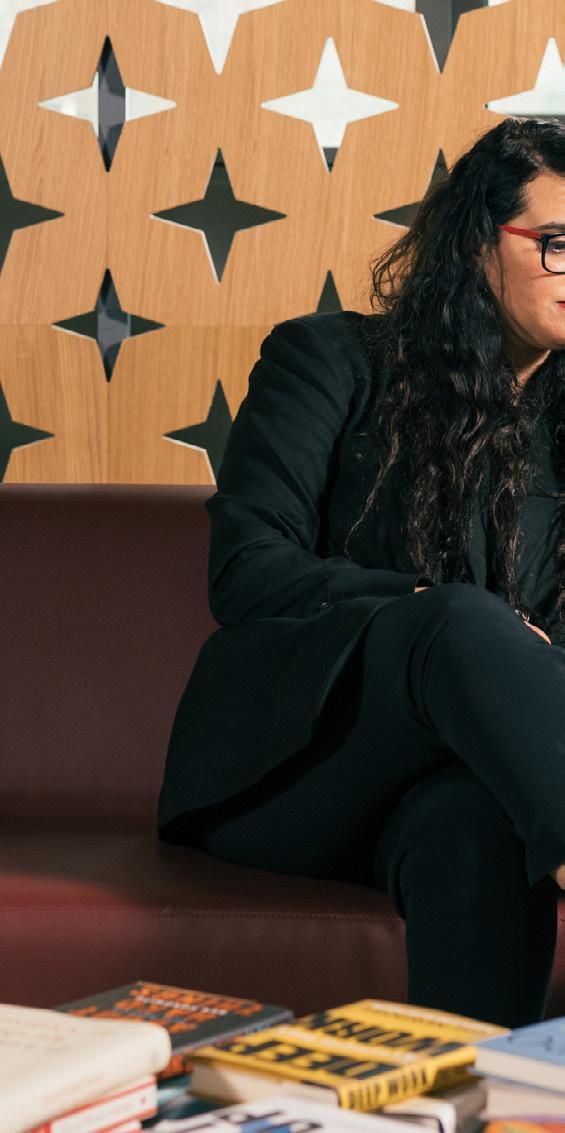
set of goals and vision for the future. We have made significant strides in prioritising female talent and supporting the belief that there are women trailblazers today and every day.
We don’t shy away from the market situation that shows far fewer women developers than men. Instead, we accept our position as a key technology leader and acknowledge we have a responsibility to drive leadership in DE&I within our industry.
While we’re already above industry benchmarks in female hires and
“We have made significant strides in prioritising female talent and supporting the belief that there are women trailblazers today and every day”
retention, gender equity remains a persistent focus for us. Throughout 2022 and into 2023, we’ve ensured 50% of our editorial placements, keynotes and panels have strong female voices.
Q. WHAT DO THE NEXT 12 MONTHS HOLD FOR YOU AND QWILT?
» It’s no easy challenge to scale at the pace and level Qwilt has been doing for the past few years. We’ve had to undergo restructuring, and have
Partnering with service providers worldwide to deliver media and applications, Qwilt provides telecom professionals with an innovative solution to enhance network performance. By embracing Qwilt, telecom professionals gain a competitive edge in the telecommunications industry, ensuring superior network performance and delivering an exceptional user experience. This is highlighted through Qwilt’s mission to deliver connected, quality experiences.
Half of Qwilt’s editorial placements, keynotes, and panels have strong female voices
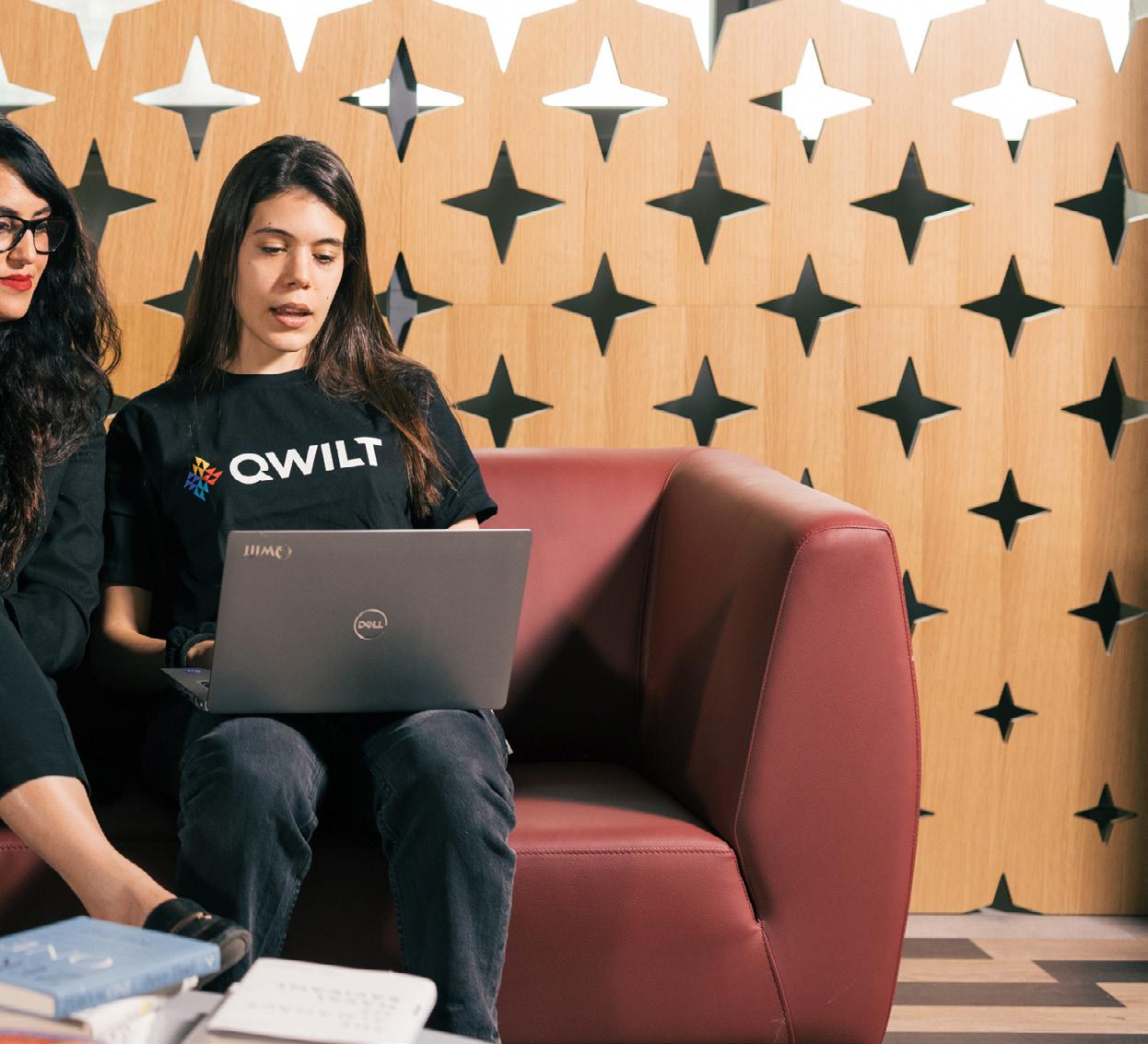
encouraged people to become team leaders and role models for their colleagues. We’ve taken managers from across the company, from all roles and backgrounds, to ensure we retain a core and diverse culture as we grow.
By ensuring that all our teams have a clear career path and growth potential at Qwilt, we maintain a driven and forwardthinking company mindset that propels our technology forward and delivers the best customer service.
 FORMER CEO OF TELSTRA
FORMER CEO OF TELSTRA
Taking over as CEO at a turbulent time for Telstra, it’s safe to say that Andrew Penn steered the company through the storm and emerged out the other side as a key player destined for the top.
With executiveship not a role for the faint hearted, from the get-go Penn tackled his role with a hands-on approach, putting in immeasurable amounts of work to turn Telstra around.
British-born Penn started – and spent the majority of – his career at AXA Asia Pacific Holdings, where he worked for 21 years from 1990. Holding leadership roles including Chief Executive Australia & New Zealand, Group Chief Financial Officer, Head of Transformation Programme and Chief Executive International, when conclusion of the US$14.6 billion AXA deal came around in March 2011 – when the company was divided between AMP and the French AXA SA – the top dog was forced into a work break that would direct him toward his next career move.
Reflecting on his move to Telstra the following year, joining as Chief Financial Officer and Group Managing Director, Finance and Strategy, Penn told the Sydney Herald in 2022, just as he’d left the company: “I can’t honestly say that
I fully understood or appreciated what telecommunications was when I joined the company, and it was a steep learning curve, those first 18 months.”
And the early years of his chiefdom weren’t free of adjustments and putting out fires left right and centre either, as Penn did all in his power to make Telstra the dominant mobile operator despite a string of outages plastering the company’s name across the headlines –which were less than kind.
But the 59-year-old emerged from the criticism, which posed a threat to his position, as analysts questioned the company’s strategy and their handling of a spree of network-wide issues. He added: “Those outages, wow. I thought: ‘Where did that come from?’ I had been on the job for less than nine months, but that didn’t matter because you were still accountable as the CEO. That was a real wake-up call.”
Following an almost 11-year stint at Telstra – seven of which as CEO – Andrew Penn has left a positive and enduring legacy at the Australian telco giant
“It was a steep learning curve”
TITLE: FORMER CEO
COMPANY: TELSTRA LOCATION: AUSTRALIA
Andrew
served as CEO for seven years of his 10+ year stint at Telstra.
Penn’s career has spanned more than 30 years, starting with a series of executive leadership roles at AXA Asia Pacific Holdings including Chief Executive Australia & New Zealand, Group Chief Financial Officer, Head of Transformation Programme, Chief Executive International until 2011.
Prior to this the executive completed an MBA at Kingston University London in 1991 before taking on Advanced Management Programme, Business Administration and Management, General in 1998 at Harvard Business School.
Throughout his career, he has been acknowledged as a Male Champion of Change advocating for diversity in the workplace as Chair of the Australian Governments Industry Advisory Committee on Cyber Security and in the Arts, where Penn received the 2020 Creative Partnerships Australia’s Business Leadership Award for his exceptional contribution to Australia’s cultural life.
He is now a cyber security coordinator and leads a team tasked with making Australia a world leader in cyber defence for the Australian government’s Department of Home Affairs.
McKinsey & Co said Telstra’s CEO Penn reinvented the company’s product offerings, digital capabilities, overall structure, and performance. In conversation with Senior Partner Wesley Walden the pair discussed the challenges of transforming an organisation while maintaining an innovative spirit and employee engagement. The pair acknowledged his key role of reshaping the cost base at Telstra and, in 2018, launching and delivering a bold transformation strategy, dubbed T22.
With T22 a mass restructuring ensued, with physical infrastructure assets, embedded agile ways of working separated out, along with simplifying some of Telstra’s product offerings. By design, T22 planned to slash billions of dollars in costs – and more than 8,000 jobs with it.
“Some of the toughest moments for me were in 2019. We had announced T22, we knew the strategy was sound, but Telstra is a complex beast and stakeholders wanted results and that put huge pressure,” he told the Sydney Morning Herald.
“I am pretty emotionally resilient. You have to make tough calls but you have to do them transparently, respectfully and be consistent, that’s the job,” he said of the radical change of the 150-year-old company, with tough conversations had and executives let go.
On his departure, which he said was due to his wish to retire, Penn handed over the reins to then CFO Vicki Brady. At the time, Telstra Chairman John Mullen said that Penn would leave a positive and
enduring legacy for the transformation he had led during his tenure.
“Andy has led Telstra during a period of significant change and will be known for his courage,” Mullen said in a statement.
“While in his role Andy made important contributions to Australian society.”
This is in reference to his work as a Male Champion of Change advocating for diversity in the workplace, as Chair of the Australian Governments Industry

Advisory Committee on Cyber Security and in the Arts, where Penn received the 2020 Creative Partnerships Australia’s Business Leadership Award for his exceptional contribution to Australia’s cultural life.
But where to next for the former CEO?
“Whatever I do next I want to be able to make an impact,” he told the Sydney Morning Herald. “One of things I would stress is to build emotional resilience, that’s very much what I would have told my younger self.”
And since his departure he has done just that. In February, he was announced to have taken on a new position in the Australian government’s Department of Home Affairs as a cyber security coordinator to better handle future events, with Penn leading the team tasked with making Australia a world leader in cyber defence.
“Whatever I do next I want to be able to make an impact”

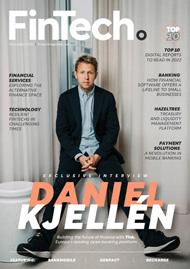
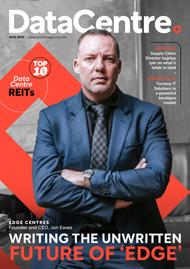
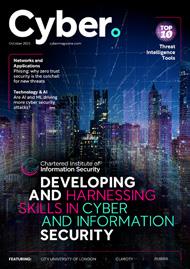



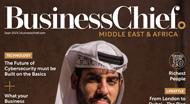



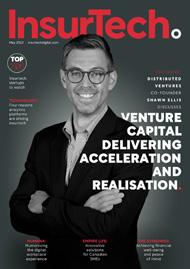

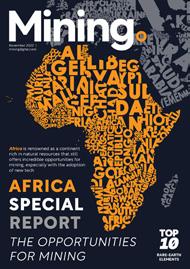
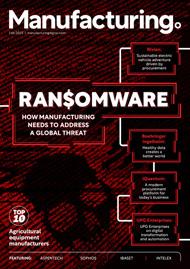
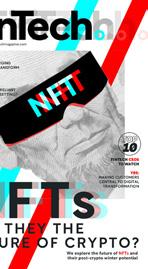

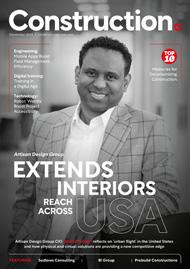


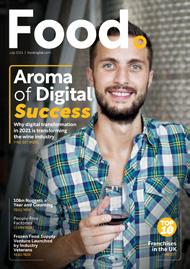

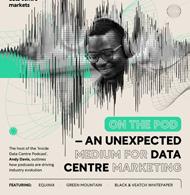
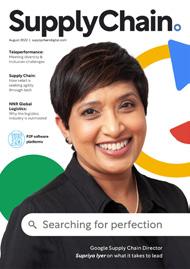

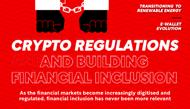
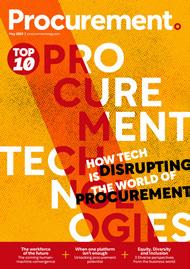

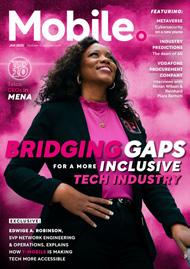


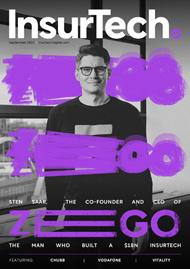
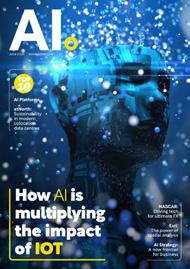

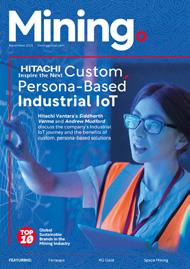

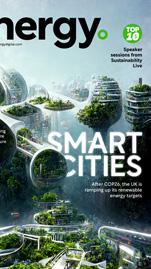
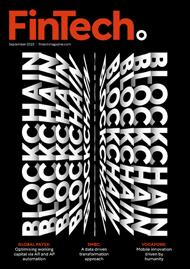


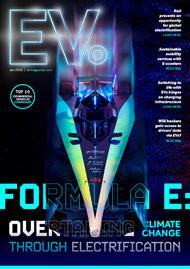
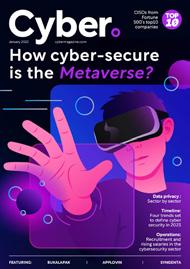


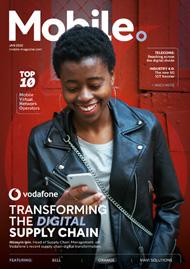

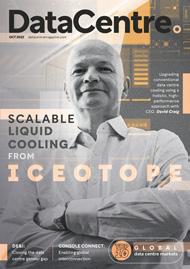


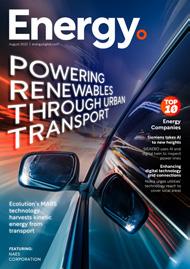

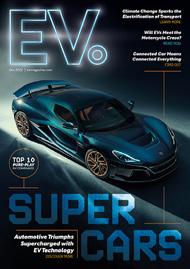

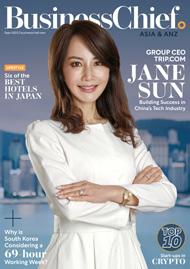

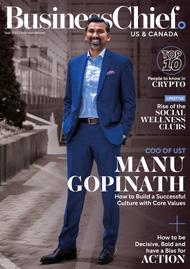
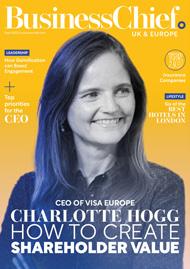

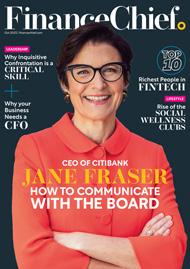


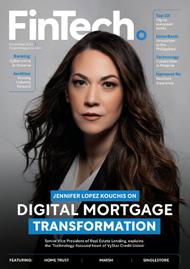

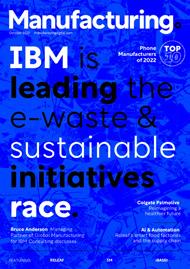


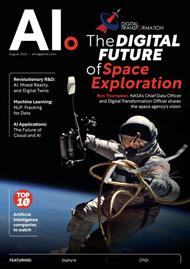
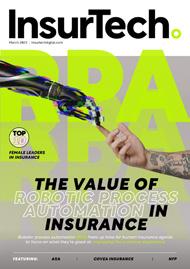




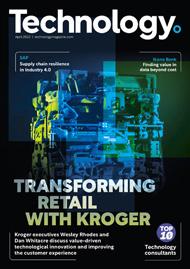

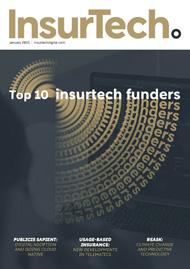
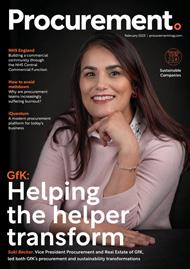

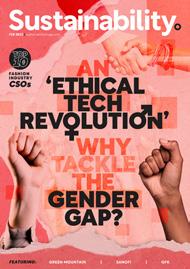

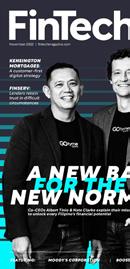
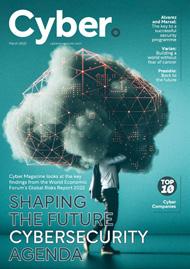
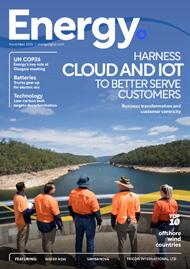
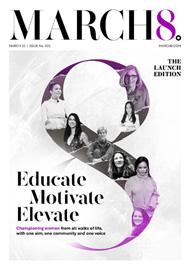
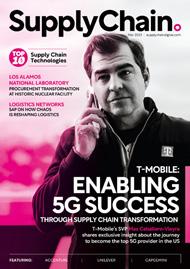
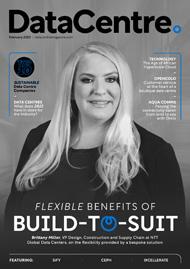


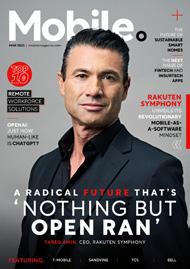
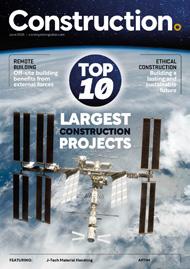


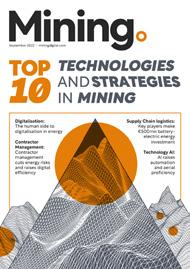



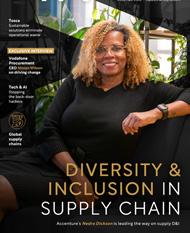


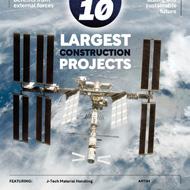


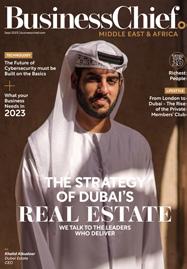
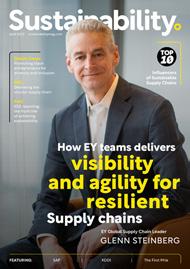
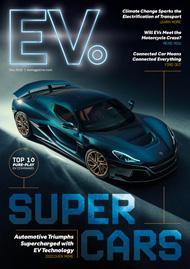
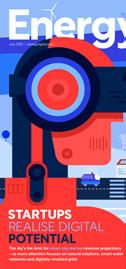




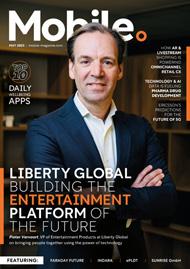
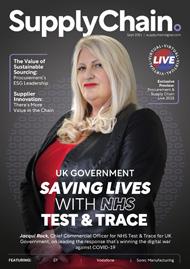

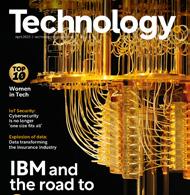



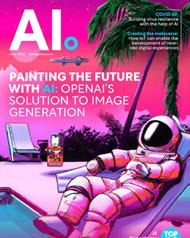
Featuring e&, Ericsson and Vodafone, we round up the top sustainability leaders in the telco sphere and celebrates what makes them sustainability champions
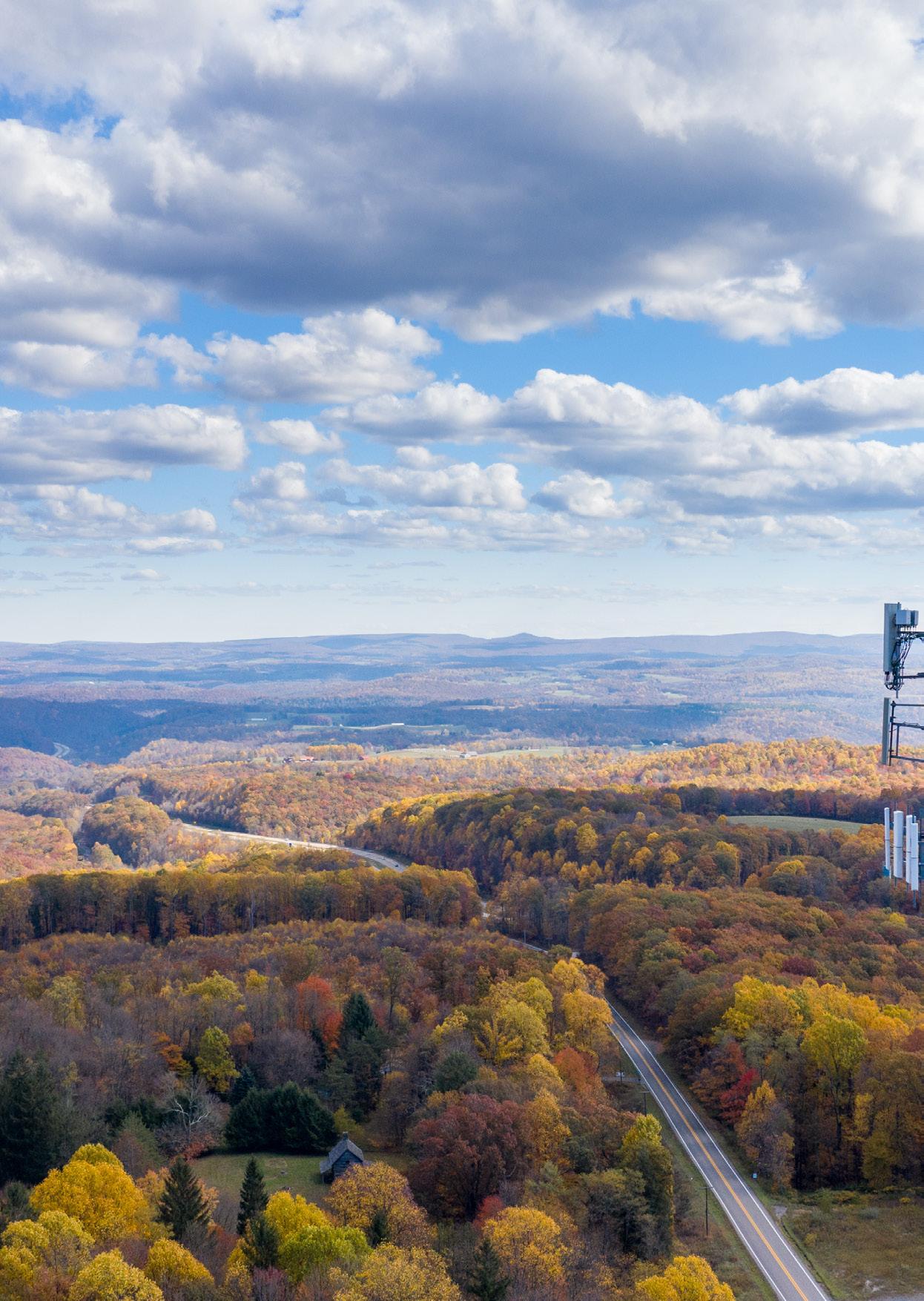 WRITTEN BY: MAYA DERRICK
WRITTEN BY: MAYA DERRICK
It’s undeniable that sustainability is at the forefront of the minds of businesses in all matters of sectors, and telecommunications is no different. And those in sustainability-centric roles are driving their company’s environmental goals for both their own benefit and that of the planet, paving a path to a more eco-conscious future.
These individuals, we feel, are worthy of recognition for their tireless efforts in ensuring said goals remain in touching distance.
Here’s Mobile Magazine’s Top 10 sustainability leaders in telco, showcasing remarkable pioneers with an unwavering commitment to ensuring a brighter –and greener – future.


Role: Senior Vice President and Head of Sustainability (ESG) Company: Telenor
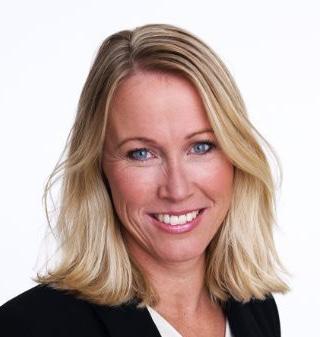
Skuterud has a strong combination of experience from technology and renewable energy companies and a track record of leading and guiding change projects in diverse and global environments. Since May 2020 Skuterud has overseen Telenor’s Business Units in Asia with responsibility for Sustainability, HSS and GRC, with a wide focus on contributing to societies with a commitment to doing what’s right and a range of areas, including leading climate strategy initiatives and supply chain sustainability initiatives across Telenor Asia’s businesses.
Role: Legal, Regulatory & Sustainability Director Company: One New Zealand
“I am passionate about New Zealand and want to create a sustainable future for this country’s people and our precious environment,” Jones says of her role. She has more than 20 years of communications experience and has proved herself to be a committed and motivated leader throughout her career. She adds: “We recognise our role in enabling other organisations to transition to cleaner, greener ways of connecting. We are investing in new technologies to further reduce our carbon emissions and to help other New Zealanders do the same.”

Role: Head of Group Sustainability Company: Telia Company
“We have a very important part to play,“ Nordbrand said in 2020, stating the telco industry is key in fighting climate change. “We have the potential to make a real difference in reducing global CO2 emissions through our core business. The coming years we will accelerate this positive impact while reducing emissions in our own operations and supply.”
Joining Telia in 2019 to help further develop the company’s sustainability programs and initiatives, Nordbrand has over 15 years of experience in sustainability, particularly in climate change strategy, sustainable investment and supply chain management. She boasts a passion for building resilient organisations and societies for a better future.

Role: Chief Corporate & Sustainability Officer Company: StarHub
Lai leads StarHub’s Legal, Corporate Secretariat, Corporate Communications, Regulatory and Sustainability functions. With a career of almost 25 years at StarHub alone, Lai has held senior leadership roles at StarHub since 1999. Calling her role “a curious situation of learning on the job” in conversation with Argyll Scott, she praises her awardwinning team of PR professionals and sustainability experts who eased her into the role, propelling the company’s sustainability message. In 2023, Lai was listed on the inaugural list of the Legal500 Green GC Powerlist, which ranks the top general counsels leading in sustainability practice.
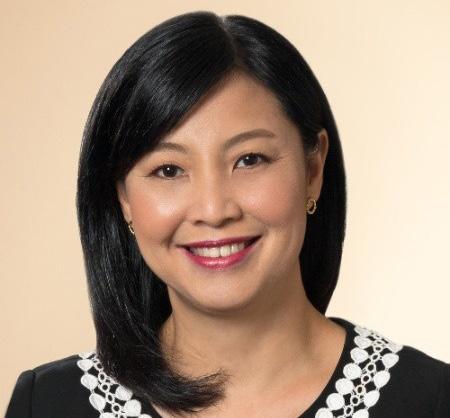

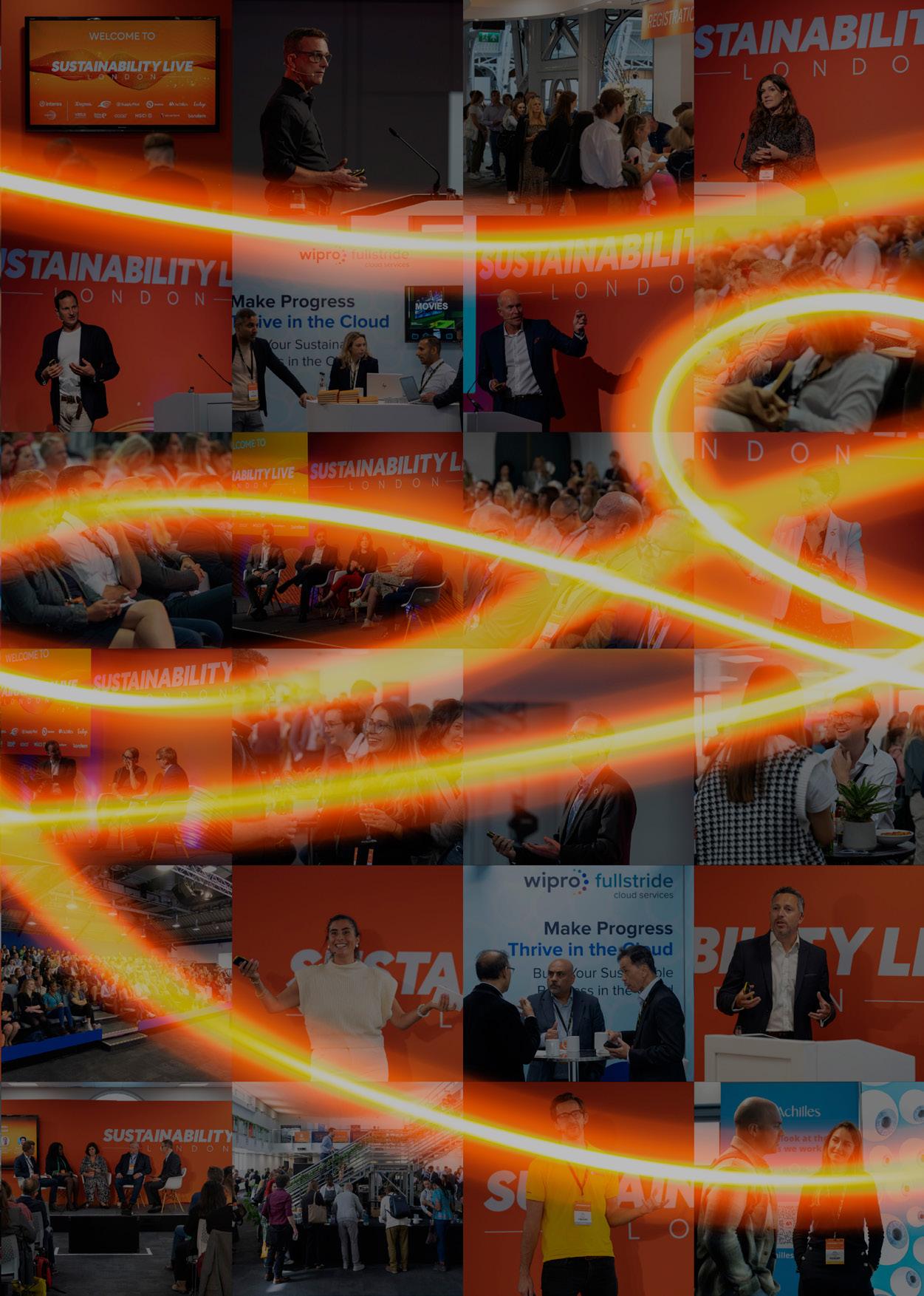
6 - 7 September 2023
Business Design Centre, London
SPONSORSHIPS GET YOUR PASS

Title: Chief Corporate Affairs Officer
Company: Nokia
Nokia’s future focus makes it a leading player in both technology and sustainability. Its ESG strategy is driven by Schoeb, who says: “At Nokia, we believe that there can be no green without digital. Our objective is to develop ESG into a competitive advantage by leveraging our technology and portfolio strengths to maximise our positive impact on industries, society and the environment. We believe that digitalisation and enhanced connectivity will be crucial in the response to climate change through more efficient use and re-use of the world’s resources.”

Title: Chief Corporate Affairs & Sustainability Officer Company: Vodafone

“In the circular economy, recycling, I believe, should be the last resort. Repair and reuse are absolutely what this is about,” Lyons said in conversation with edie. Lyons has been Vodafone’s Chief Corporate Affairs & Sustainability Officer since October 2021 with responsibility for external communications, government affairs, regulatory affairs, and sustainable business. Openly thankful for working with purpose-led business driven by a desire to make a positive impact, she says that to make long-term change, businesses must make a long-term commitment.
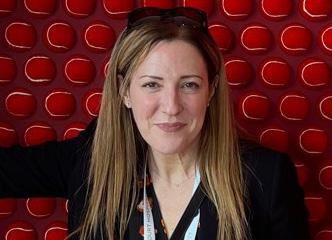
Title: CSR, Sustainability & Etisalat Foundation Manager Company: Etisalat (e&)
A self-professed optimistic fighter, Adel stands strongly for her values and beliefs which are reflected in her work. She is a driving force for the brand’s work for sustainability of actions and impact. Adel is also a Manager at the Etisalat Foundation, setting the milestones for the establishment of the Foundation, spearheading andleading long and short-term development projects. With two decades of experience in social responsibility and CSR, her primary focus is to bridge the gap between society’s and the company’s objectives in pursuit of sustainable actions and impact.
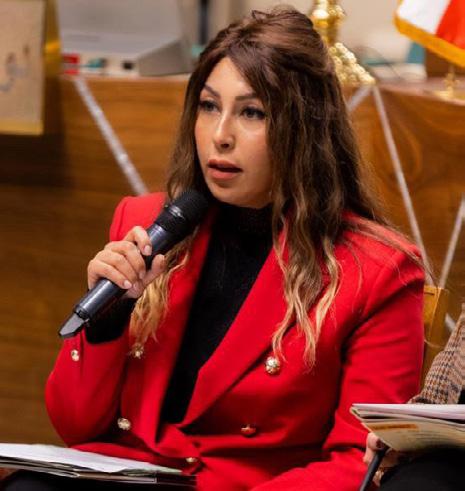
Title: Global Chief Sustainability Officer Company: Telefónica
“The best is always yet to come and it depends on us,” Valderrábano says. A key innovator, Valderrábano is also the President of DIRSE (Asociación Española de Directivos de Sostenibilidad, the Spanish Association of Sustainability Managers) A trained and former lawyer, environmental law is one of Valderrábano’s specialties. She has previously been recognised as one of the most influential women in ESG Sustainability Magazine as her core value of being an advocate for change governs her career choices and helps her direct change.
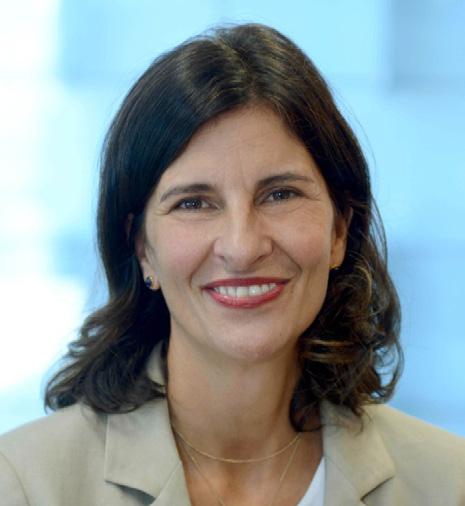
Title: Head of Sustainability
Company: Ericsson
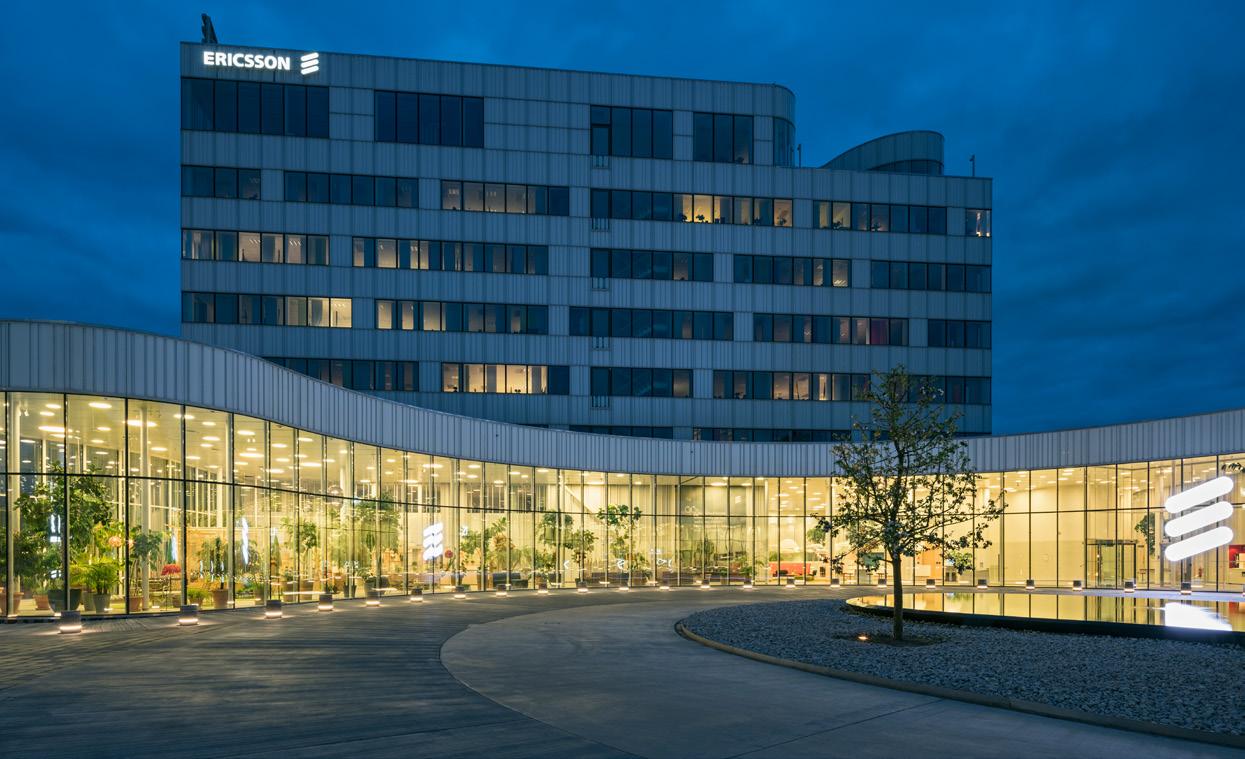
Delivering improvements through innovation and change, Scharp has been Head of Sustainability at Ericsson since July 2016. He actions meaningful change by bringing out the best of teams within line functions, in cross-functional and cross-industry and society settings. In his role, Scharp holds group responsibility for circular economy, environmental performance, climate action, environmental management and sustainability impacts and benefits from ICT and IoT as well as supporting customer engagements, new business models and public private partnerships in areas of responsibility.
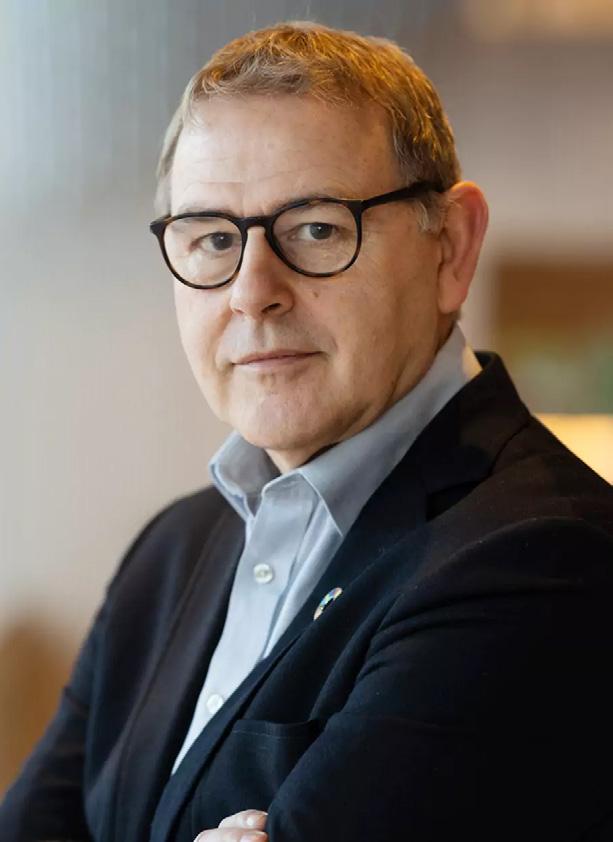
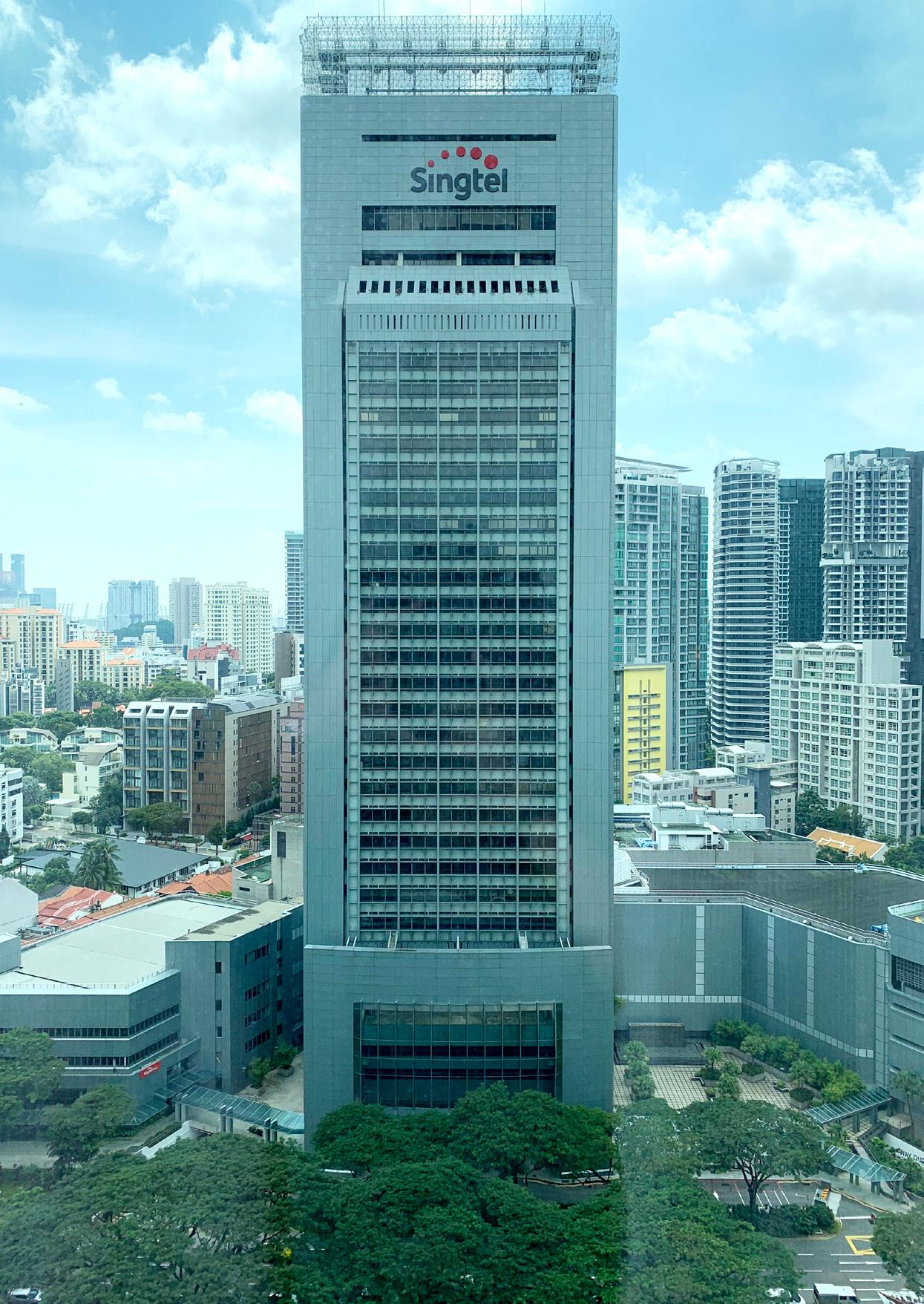 Comcentre, Singtel’s headquarters, Singapore
Comcentre, Singtel’s headquarters, Singapore
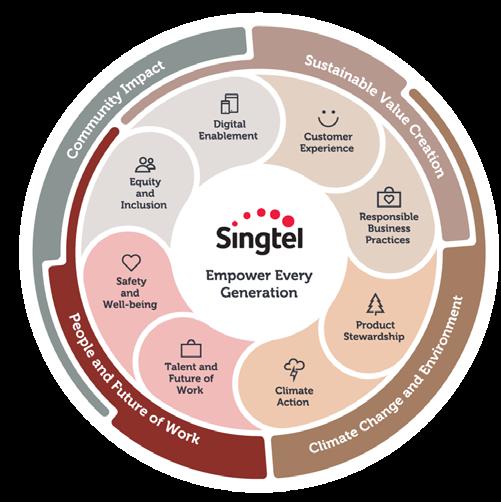
Purpose-driven, versatile and highly agile, Buay’s career has spanned all aspects of telco. As VP of Group Sustainability, Buay is at the forefront of the Singtel Group’s corporate sustainability practices, covering all elements of environmental, climate action and social impact among other climatecentred elements. In 2019 Singtel was bestowed Singapore’s highest environmental accolade, the President’s Award for the Environment. Buay has also been involved in a global sectorbased task force to align the global mobile industry toward a 2050 net zero carbon target and pathway subsequently approved by SBTI in 2019.
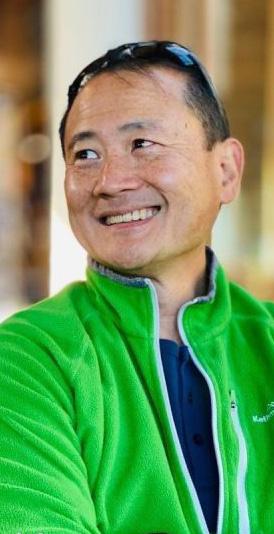
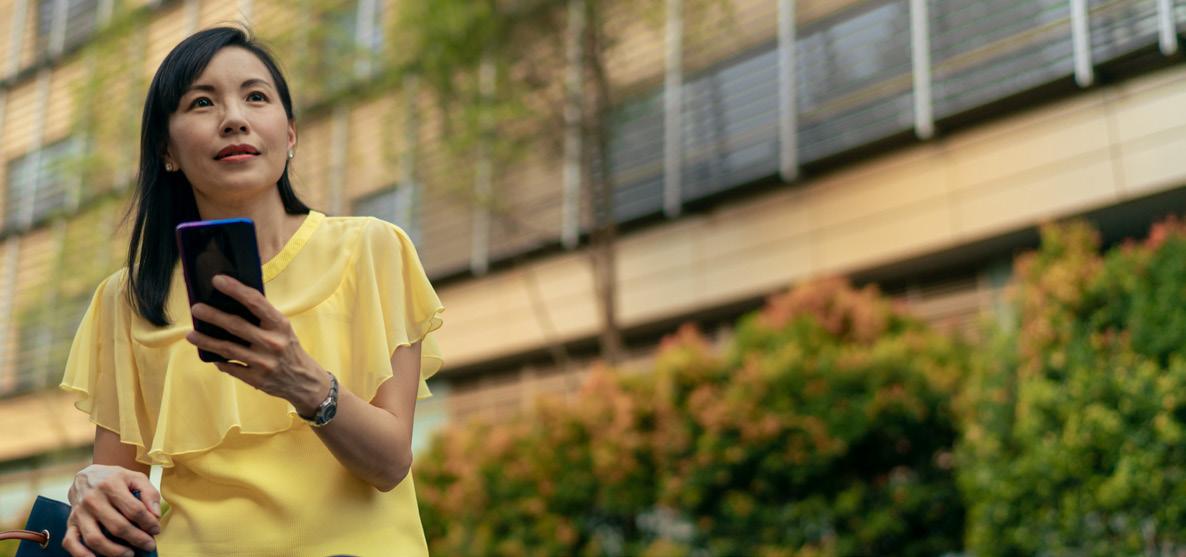



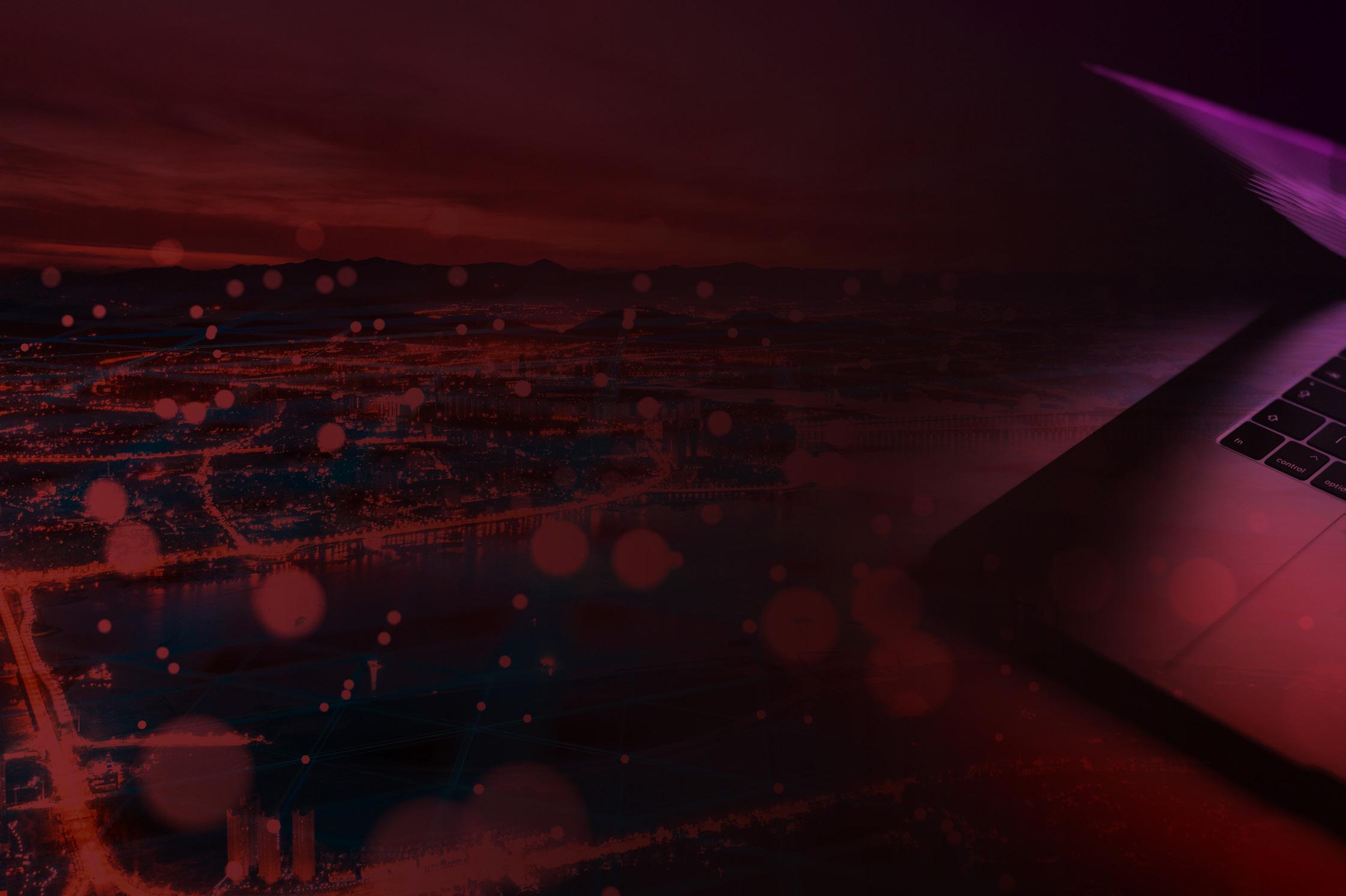




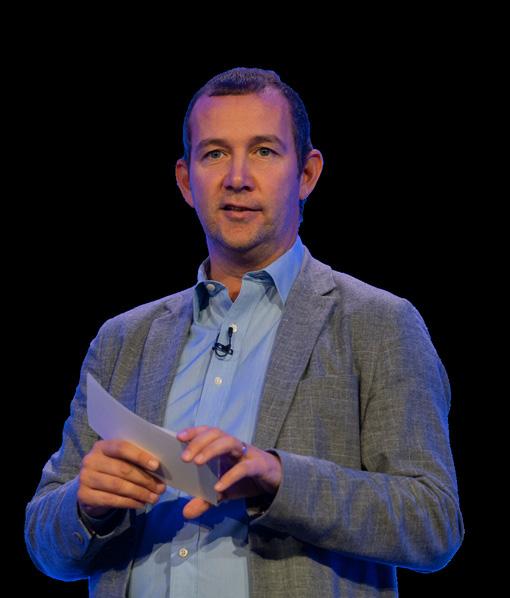
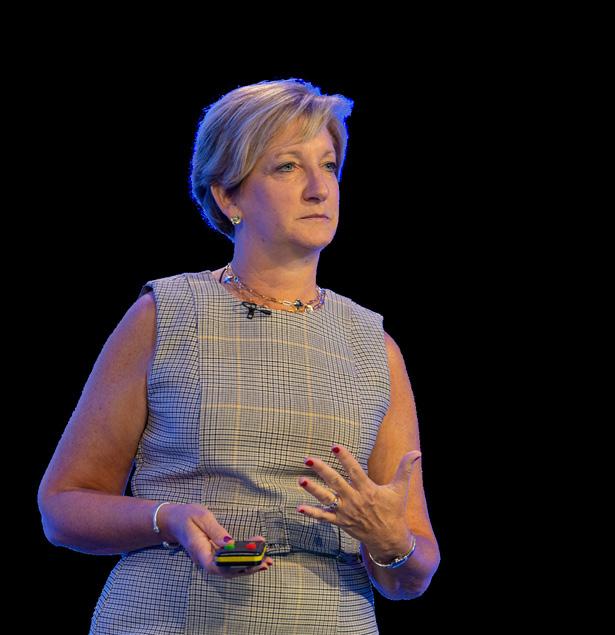
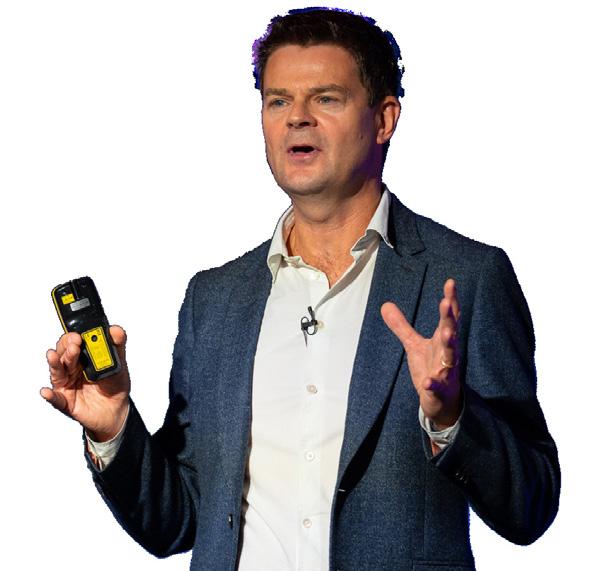











E-waste is piling up, with tech often simply discarded rather than being taken in for repair. How can we cut back for the sake of the environment?
WRITTEN BY: MAYA DERRICKith mobile devices often held on short-term contracts that encourage a convenience culture, much perfectly usable tech is often discarded or quickly forgotten about, rather than being recycled. Bearing in mind the global human population was shy of 8 billion at the time, 2023 Statista data showed the number of mobile devices operating worldwide stood at almost 15 billion in 2021, up from just over 14bn in the previous year. That figure is expected to reach 18.2bn by 2025. And the United Nations reports that e-waste is the world’s fastest-growing waste stream, with the 50 million tonnes of electronic waste generated every year expected to more than double to 110 million tonnes by 2050.
E-hoarders in the UK, for example, are estimated to have enough unused cables to circle the planet five times, with every household thought to have 20 unused electronic items. One in three adults said they recycled their unwanted electricals and only 2% mended them or took them to be repaired, according to Material Focus.
“When electronic devices aren’t recycled, rare metals and other expensive materials – including gold, silver and platinum – can be lost for good,” explains Gavin Miller, CEO of device insurance, warranty and support services firm Asurion Europe. “This then puts pressure on mining for more of the planet’s scarce resources, which adds to environmental damage – even when people want to be greener it can be hard to know how to recycle products or make a one-off repair.”
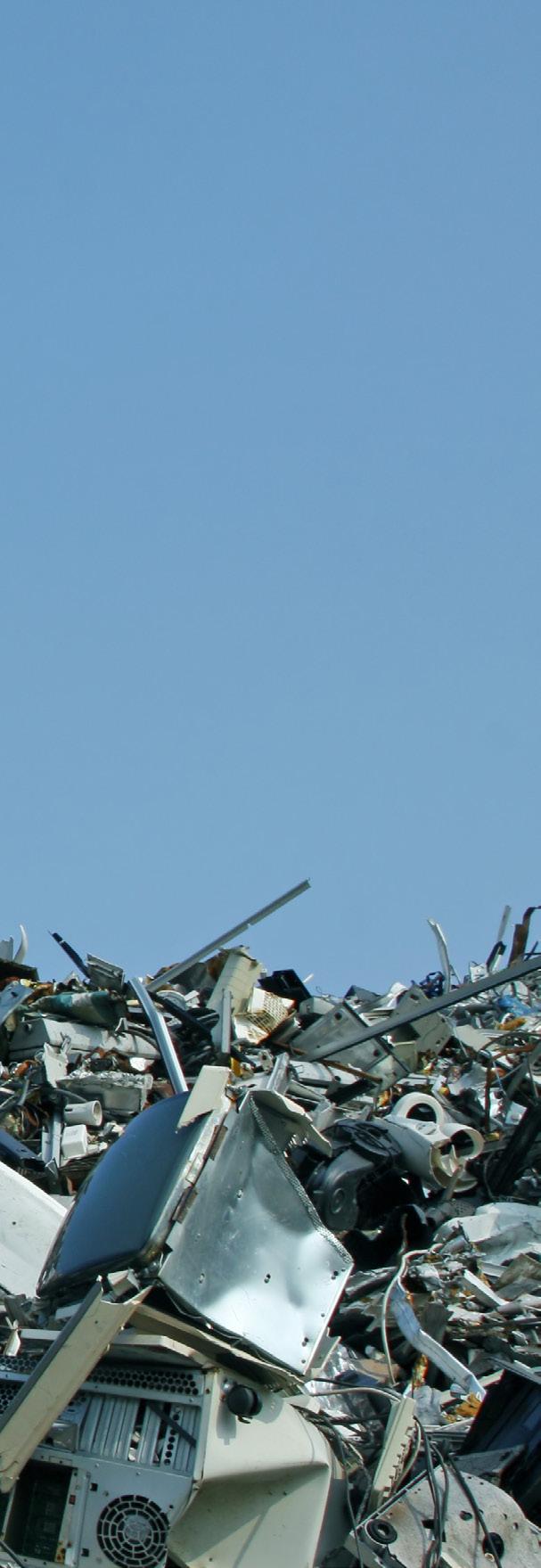
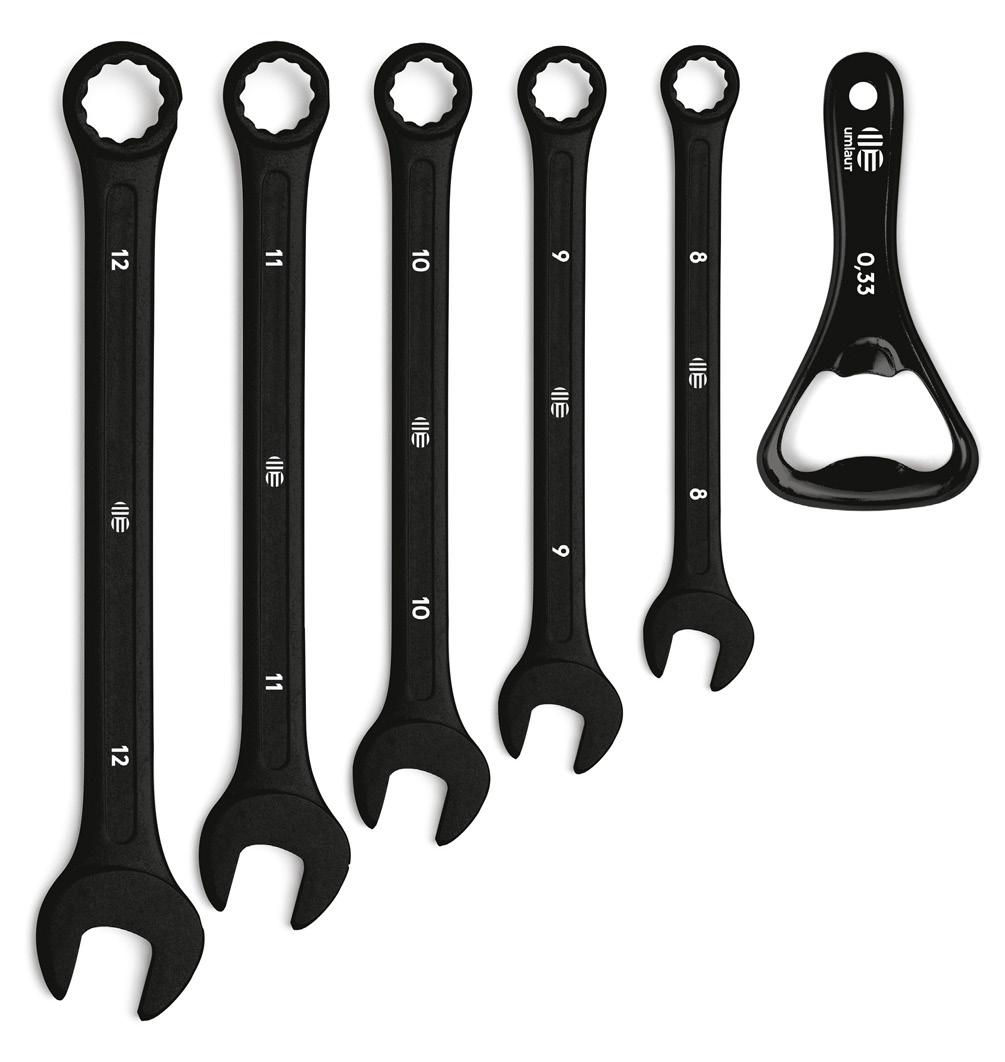
“Our credo is to always add something on top, like the umlaut from which we get our name.”
In the telecommunications industry - where Ekmen has been overseeing umlaut’s operations for the past 14 years - umlaut delivers “services and expertise from end-to-end, starting with

Miller says a change is needed in attitude and behaviour by consumers, facilitated by industry and government. He adds that supplier collaboration with government and the wider industry would also help combat this ever-rising problem.
“Industry has an important role to play in this,” he adds. “The telecoms and technology sectors can significantly speed up
win outcomes for both umlaut and TPG for many years to come.” Learn
progress by supporting a shift in consumer behaviour.”
VMWare’s Senior Director, App and Cloud Platforms Ed Hoppitt, concurs: “The harsh reality is that our use of hardware and electrical components isn’t going to reduce as businesses across the globe continue to digitally transform. The answer lies in companies putting in place achievable, impactful e-waste programmes to do their bit in reducing and re-thinking e-waste.
“Responsibility lies with business leaders to figure out how to balance the need for digital transformation in hopes of avoiding, or postponing that 110m figure.”
There are incentives popping up to help reduce e-waste, with the Royal Mint recovering gold from electronic waste for use in coins and bars.
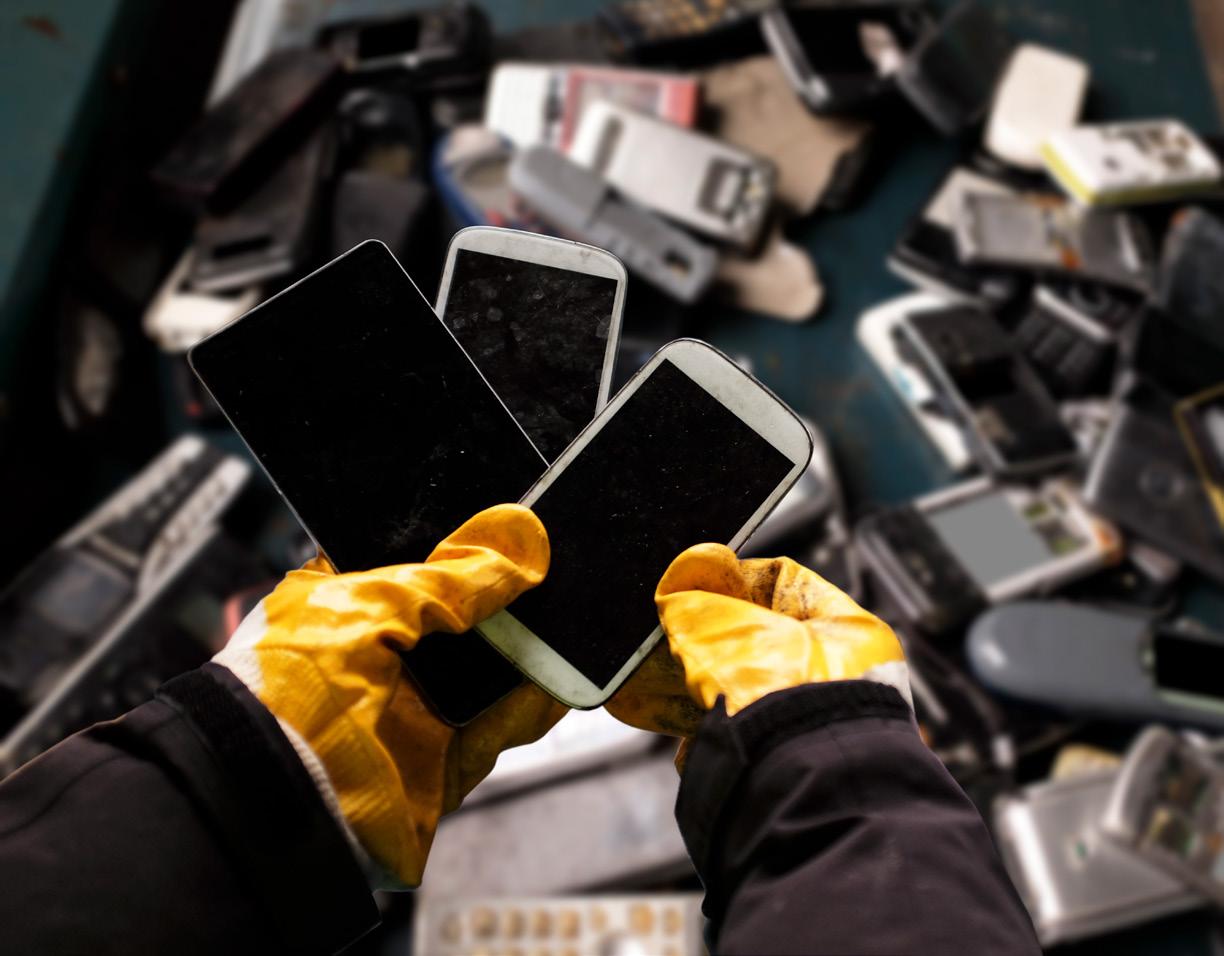
“END OF LIFE DOESN’T NECESSARILY MEAN END OF USE”
ED HOPPITT SENIOR DIRECTOR, APP AND CLOUD PLATFORMS, VMWARE
Asurion’s research found that, by extending the life of a smartphone, tablet or laptop device by 12 months, the carbon footprint of manufacturing replacement devices is reduced by an average of 99kg of CO2e (carbon dioxide equivalent) per person – or more than 4.5 million tonnes of CO2e across the UK, equivalent to 0.9% of the country’s total greenhouse gas emissions.


Hoppitt adds: “Remember, end of life doesn’t necessarily mean end of use. We can all do our own research into what can be done with hardware that’s no longer used and find opportunities to reuse or recycle,

whether that’s by the individual person, the manufacturer or a dedicated e-waste recycling facility.
“It’s been estimated that the value of e-waste produced annually is more than the GDP of most countries. This is largely due to the high concentrations of precious metals and minerals, like copper and iron, which can be extracted from electronics in the recycling process, known as ‘urban mining’. However, most resources are dumped or burned as opposed to being responsibly collected, contributing to a hefty US$10bn being wasted each year.”

Machine Learning could play a bigger role in unleashing smart waste management and recycling, Hoppitt says, with the potential for an enhanced disposal method. “There are already organisations out there using amalgamated AI and Machine Learning to sort through and identify the different categories of electronics,” he explains. “This technology can select the most suitable recycling or disposal method and collect recyclable materials in the process. Some might go as far to say that the future of e-waste depends on automation solutions, and I’m inclined to agree given the complexity and time otherwise involved.”
Hoppitt also recommends working with certified electronics recyclers, with industry accepted responsible disposal certifications, like e-Stewards. “These organisations ensure secure transportation, destruction, and recycling of end-of-life equipment. They provide processing of equipment at sorting facilities, safe working conditions and proper destruction of media. Lastly, they also harvest components that can be repurposed, extracting precious metals to be resold and oversee responsible disposal of the remaining materials.”
Miller hopes that device trade-in incentives and technology support plans can help consumers find alternative resolutions to enhance solutions.
“Trading in broken or unwanted devices in good condition for cash, or to contribute to a device upgrade, is a great way to tackle the e-waste challenge,” he says.
“Retail trade-in is proving to be more effective in some cases than local recycling collection schemes, or provides muchneeded support,” citing the London Waste and Recycling Board’s scheme, which collects around 90,000 tonnes of e-waste recycling a year.
“And a home-technology protection plan extends the lifetime of devices by

“RESPONSIBILITY PREDOMINANTLY LIES WITH BUSINESS LEADERS TO FIGURE OUT HOW TO BALANCE THE NEED FOR DIGITAL TRANSFORMATION”
ED HOPPITT SENIOR DIRECTOR, APP AND CLOUD PLATFORMS, VMWARE
providing a range of cost-effective services that can include maintenance, installation and repair.”
Research suggests many consumers lack awareness about how to dispose of e-waste responsibly. Miller hopes raising awareness about such solutions will be a step in the right direction in combating the problem, but acknowledges this is not something consumers can do on their own.
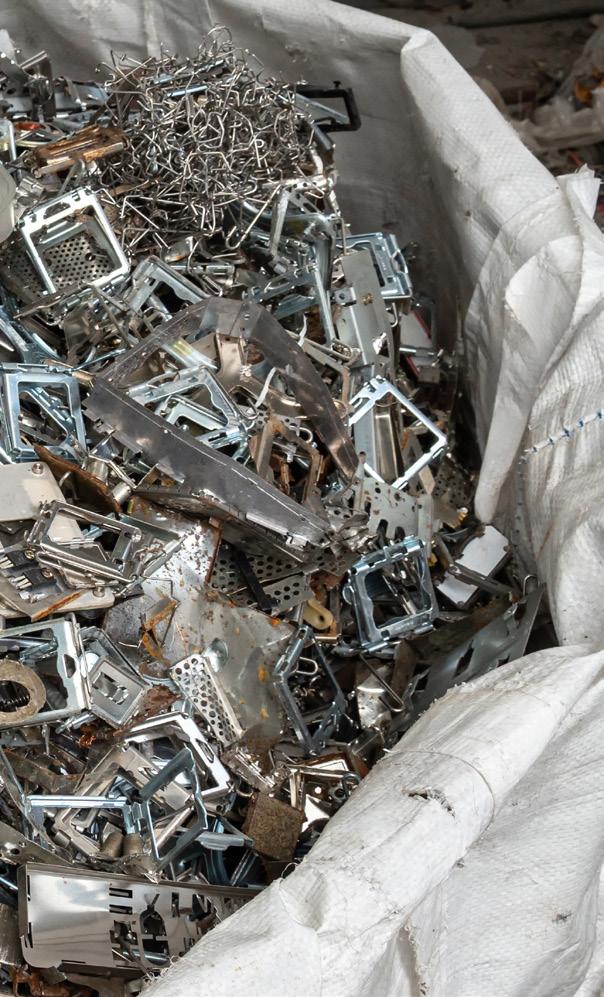
Miller says: “It is often easier to replace products instead of repairing or recycling them. Many consumers treat electronic goods as having only a limited shelf-life.”
He adds: “The current cost-of-living crisis may be forcing a change in people’s
TITLE: SENIOR DIRECTOR, APP AND CLOUD PLATFORMS
COMPANY: VMWARE
INDUSTRY: CLOUD COMPUTING
LOCATION: UK
Hoppitt sits on the technical leadership team for VMware, covering customers and partners across Europe, Middle East and Africa. Prior to his 11 years at VMware, Hoppitt worked at BT. He has a degree in Computer Science and Management from Royal Holloway University of London.
TITLE: CEO
COMPANY: ASURION EUROPE
INDUSTRY: TECH
LOCATION: UK
As CEO of Asurion Europe, Miller is leading the expansion of the global tech care company in the region. He started his career at global customer experience company Sitel (now Foundever) before moving on to C-suite roles supporting rapid growth and acquisition in a range of businesses, including the largest telephone fundraising specialist in the UK.
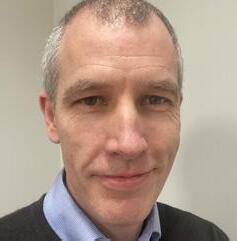
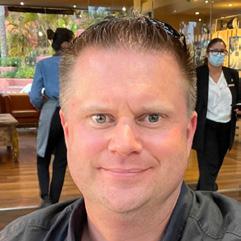
2023 Statista data showed the number of mobile devices operating worldwide stood at almost 15 billion in 2021, up from just over 14bn in the previous year. That figure is expected to reach 18.2bn by 2025
United Nations reports that e-waste is the world’s fastest-growing waste stream, with the 50 million tonnes of electronic waste generated every year expected to more than double to 110 million tonnes by 2050
E-hoarders in the UK are estimated to have enough unused cables to circle the planet five times, with every household thought to have 20 unused electronic items
One in three adults said they recycled their unwanted electricals and only 2% mended them or took them to be repaired, according to Material Focus
Most resources are dumped or burned as opposed to being responsibly collected, contributing to a hefty US$10bn being wasted each year
London Waste and Recycling Board’s scheme collects around 90,000 tonnes of e-waste recycling a year.
Last year, Vodafone reported a 26% rise in people trading in items over a six month period and a 72% increase since the previous year.
attitudes towards product replacement and instead getting them thinking about alternatives like recycling and reusing. “But this means there is a growing requirement for accessible device repair or disposal services as well as more cost-effective and responsible ways to upgrade devices. Change is afoot.”
Last year, Vodafone reported a 26% rise in people trading in items over a six month period and a 72% increase since the previous year. Financial services provider Allianz also estimates that the average replacement cycle period for smartphones in North America and Europe has lengthened since 2016 by 30% and 24% respectively. Miller stresses the industry must play

its part in tackling e-waste, to promote an environmentally friendlier future by encouraging a circular economy following a reduce, reuse, recycle model.

He says: “Share tips with your customers on how to extend device lifetime and optimise performance through a support plan, and offer your customers affordable and flexible device support and protection options.
“And consider ways you can work with the government to reduce e-waste and make bigger environmental gains.
“You can offer your customers device repair rather than replacement and provide them simple, incentivised solutions for device recycling.”
“EVEN WHEN PEOPLE WANT TO BE GREENER IT CAN BE HARD TO KNOW HOW TO RECYCLE PRODUCTS OR MAKE A ONE-OFF REPAIR”
GAVIN MILLER CEO, ASURION EUROPE
 WRITTEN BY: MARCUS LAW
PRODUCED BY: NAZEEF RABIU-IDREES
WRITTEN BY: MARCUS LAW
PRODUCED BY: NAZEEF RABIU-IDREES


Since the launch of its commercial services in 1997, M1 Limited has achieved many firsts. It was one of the first operators to be awarded one of Singapore’s two nationwide 5G standalone network licences, the first operator to offer nationwide 4G service, as well as ultra high-speed fixed broadband, fixed voice and other services on the Next Generation Nationwide Broadband Network (NGNBN).
Today, as a subsidiary of Keppel Corporation, M1 offers a wide range of mobile and fixed communication services to consumers, while delivering an extensive suite of services and solutions to corporate customers including symmetrical connectivity solutions of up to 10Gbps, managed services, cloud solutions, cybersecurity solutions, Internet of Things and data centre services.
A highly competitive market, Singapore today has four different MNOs in the market with a number of mobile virtual network operators (MVNOs).
“For a city state which has got slightly over five and a half million people, there are quite a lot of operators trying to get their mobile and their fixed line offerings out there in the market,” explains Jan Morgenthal, M1’s Chief Digital Officer.
This role of CDO, he explains, is more involved than a traditionally more strategic position. “I’m actually overseeing the entire

in its ambition to become a digital powerhouse

“We are continuing to work to deploy more 5G use cases here in Singapore: we want to show more the true value of 5G and how we can actually embark on it”
JAN MORGENTHAL CHIEF DIGITAL OFFICER, M1
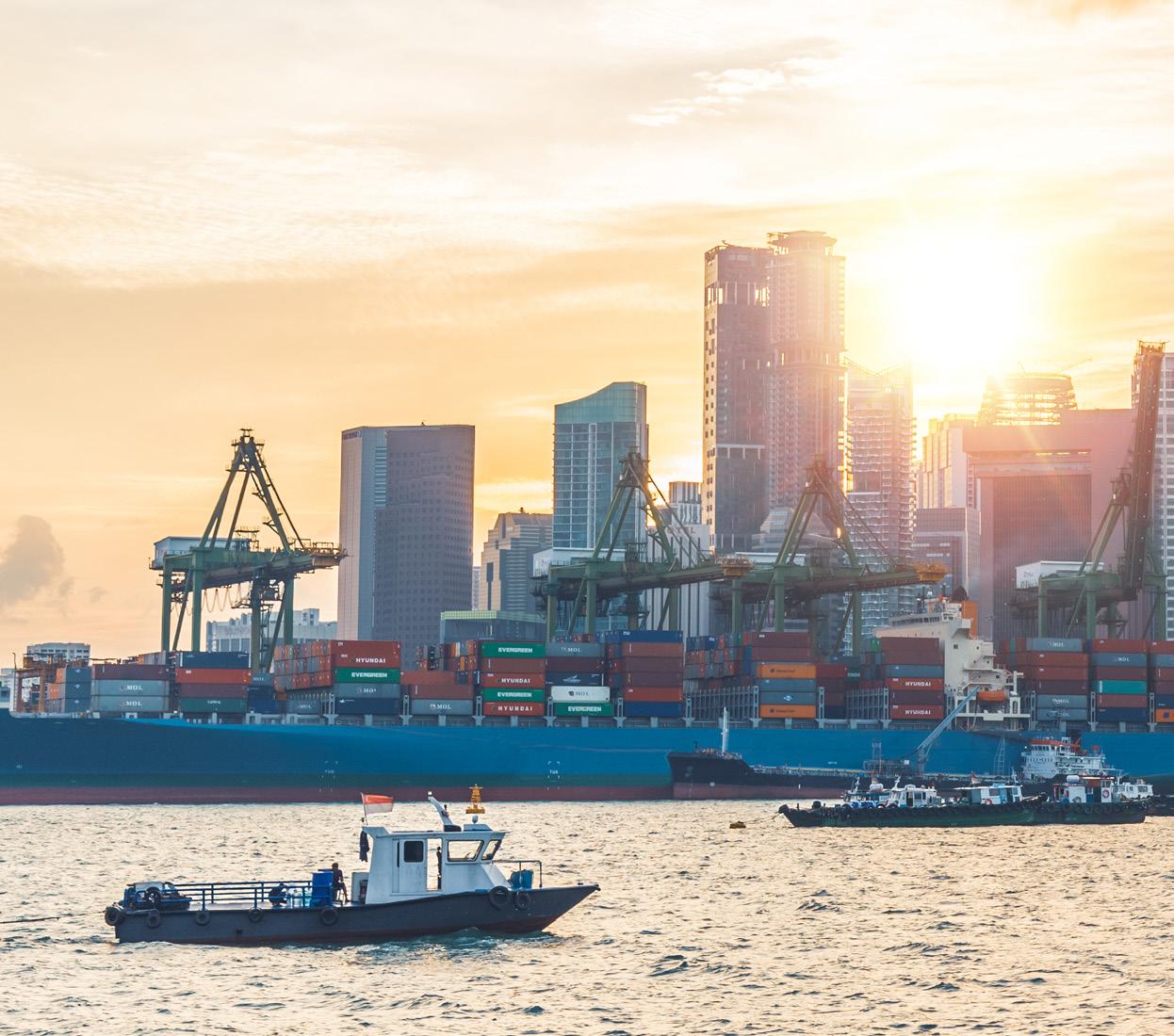
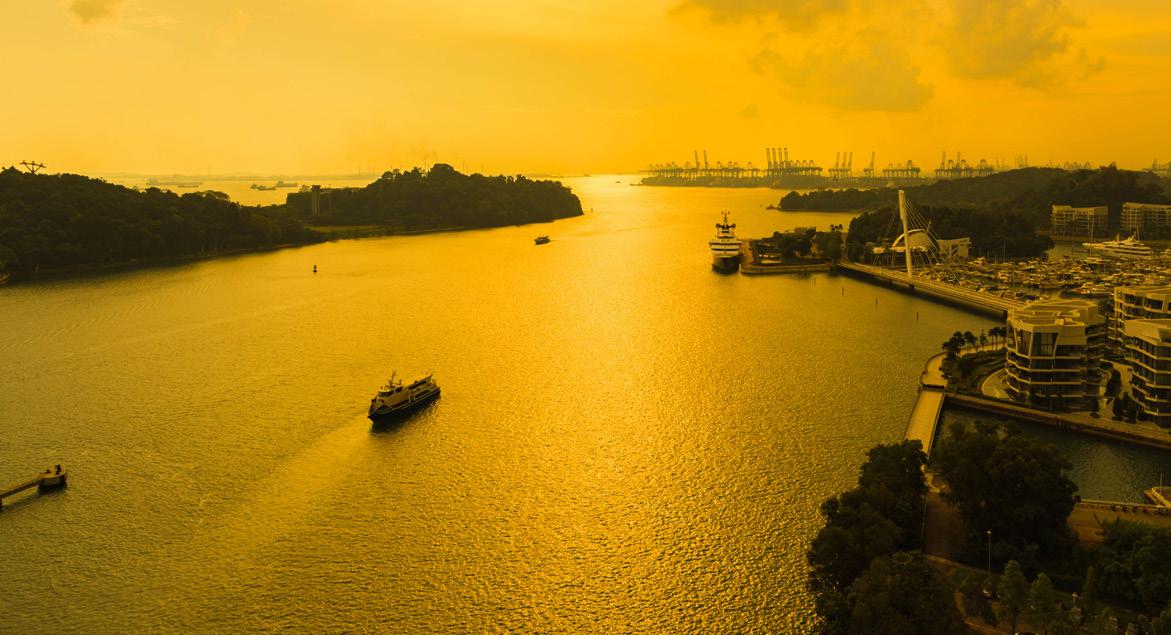
IT department, meaning everything from IT strategy down to pulling up the arms and sleeves of the teams going into IT ops.”
About four years ago, M1 wanted to move from being a typical legacy telco operator towards a fully digital operator. “They actually wanted to really put apart their entire heart in the business support system (BSS) and operations support system (OSS), and embark on the journey to gain a competitive advantage. One of those ways is actually through gaining a technological advantage. For me, the technology re-haul was at the heart of the digital transformation. We have a consumer and an enterprise
TITLE: CHIEF DIGITAL OFFICER
COMPANY: M1
INDUSTRY: TELECOMMUNICATIONS
LOCATION: SINGAPORE

Jan Morgenthal is a seasoned digital executive with a remarkable track record in leading and transforming digital initiatives across the telecommunication and financial industry. Currently serving as the Chief Digital Officer at M1 Limited in Singapore, he is at the forefront of driving hyper personalisation and shaping the digital landscape of one of Singapore’s leading telecommunication companies.
Before joining M1 Limited, he held the position of Director Digital at a blockchain fintech company, where he played a pivotal role in leveraging blockchain technology to revolutionise financial services. Prior to this tenure, Morgenthal served as the Head of Digital at Deutsche Telekom, one of the world’s largest telecommunications companies. In this role, he led the digitalisation
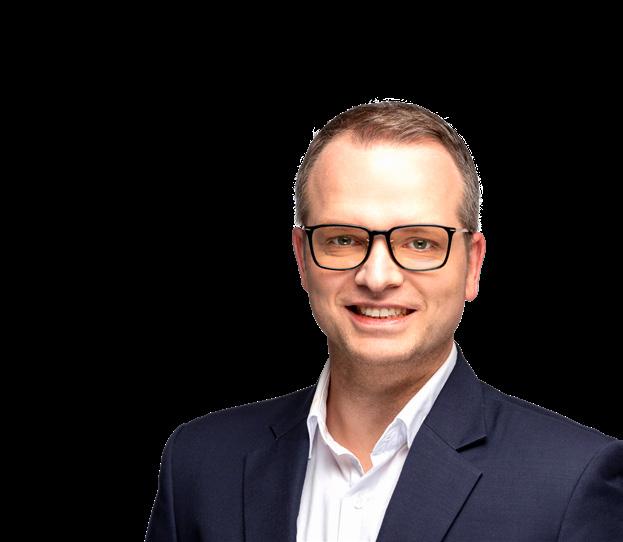
business, but our entire consumer business is already more than 95% now in the cloud. So actually we have moved almost everything now, except for a couple of legacy items, and some parts which we are not allowed to put into public cloud infrastructure. But everything else will be just going fully into the cloud and that’s clearly what we will close by next year.”
In its transformation, what M1 is doing, Morgenthal explains, is taking a very customer-centric approach, as part of an ambition to become a digital powerhouse.


“We want to be a fully digital operator, but also to offer made to measure offerings, and expand our enterprise business which is a key area for us,” he says. “We also want to follow up our regional
growth plan. Globally we are not as big as other telco groups – but we want to play smart.”

An example of this smart approach comes through M1’s 5G rollout. As Morgenthal explains, when it came to approaching its 5G rollout, M1 decided to think a little differently – not even embarking on a non standalone (NSA) journey.
“To offer the best latency and connectivity for customers, we didn’t embark on an NSA journey and went straight for standalone (SA) 5G.
“Our 5G SA is a joint venture with one of the local mobile operators, with support from the Infocomm Media Development Authority, and I believe that placed us in a unique situation.”
Building the world’s first maritime 5G M1’s enterprise business has been particularly focused on working on smart 5G solutions. Last year it announced an

ambitious project with the aim to provide 5G SA offshore coverage for the southern coast of Singapore.
In collaboration with the Maritime and Port Authority of Singapore (MPA) and the Infocomm Media Development Authority (IMDA), M1 is providing a 5G network to trial, develop and deploy new maritime 5G use cases, in what is the world’s first public and largest maritime testbed at sea.
“We are building the first maritime 5G,” Morgenthal comments. “The whole southern waterfront of Singapore is the busiest water street in the world.”
This solution has been particularly beneficial following the COVID-19 pandemic, in what has turned into a win-win for all parties. “If the seafarer felt
JAN MORGENTHAL CHIEF DIGITAL OFFICER, M1
“As we embarked on a digital transformation, we were also looking for partners who are of the same mind”


sick during COVID-19, there was no way for them to anchor in Singapore, and come in on land, because there were of course strict regulations.
“That is a clear 5G use case, where you need to have low latency and other benefits, and it’s actually a win-win situation for all of us. The port authority is happy that they can provide something to the ships, the seafarers are happy, and we are also happy because we found a good use case.”
The use of 5G connectivity includes telemedicine to enable crew welfare at sea, delivery drones, maritime surveillance, and autonomous vessels, as well as remotely controlled task-based robots, such as ship inspection and autonomous firefighting robots, that are used for more dangerous and labour-intensive tasks.
“It’s nice that you can talk to a doctor or nurse, but there comes the point where
you need to get the medicine to the seafarer, for example. So we worked with a partner, which is building these drones, to perform the last mile delivery so that we can deliver items – medicine in this case – from the Singapore main island towards the boats, all using our 5G network.
“That is something which we can build not in a matter of years, but within weeks. Because we are a little bit more nimble than some of our competitors, we can act much faster and smarter to deploy solutions and provide a win-win-win situation for everyone.”
As Morgenthal explains, M1 works with a number of partners such as Amazon Web Services and Amdocs on M1’s digital transformation.


“As we embarked on a digital transformation, we were also looking for partners who are of the same mind.

“Even though we are maybe rather a small operator in Singapore, for these big players in the industry, they see us actually as the digital innovator in our business, in Singapore and the region. When something is working out here in Singapore very well, then it’s also a good showcase for them to go to our neighbouring countries and show them. That’s actually what both of them are definitely giving back to us.”
Morgenthal adds that it is important for M1 to have partners who are market leaders and have a strong track record, not just in innovation but also joint execution leveraging the power of public cloud.
“For a city state which has got slightly over five and a half million people, there are quite a lot of operators trying to get their mobile and their fixed line offerings out there in the market.”
JAN MORGENTHAL CHIEF DIGITAL OFFICER, M1
“I also want to have those partners which share a similar cultural approach to M1. We need to open our eyes and actually foresee the future, as best as we can, and plan for it. Because I think one thing is very clear: in 10 years, telcos won’t be the same, and I think we need to shape our future by ourselves.
“That’s what I also like about Amazon Web Services and Amdocs, because both of them share a strong focus customercentricity and desire to fundamentally re-invent on behalf of the customer by leveraging technology. I want to work with partners that have a similar view on what is actually needed for pushing the next boundary of digital transformation.”
For M1, the future involves the continued transformation of moving from a traditional legacy operator towards a cloud-native digital operator. “We embarked six months ago upon our enterprise transformation. So that’s clearly something which, especially in my heart, I will still drive this digital transformation until the end of 2024, with the aim to also have a fully cloud-native setup also for our enterprise businesses.”
Having successfully trialled the 5G maritime rollout, M1 will also be working to deploy further 5G usecases in the immediate future.
“We are continuing to work to deploy more 5G use cases here in Singapore: we want to show more the true value of 5G and how we can actually embark on it. 5G will dominate more of the B2B space, but we’re also offering and getting more into the B2B2C space, so that our consumers can
actually see the real benefits of 5G, and why they actually start using 5G.”

Central to this, Morgenthal explains, is about maintaining a customer-centric view.
“If we kept the same service product portfolio which we had five years ago, then obviously the consumer will ask, ‘what is in it for me?’
“That is clearly something where we need to work on, to give our customers the right offerings. For consumers, it is something we need to take into consideration. In the past, most telcos lost touch with their
customers. And that was an opportunity for the hyperscalers to actually move into that space and actually create content and services, based on the connectivity layer.
“Today, most telcos, including what we are doing at M1, can actually now again, offer such services to our end clients. In the past we lost touch as an industry, and we need to become much more customer-centric again.”

“We have a consumer and enterprise business, but our entire consumer business is already more than 95% now in the cloud”
JAN MORGENTHAL CHIEF DIGITAL OFFICER, M1
Mobile Magazine looks ahead to Cloud & 5G LIVE next month – two days of fully immersive topics and discussions with a stellar line-up of industry leaders
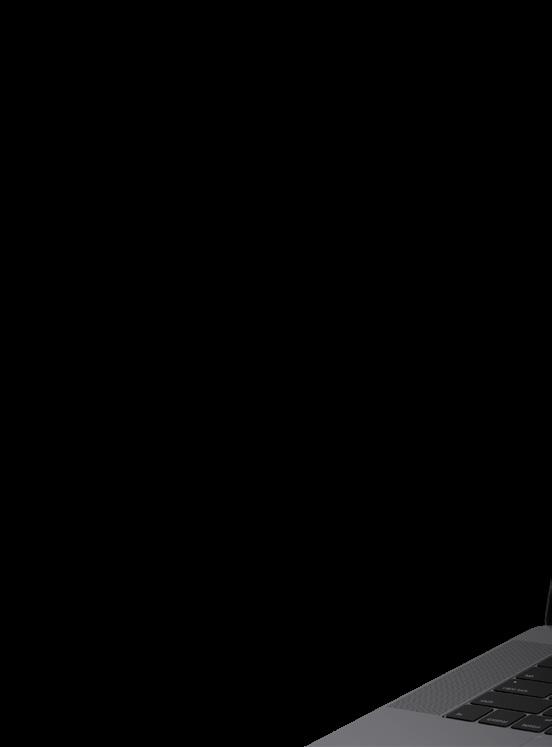
 WRITTEN BY: MAYA DERRICK
WRITTEN BY: MAYA DERRICK
The countdown is well and truly on. The time is almost here. Cloud & 5G will be coming to you LIVE next month across two days, bringing a whole host of industry content to your screens wherever you are in the world.
On 11 and 12 October, leading experts in telco, cloud, 5G, AI and sustainability will take to the stage for exclusive keynote speeches, engaging panels and dynamic fireside discussions.
As well as knowledge sharing and learning from execs at the top of the game in real time, the showcase will also offer the opportunity to network with industry professionals worldwide.

With this instalment being a fully virtual affair, Cloud & 5G LIVE will be streamed directly to you via the virtual events platform Brella – giving you complete access to all conference stages, attendee lists and
 Neil Perry, BizClik’s Head of Multimedia and Editor in Chief of Procurement Magazine,
Neil Perry, BizClik’s Head of Multimedia and Editor in Chief of Procurement Magazine,
will be hosting the virtual stages
“I’m really excited about the Cloud & 5G LIVE event, and it will be a real privilege to bring together some of the most influential voices in the sector on the same stage,” he says. “With it being virtual, the discussions can reach a global audience of delegates and together we will explore the key issues facing the industry, and the key trends for the future.
“Our virtual event series has been a huge success so far across our wide range of leading brands, bringing together

TITLE: HEAD OF MULTIMEDIA AND EDITOR IN CHIEF OF PROCUREMENT MAGAZINE
COMPANY: BIZCLIK
INDUSTRY: MEDIA PUBLISHING LOCATION: UK
Perry is Head of Multimedia at BizClik and has two decades of multimedia experience. He has worked across regional and national brands for Global Radio, as a bulletin presenter, broadcast voice coach, mentor and news editor. He is also an experienced live host and facilitator both in person and in online environments.

speakers and delegates from across the world. As the host, it is always fascinating to see the insightful questions that come in from our viewers to the studio, that make the experience truly interactive. What you can never forget though is the long term value of all the sessions we host, as there is always a vast audience watching and sharing key sections of the content after the event across their social networks.”
This follows on from our Cloud & 5G stage as part of Tech LIVE 2022 at Tobacco Dock in London, where industry leaders such as Edwige Robinson, SVP, Central Region, Network Engineering, Operations & Transformation at T-Mobile, Belinda
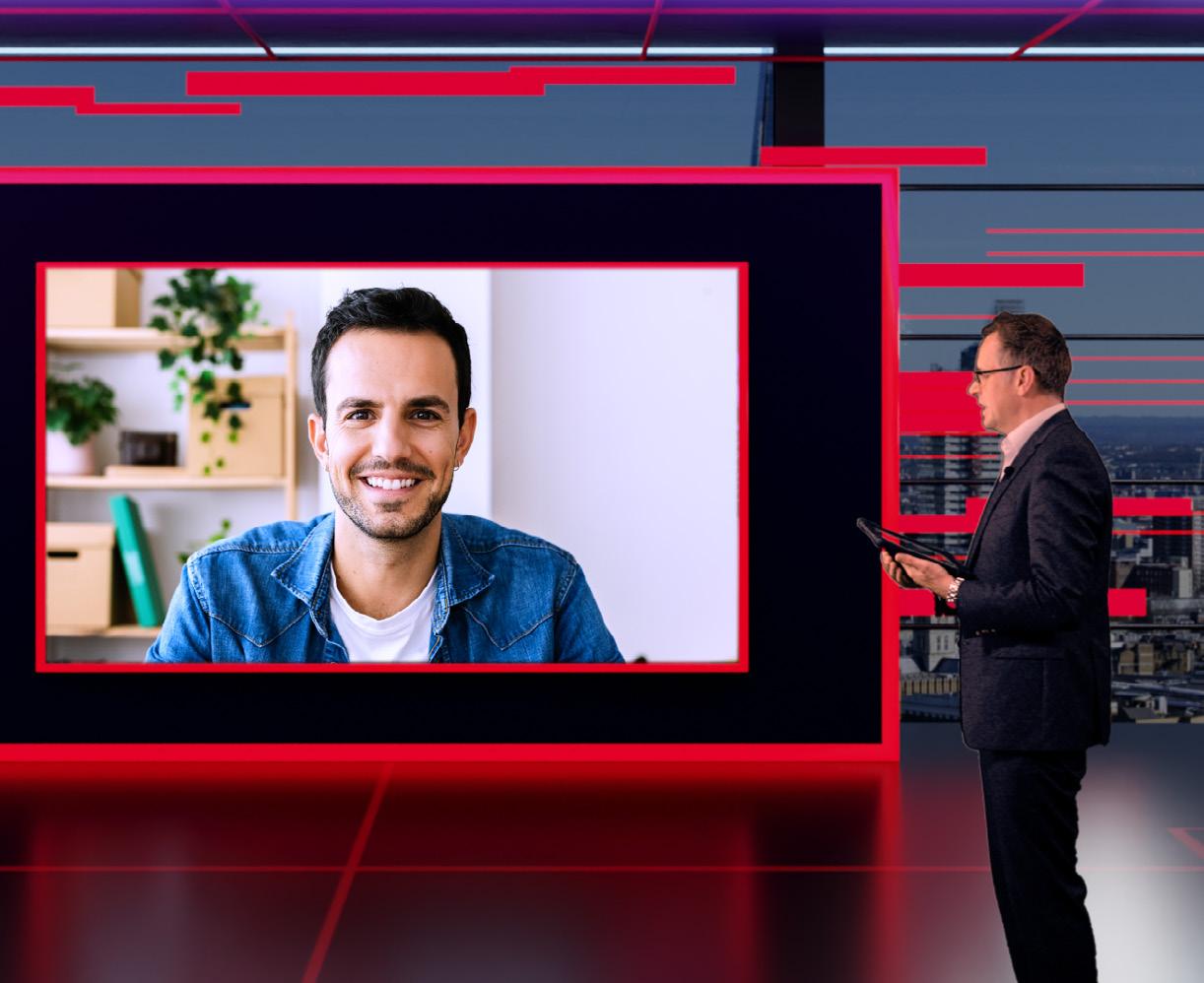
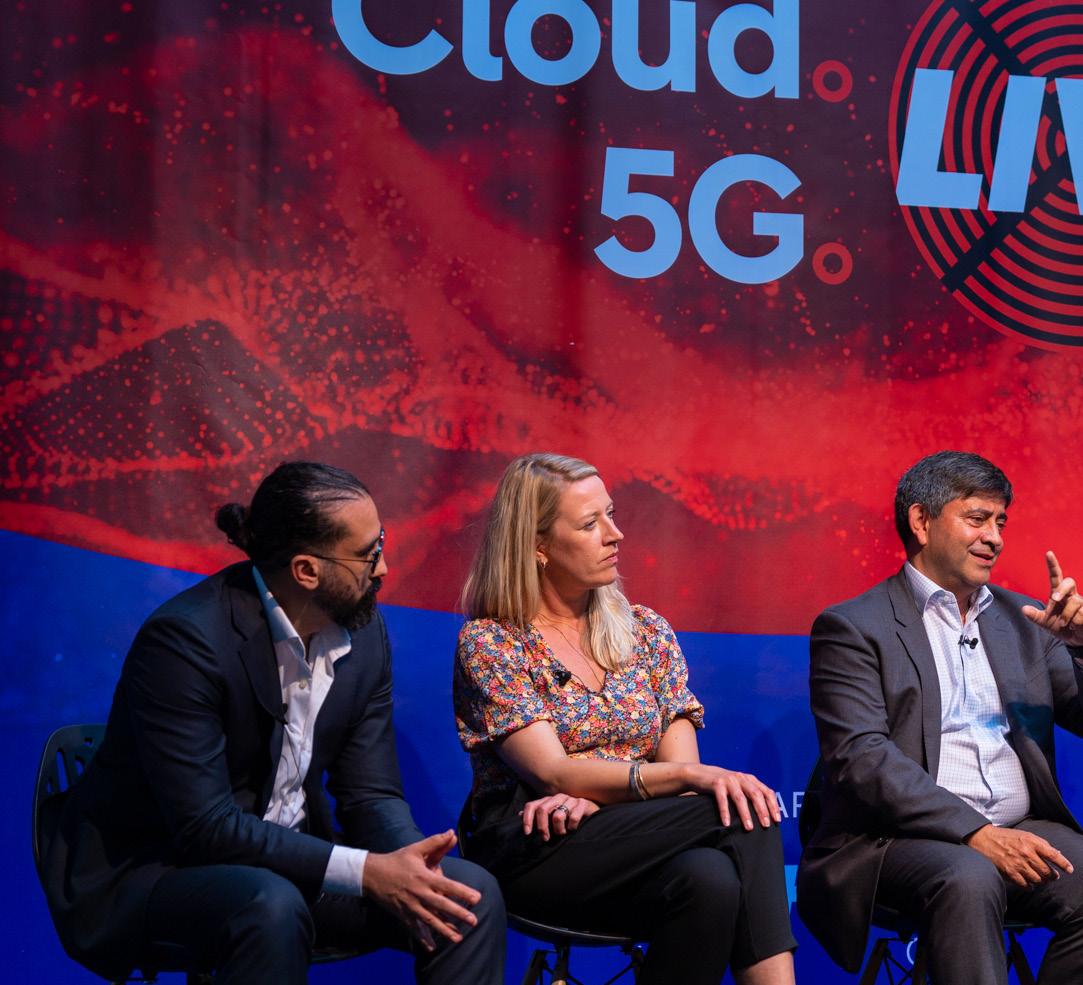

Finch, CIO at Three and Group CCO at BAI Communications (now Boldyn Networks) Andrew McGrath led conversations and facilitated in-depth discussions with people in both the physical venue and those tuning in across the globe.
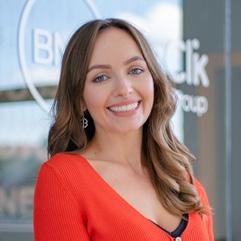
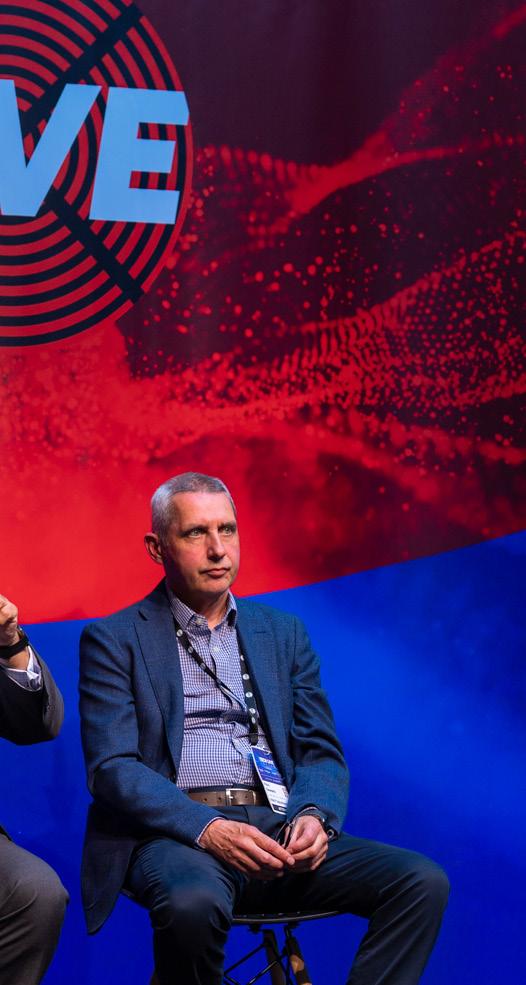
Last year, day one saw us delve into roaming robotics, 5G connected forests, great advice on how to optimise and monetise 5G through software-as-aservice and how partnerships are crucial to protecting and building new network infrastructures. The following day, the focus shifted to commercial opportunities and
TITLE: MARKETING & PARTNERSHIP MANAGER
COMPANY: BIZCLIK
INDUSTRY: MEDIA PUBLISHING
LOCATION: UK
Page works across BizClik’s Mobile and Data Centre brands uniting the industries through her skills in strategy, content creation, SEO, social media, website optimisation and customer experience. She previously worked as Creative Marketing Manager at tech company Thyngs with a focus on mobile technology and building experiences that bridge the physical and digital worlds.
“This will be the ultimate time to collaborate, listen, learn, and innovate”
ALICE PAGE MARKETING & PARTNERSHIP MANAGER, BIZCLIK
the benefits to society that 5G can bring as it rolls out across sectors such as healthcare and automotive.

A lot has changed across the industry in the year since. And this time around, all of our offerings across the bumper two-day event will revolve around our five main themes – The Future of Cloud Computing, The Future of 5G, Cloud & Infrastructure, Network Transformation, and Women in Cloud & 5G

BizClik Marketing & Partnership Manager
Alice Page adds: “MWC Barcelona 2023 showed an immense level of innovation
“It will be a real privilege to bring together some of the most influential voices in the sector on the same stage”
NEIL PERRY HEAD OF MULTIMEDIA, BIZCLIK
It’s not just the telco sphere where we facilitate engaging and exclusive discussions.
Sustainability LIVE, the world’s fastestgrowing sustainability and ESG event, is brought to you by Sustainability Magazine at London’s Business Design Centre on September 6 and 7.
The hybrid event will see 5,000+ virtual and in-person attendees witness more than 70 speakers across two stages
– including nine sustainability industry workshops. Later on this month, we will be hosting Procurement and Supply Chain LIVE from 26 to 27 September at the same venue, with more than 3,000 attendees already set to join 60+ speakers and eight strategic forums.
Also in London – this time at the QEII Centre – FinTech LIVE will be held from 8 and 9 November 2023 – followed by fully virtual events InsurTech LIVE and Manufacturing LIVE later in 2023.
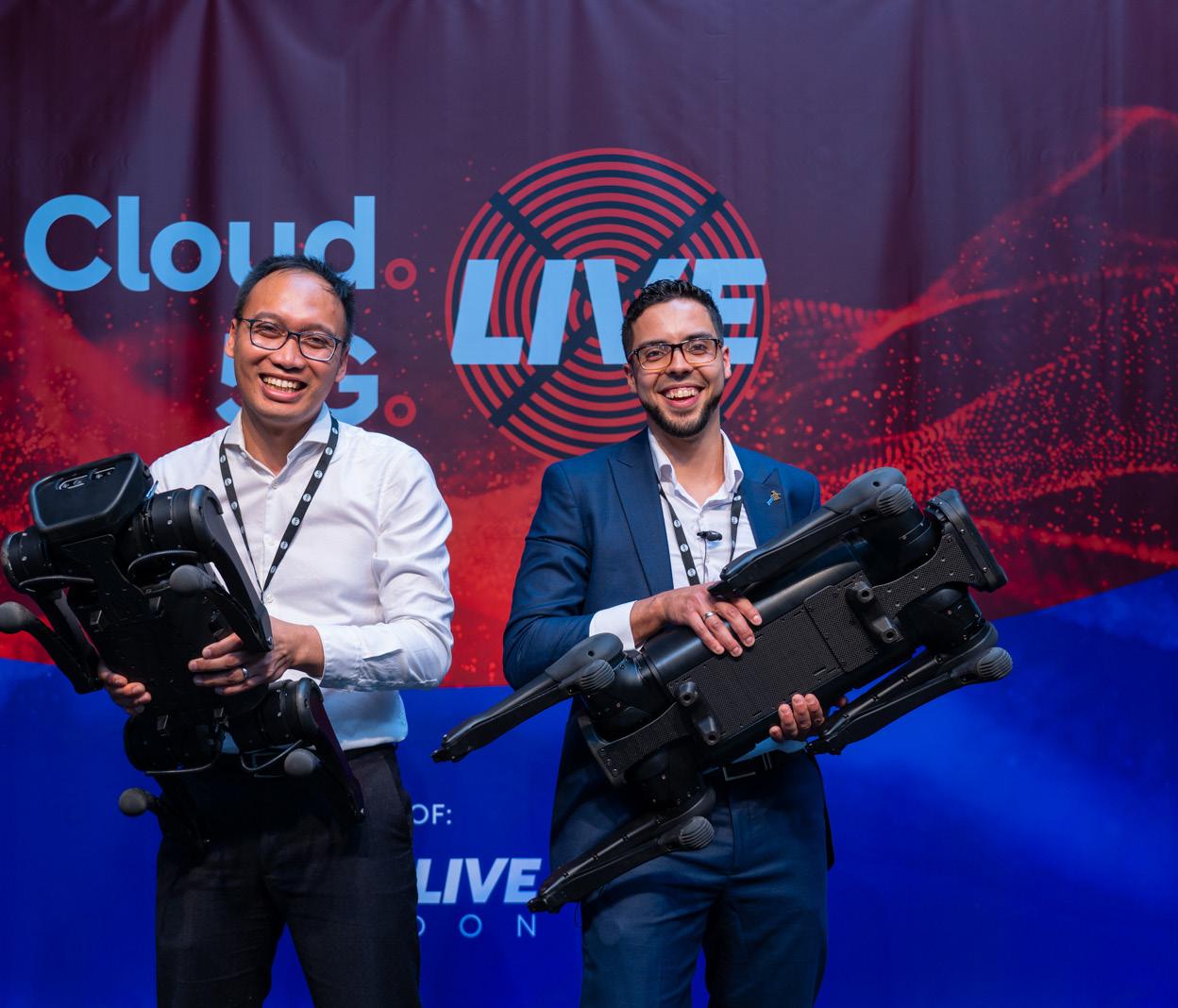
Cloud & 5G Live 2022 panel discussion: Diversity, Equity and Inclusion in Telco
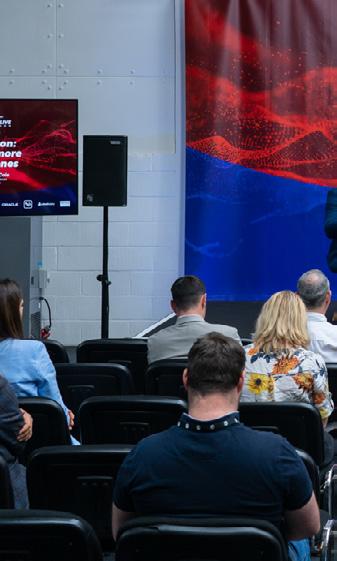

30+ internationallyacclaimed speakers billed 1,000+ virtual attendees expected to stream the event 6 interactive panel discussions
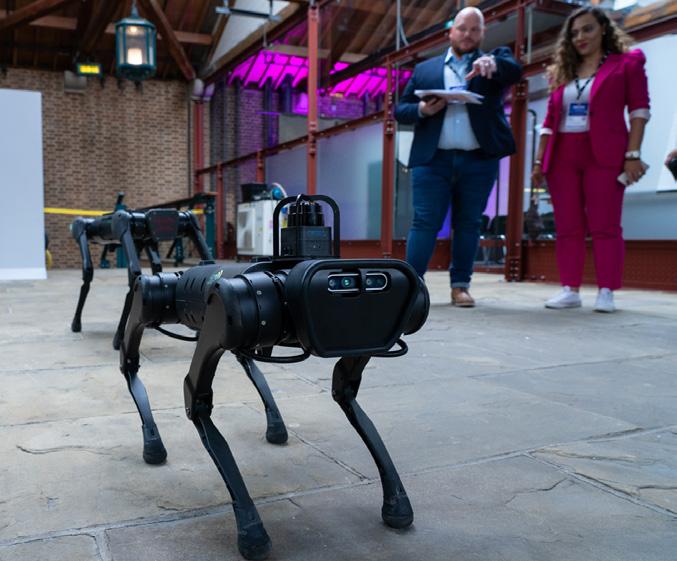
within the connectivity sphere, with telcos and wireless companies alike demonstrating some groundbreaking advancements, developments, and technologically advanced products – including a very real glimpse into the Metaverse. This year, our cloud & 5G event is taking place virtually, and is a place to speak and be heard.
“It’s an important opportunity to foster meaningful discussions about the industry’s direction, our potential, and the power of collaboration. Industry leaders are deeply committed to making a positive impact, forging a better-connected and sustainable world. This event gives them another platform to make that impact.
“Since we launched the Cloud & 5G LIVE stage at Tech LIVE London in 2022, we have been eagerly anticipating its return. This will be the ultimate time to collaborate, listen, learn, and innovate. We can’t wait to see Mobile Magazine present the Cloud & 5G stage to a global audience once again and hope to engage with you all online.”
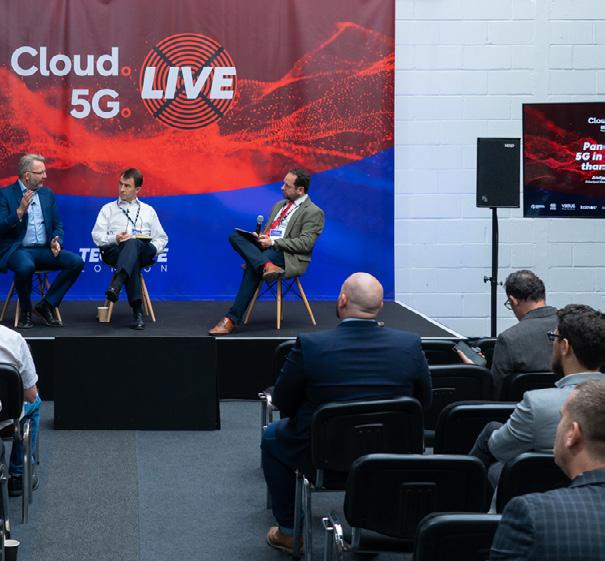
Join global business leaders and experts at Cloud & 5G LIVE VIRTUAL on 11 and 12 October 2023. Register to attend today! Click here to learn more.

“Our cloud & 5G event is a place to speak and be heard”
ALICE PAGE
MARKETING & PARTNERSHIP MANAGER, BIZCLIK

 WRITTEN BY: İLKHAN ÖZSEVIM
PRODUCED BY: JAMES BERRY
WRITTEN BY: İLKHAN ÖZSEVIM
PRODUCED BY: JAMES BERRY

According to Statista, in 2021, the number of mobile devices operating worldwide stood close to 15 billion. With the global population at almost 8 billion, that’s nearly two mobile phones for every person on the planet. It’s therefore no hyperbole to say that, in telecommunications terms, we are truly interconnected – and that’s just through mobile phones alone.
Throughout day-to-day life, we make use of a myriad of devices to communicate without even considering the nature of their connectivity and functionality; as such, the vast majority of people are similarly unaware of the seismic technological shifts occurring beneath the surface of every industry.
Industry 4.0 and the 5G revolution have begun to coalesce, set to transform the very socio-technological fabric of our world –and the magnitude of change is creating an interesting playing field for those businesses at the forefront.
The aptly-named DISH Network (Digital Sky Highway Network) is one of the major players in this competitive field. Foreseeing the value and opportunities in dominating the wireless network – or the Digital Sky Highway – DISH firmly ensconced itself within the possibility-laden world of 5G before it was fashionable, envisioning solutions that sat outside of the box.

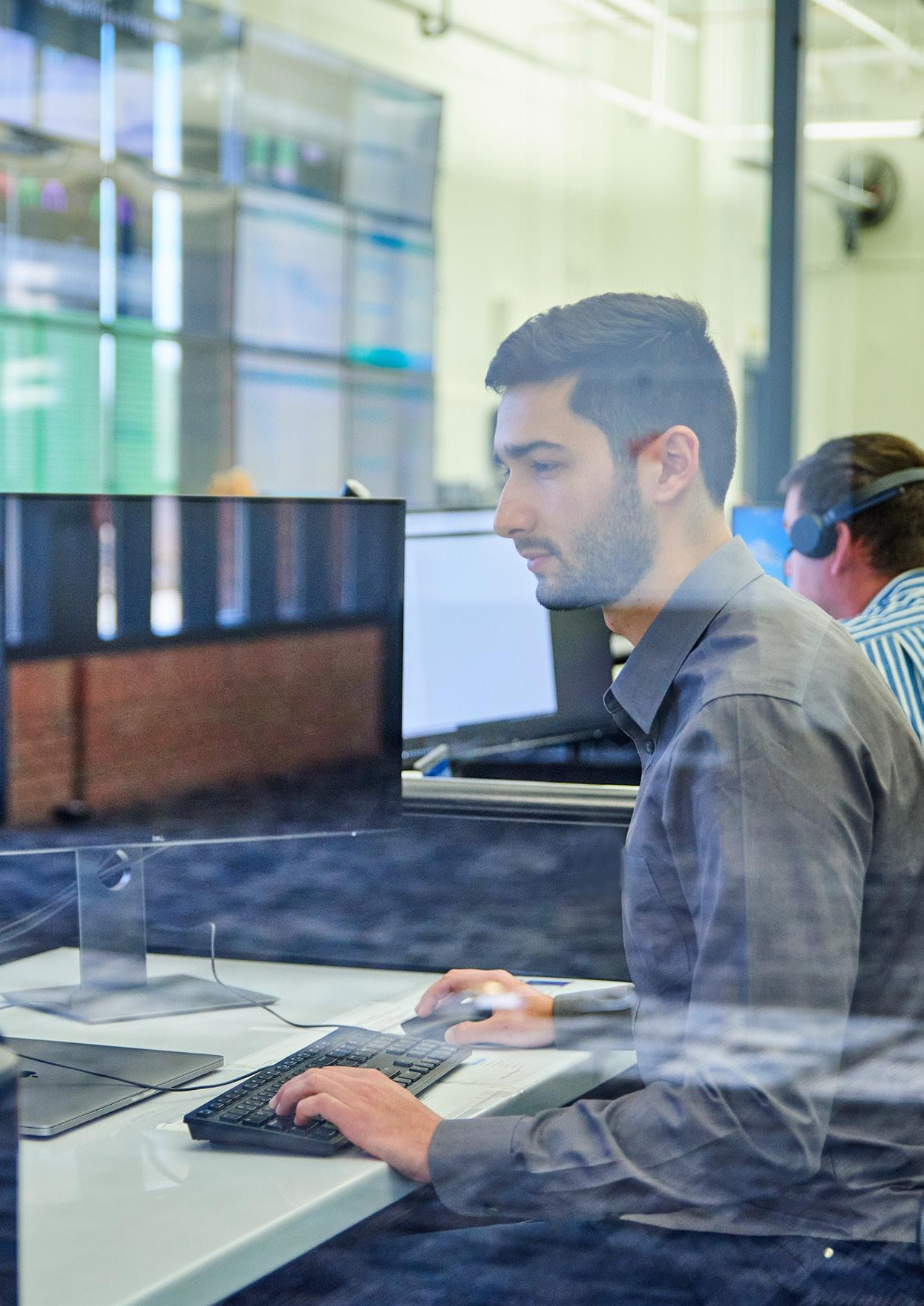
Over a decade ago, Charlie Ergen, the Chairman and Co-Founder of DISH Network, had the foresight to realise that the satellite TV business was (at some point) going to be a business in decline. So, he started acquiring spectrum.
“If I go back eight years ago, nobody – admittedly, including myself – ever believed that Charlie would actually build a wireless network,” added Dave Mayo, EVP of Network Development at DISH Wireless. “That was until he really inserted himself in the middle of the T-Mobile-Sprint transaction and, frankly, created a pretty magnificent opportunity for the business to create a 5G network.”
In order to successfully change the wireless business model and create something new, Ergen put together a team of highly-skilled, multi-talented professionals, who could adapt to the technology’s expansive, everchanging needs: Stephen Bye, Dave Mayo and Marc Rouanne.
As Stephen Bye’s, EVP and Chief Commercial Officer, role encompasses the sales, marketing and commercial strategy aspects of DISH Wireless.
Mayo also leads a number of teams, including the US network development team that covers four regions and 36 markets, a systems integration team, a radio engineering
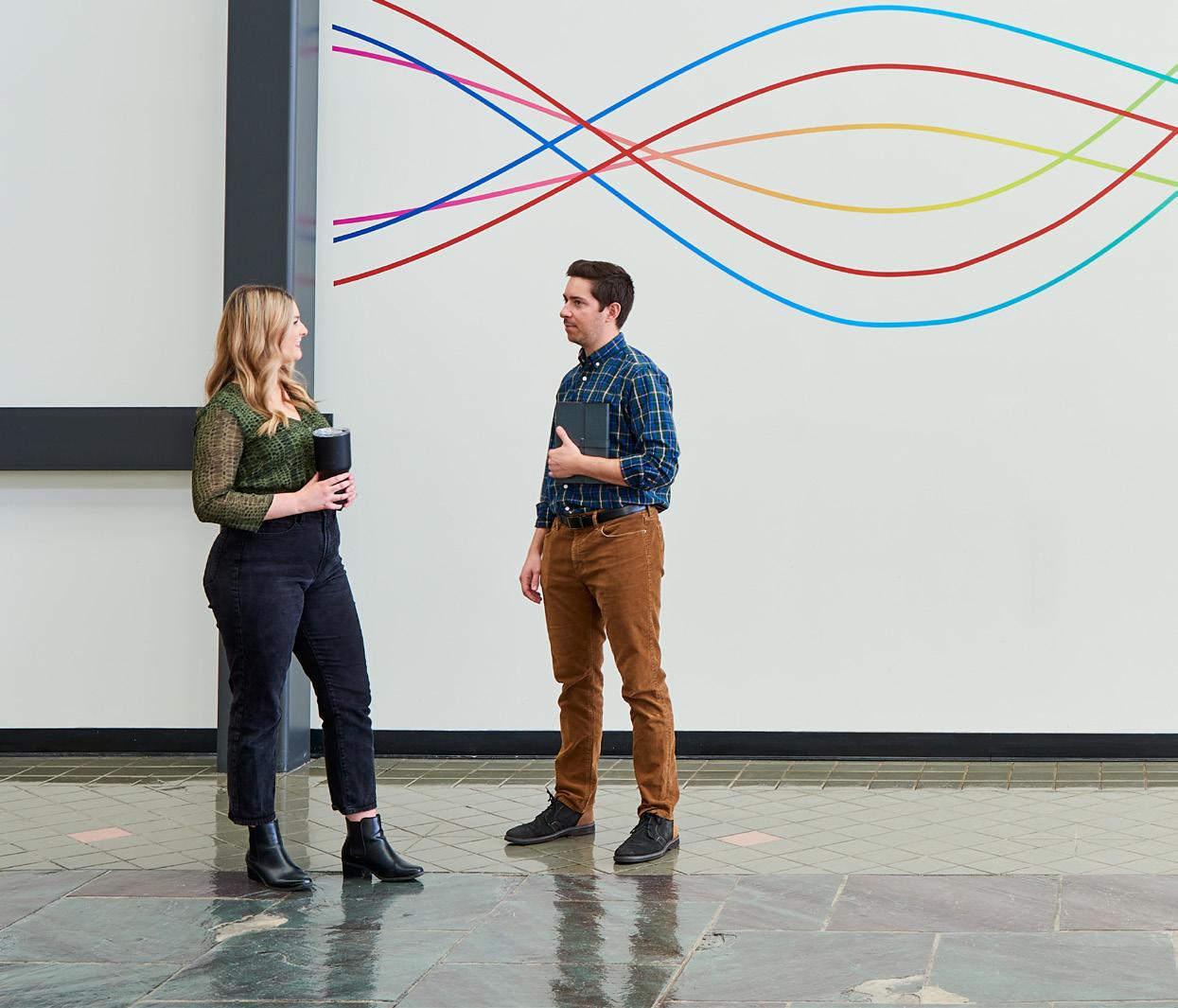
and design team, and a network engineering and operations team. And in his role, Mayo integrates and develops the network according to provided specifications.
“Marc comes up with ideas concerning the tech, and my job is to implement them,” adds Mayo, summing up the crux of his job description.
“I'm a technology guy,” agrees Marc Rouanne, EVP and Chief Network Officer. “My job concerns thinking about what technology we should consume and how we should put it together.”
One such pivotal piece of technology is the DISH 5G network, which is cloudnative and operates on an Open-RAN-based
TITLE: EVP OF NETWORK DEVELOPMENT
INDUSTRY: TELECOMMUNICATIONS
LOCATION: COLORADO, US
As Executive Vice President, Network Development, Dave Mayo is responsible for DISH’s wireless buildout strategy and execution of the company’s aggressive deployment of the nation’s first standalone 5G network.


Prior to joining DISH, Dave served as Senior Vice President at T-Mobile USA, Inc., where he most recently led T-Mobile’s IoT business and founded the company’s fixed wireless business. He also led the strategic, development and financial areas for T-Mobile’s network organisation during more than two decades of explosive growth.
Dave innovated and led the aggressive transformation of T-Mobile’s transport network to fibre which was foundational to T-Mobile’s multi-year “Fastest Network” claim, T-Mobile’s first-ever nationwide, network-based marketing claim.
VMware helps DISH Networks Tap into Multi-Vendor RAN Innovation LEARN

Communication service providers (CSPs) have big plans for tomorrow’s 5G networks. They envision versatile, programmable infrastructures that can be customized to meet the needs of diverse enterprise applications. DISH Networks isn’t waiting for tomorrow. They’re building “Network of Networks” today.
DISH’s 5G network will deliver a multitude of services tailored to different customer requirements over a unified infrastructure. It will run as an open, cloud-based system that can continuously onboard new technology from multiple vendors. And VMware innovations are playing a key role in making it happen.
DISH’s 5G network is built to meet diverse application requirements for latency, performance, resiliency, and other characteristics. It’s designed from the ground up to be:
Open, to integrate multiple vendors and clouds
Agile, to quickly assemble network resources based on service requirements
Programmable, to automatically instantiate slices end to end—from core to edge, cloud to customer
Leveraging VMware Cloud™ on AWS, DISH has started a multi-cloud journey to maintain flexibility into the future. It doesn’t stop there, however. Their network characteristics further extend from the core to the RAN. In the end, DISH’s horizontal architecture will span from their core to the RAN and edge without network siloes.
A thing dreams are made of for most CSPs, DISH has created this network by leveraging cloud-native approaches. The increased flexibility and agility that comes from cloud-native environments do bring complexities. Fortunately, the VMware telco cloud portfolio has helped to simplify those complexities through dynamic automation and unified service assurance. DISH can use this automated, open, agile and programmable network to:
Monetize: With vendor-neutral foundations, DISH can create new partnerships and services far faster than traditional CSPs.
Deliver Services Quickly: With a network that dynamically composes services based on customer needs, DISH can create customizable services which meet SLAs, in a fraction of the time from current standards.
Continually Improve Efficiencies: With the ability to access unified data and components, the ecosystem and DISH itself can build applications that will help enable progressively smarter network operations.
These are groundbreaking capabilities—and it’s only the beginning. The real story starts now, as DISH uses them to help customers transform their businesses.
infrastructure. This is almost diametrically opposed to those of traditional operators –helping to establish DISH and its network as a one-of-a-kind solution.
As the technological landscape evolves, a number of little-known developments are permeating the technosphere, one of these being Open Radio Access Network (O-RAN).

Stephen Bye – who, in his role of CCO, is used to translating techno-speak – explains the concept further: “To understand O-RAN, you need to understand that the most critical word in that acronym is ‘open’. This ‘openness’ allows us to virtually ‘open up’ the ecosystem and separate the software from the hardware.”

“Open-ran is like turning a vertical network on its side and making it horizontal”
Taking over the US’ Wireless Market with Open-RAN Tech
STEPHEN BYE EVP AND CHIEF COMMERCIAL OFFICER, DISH WIRELESS
The DISH team has taken the open approach to its network architecture. With O-RAN, the DISH 5G network runs on fully-virtualised - and typically containerised - software, deployed via the cloud across its network platform.

“This means that we're not encumbered or constrained by a traditional, verticallyintegrated system where the software is anchored to the hardware; we no longer have those limitations,” Bye adds.
Pointing out what's exciting about O-RAN network architecture, Bye explains that it allows DISH to utilise the innovation of other parties on the platform. This essentially gives DISH the opportunity to bring in innovative software and solutions at a faster pace than legacy networks.
“We can control how that innovation works, as well as how the software is
deployed in a traditional model. It’s like turning a vertical network on its side and making it horizontal,” says Bye.
In a recent conversation, Marc Rouanne outlined how DISH is currently focusing on consuming the access in a software-driven manner, which includes the mixing of traffic, having private networks and new forms of mobility services, and establishing new forms of device consumption capabilities.
“From a technology perspective, we are going to be what we call 'a network of networks'. A large part of that is going to be giving consumers - with very different, very competitive capabilities - a competitive offer, with the agility to have new and extremely fast services,” said Rouanne.
Alongside this, technological developments are driving a much faster
lifecycle of software development and deployment.
“We are starting to see a much faster lifecycle wherever we are purely cloud-native”, says Rouanne.
“And this is just the beginning. It's a journey, but the beauty is that it's hard for our competitors to even get there, which gives us a playground for quite a few years that we are really going to enjoy.”
Such an ambitious project could not, of course, be achieved without the right partners. Just as everything is becoming more connected in the macro technological world, the way that businesses are operating is also reflecting this trend on the micro-scale.
DISH has a number of huge names in its partner ecosystem. These include AWS,
VMware, Samsung, Dell, Mavenir, Cisco, NOKIA, IBM, Dell, Intel and Oracle, just to name a few.
DISH interacts with these partners in the cloud, making data sharing, connection, synthesis and collaboration as easy as possible.
For Rouanne, this network of partnerships is one of DISH’s greatest successes.
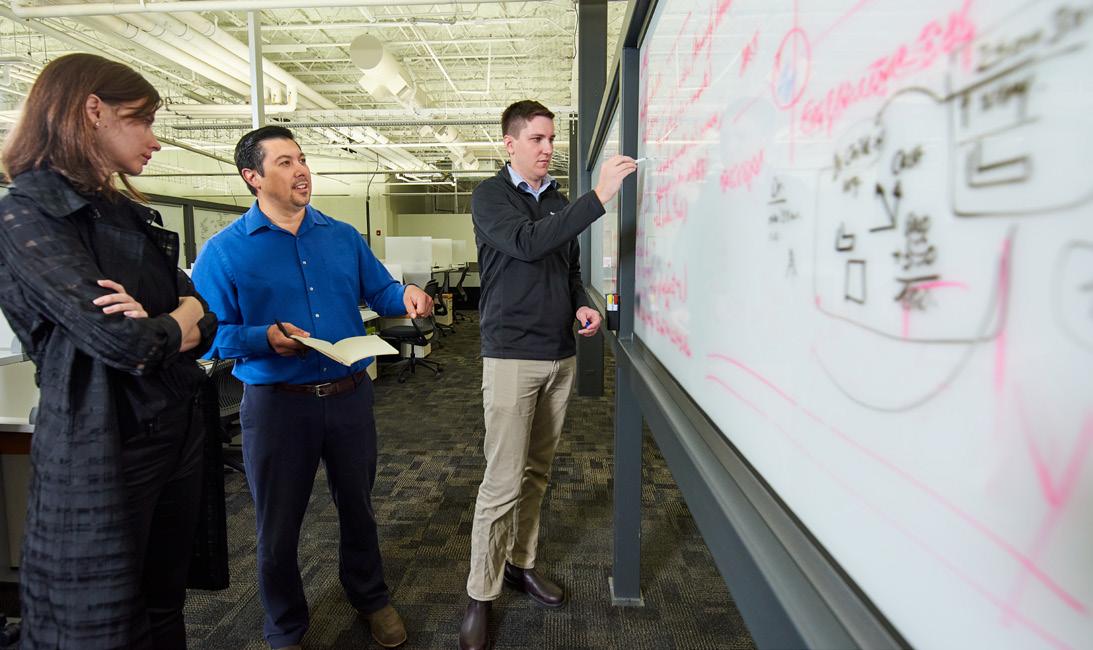
“From a technology perspective, this is the biggest achievement [in networking] we have had in the last two to three years – the creation of an ecosystem that is investing in the same vision that we have.”
“The reason why our partners are massively investing is that they're convinced of what we are doing and that it's a game changer.”
“In terms of capabilities, I know that something big is coming our way”
MARC ROUANNE
EVP AND CHIEF NETWORK OFFICER, DISH WIRELESS
The physical buildout of the DISH 5G network, led by Dave Mayo, has come to life in an unprecedented amount of time.
A major milestone for the company was reached in June 2022, when DISH announced that its newly built 5G network was deployed and commercially available to more than 20% of the US population, through its Project Genesis brand. This was achieved in a build of just 14 months - a feat that has never been achieved before.
The service is now commercially available across more than 120 markets and customers can purchase the DISH service and phones throughout the US.
In addition to supporting those customers, DISH will also be launching other services under different brands on its network.
Consistently affirming its reputation for quality and innovation, DISH has introduced a number of pioneering connectivity solutions to the American market. These include its Project Genesis, for which DISH launched the United States’ first cloud-native Smart 5G network, and Boost Mobile, which provides best-in-class value and connectivity to American wireless consumers, through DISH Wireless’ largest retail wireless brand.
DISH has already launched a mobile service in Las Vegas that uses VoNR (Voice Over New Radio). Remarkably, DISH is the first operator in North America to actually deploy commercial services with VoNR, which it launched back in May of 2022.
In addition to the US Federal Communications Commission (FCC) build requirements, DISH has also established roaming agreements with two network service providers.
“These really give us the opportunity to have an immediate, nationwide footprint,” comments Mayo.
TITLE: EVP & CHIEF NETWORK OFFICER
INDUSTRY: TELECOMMUNICATIONS
LOCATION: COLORADO, US
As Executive Vice President and Chief Network Officer for DISH’s wireless business, Marc is responsible for network architecture, RF network and strategy, core network architecture and strategy, cloud and edge strategy, security, transport, 5G lab management and interoperability testing.
Marc has more than 20 years of international management experience in the telecommunications industry, having held executive positions in R&D, customer operations and product management in the U.S., France and Finland.
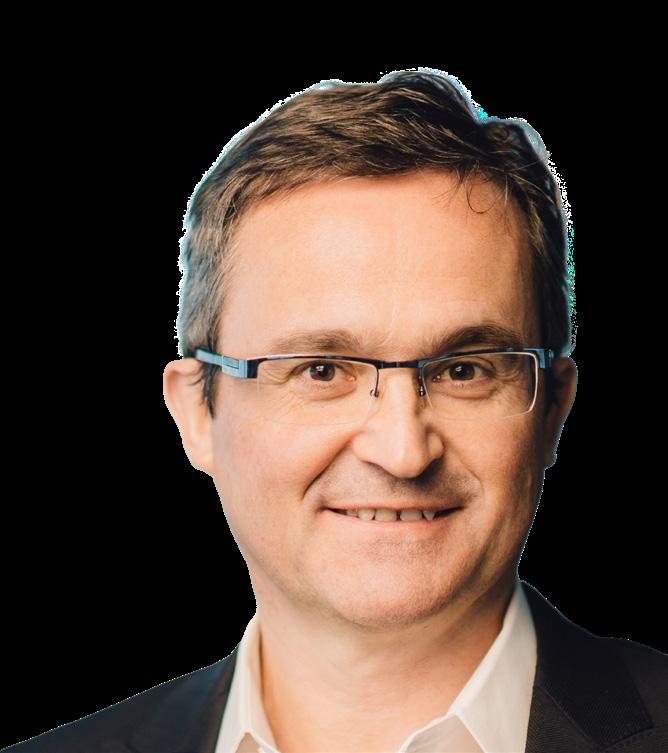


Once the DISH 5G network covers at least 75% of each economic area within the United States in June 2025, DISH will have reached its final milestone, mandated by the FCC, to move on to the next phase of its expansion. This next milestone step is mandated for June 2025 (by the Federal Communications Commission). “Frankly, beyond that, we'll build things as and when they make financial sense”, Mayo adds.
The combination of roaming agreements, while building out its own network in key markets nationwide, is a clever, efficient way of operating. In an age of digital transformation, many companies are going all-in on their infrastructure at once without the business case to support it – and that can be fatal for businesses. It’s better to build up gradually and create the waves needed to justify further growth, as Mayo establishes.
“We think we'll reach what constitutes ‘critical mass’ sometime next year, approximately covering a 230-240 million population area.”
The next step in DISH’s wireless expansion plans is branching into the enterprise market. And, while DISH has only just started

“There’s a tremendous opportunity for the business, and I think it'll really give us the ability to grow lots of revenue in a way that's different to our competitors”
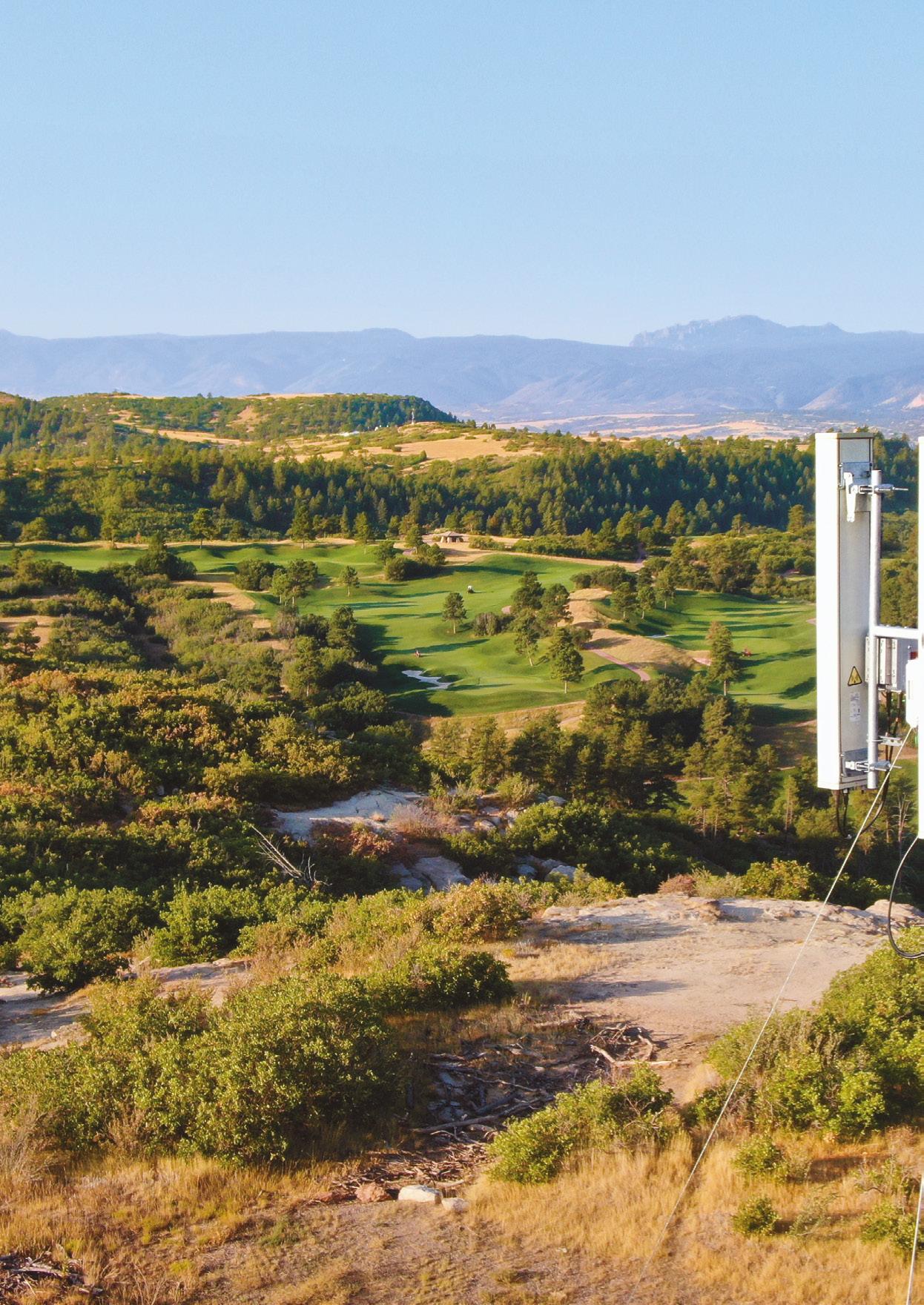
STEPHEN BYE
TITLE: EVP & CHIEF COMMERCIAL OFFICER
INDUSTRY: TELECOMMUNICATIONS
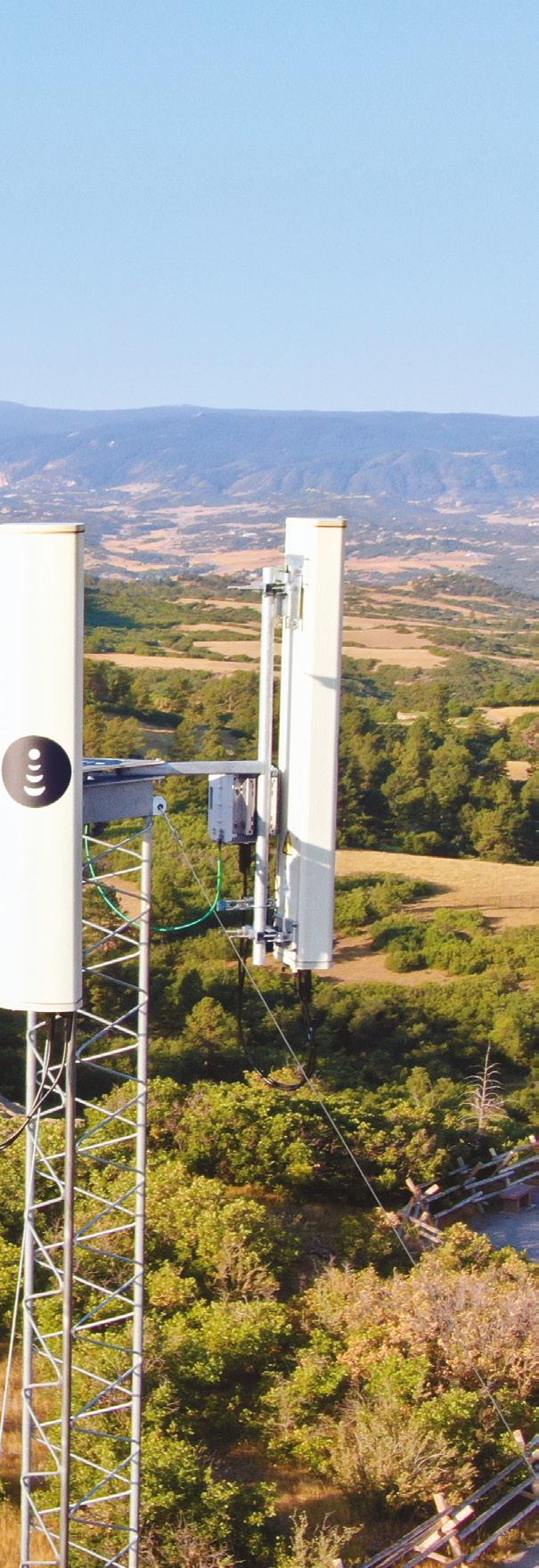
LOCATION: COLORADO, US
As Executive Vice President and Chief Commercial Officer of the DISH wireless network business, Stephen’s responsibilities include wholesale and enterprise services, business development, product management, service integration and partner management.
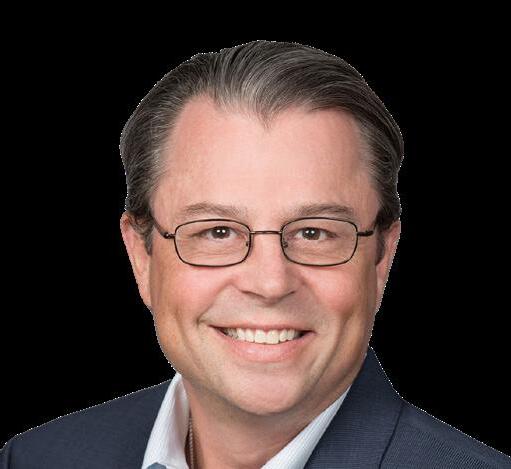
He brings to DISH three decades of experience across wireless, cable and wireline providers in the U.S. and several other countries. A seasoned senior executive, Stephen has experience in technology and network development, network operations and deployment, engineering, IT, sales and marketing, as well as corporate strategy and M&A.
Previously, Stephen served as CTO of Sprint during the transition and upgrade from three operationallydisparate networks to an LTE-based network. Additionally, he has held a range of executive positions at Cox Communications, AT&T, BellSouth International, Optus Communications and Telstra.


to embark on this project - and is still looking to break into the market proper - the future prospects look hugely promising.
Bye explains that DISH sees enterprise as an enormous opportunity, and the numbers in question are not insignificant. “Today when you look at the wireless market, it represents about $US280bn of revenue, but it's dominated by consumer services and consumer rate plans, unlimited plans, SIM cards and smartphones.”
“We at DISH actually look at the market very differently. When I look at the enterprise market today, companies in the United States are spending nearly US$1tn dollars a year on services, and that covers everything from communication to software.”
The market is three to four times bigger than the wireless market alone, and wireless
service providers are capturing a very small share of that – which businesses are spending on technology and services. “So, when we look at the enterprise market,” says Bye.
“Enterprise customers are looking for how they can take advantage of technology and networks to drive their efficiency, to improve their profitability and to drive productivity into their enterprise.”

As such, the question becomes, how can DISH’s wireless network and connectivity be used to achieve these objectives?
“We see our network and the platform that we're building, as becoming part of the fabric of that business. We think of it as part of its actual nervous system, which will enable that business to grow to achieve its objectives, while we can be a partner and a solution to the problems that they're facing”, explains Bye.
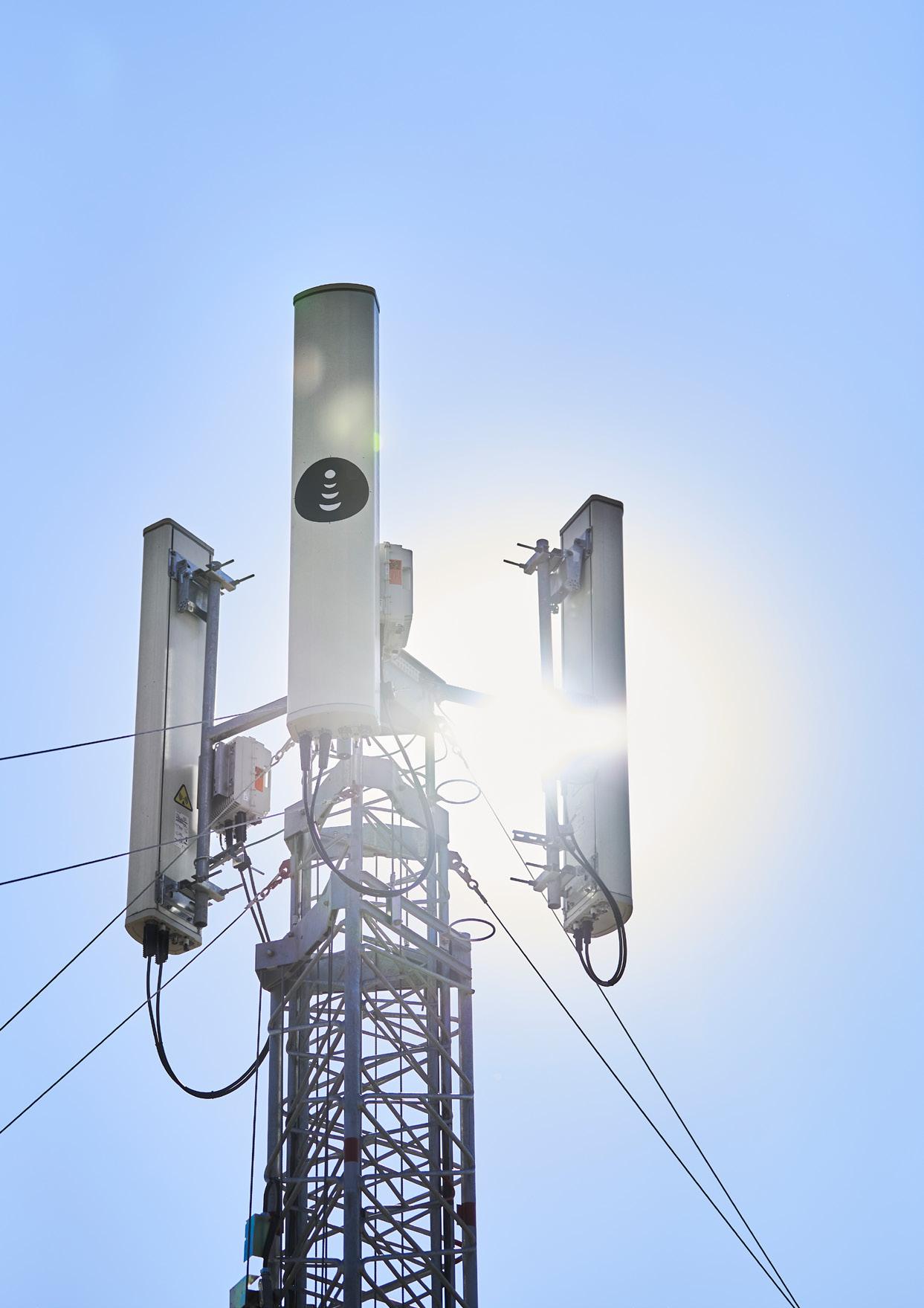
Many of DISH’s offerings will focus on enterprise networks. These private networks will sit on top of SMBEs (Small Medium Businesses and Entrepreneurs), which will contain their virtual mutual policy management, allowing them to control their costs, their mobility and their security in a simplified manner.
Rouanne explains how, through the use of private networks, DISH is able to "give the keys to big enterprises", enabling them to keep the data in their own facilities and giving them a greater level of control over their data security, and their ability to offload the traffic onto their own WiFi.
When asked about DISH’s vision and objectives for the market as a whole, Mayo noted that he has noticed a desire among many companies – whether it be oil and gas refineries, or manufacturers – to keep their data on-prem.
“It's counterintuitive for the incumbents to move core network elements offprem, out of their switches and into a manufacturing, refinery or campus-type environment. That's one of the unique things that our network is engineered and architected to do, right out of the gate: to actually provide that capability.”
And Mayo confidently says that, within the next five to ten years, DISH will be far better
positioned to be able to achieve that.
"I think we'll be able to take advantage of opportunities like that and be the wireless network for CIOs, which is a tremendous opportunity for the business. It'll really give us the ability to grow lots of revenue in a way that's distinct and different to our competitors.”
These last two points are important to note, as data and its security are core concerns of companies at the moment. Being able to offer capability alongside individualised security is a key differentiator.
“Existing networks are monolithic today. Because DISH is cloud-native, however, we can have a mini-core for each enterprise and they can decide – whether they fly drones, move trucks or are engaged in retail – what they do with this. It gives them full control”, Rouanne explained.
Despite initial uncertainty regarding how successful the venture into wireless networks would be, DISH has gone from strength to strength under Charlie Ergen’s leadership.
“And so, in terms of capabilities,” grins Rouanne, “I know something big is coming our way.”
“Charlie Ergen (Chairman and co-founder) had the foresight over a decade ago to realise that the satellite TV business was at some point going to be a business in decline, and so he started acquiring spectrum”
DAVE MAYO EVP OF NETWORK DEVELOPMENT, DISH WIRELESS
With Generative AI a hot topic of the moment, Mobile Magazine delves into the impact of the phenomenon and considerations that need to be made
WRITTEN BY: MAYA DERRICKEveryone’s talking about generative AI, and that conversation is only growing louder.
Whether generating text responses with ChatGPT or Bard, or more creative mediums like conceptual art, the prospect remains that AI could change the world as we know it forever.
Natalie Cramp, CEO at data consultancy Profusion says: “It goes without saying that the impact of generative AI will dominate conversations for the foreseeable future. However, when it comes to determining all the ethical and practical implications of AI – there’s no such thing as too much talk.”
Capable of generating text, images, or other media, generative AI – also known as GenAI – is an artificial intelligence model that through machine learning (ML) learns the patterns and structure of their input training data and generates new data as a result.
Generative AI is successfully used across a multitude of industries, but its potential misuse has been highlighted as a major cause for concern, especially in the realms of cybercrime or creating fake news.




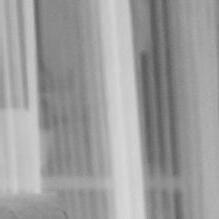

The future of GenAI as adoption grows Kit Cox, Founder of SaaS orchestration platform Enate, said the speed of change in AI is the largest in a generation.

“It’s unprecedented. It’s the biggest technological change in my lifetime. We’ve recognised an opportunity to integrate large language models within the Enate platform which enables businesses to use AI in operations, in a way that’s never been done before.”
Powered by GPT-4, EnateAI can automatically perform sentiment analysis and email triage, removing the need for complex machine learning modelling and expensive third party vendor costs. It delivers 90% accuracy compared to traditional vendors, which usually only reach 70% accuracy.
Use more image captions as often as possible
“It’s not hyperbole to say that AI has the capacity to change nearly every aspect of our lives”
NATALIE CRAMP CEO, PROFUSION
“Generative AI is a transformational force for innovation in organisations, accelerating industry specific use cases to create value, and it’s no surprise that it’s already at the top of the agenda of virtually every large organisation,” Franck Greverie, Chief Portfolio Officer and Group Executive Board Member at Capgemini continues.
“While generative AI can enable numerous benefits for businesses and employees alike, adopting a human-centric approach while scaling the technology and implementing necessary guidelines will be key to fostering trust in the workplace. As businesses accelerate their generative AI journeys, they must prioritise implementing it sustainably across the organisation.”
 Natalie Cramp
Natalie Cramp
TITLE: CEO
COMPANY: PROFUSION
INDUSTRY: DATA CONSULTANCY
LOCATION: UK
Cramp began her career at Deloitte after graduating from the University of York before working on delivering the London 2012 Olympics. Following the games, she set up the Mayor of London’s Team London initiative and then became COO of The Careers and Enterprise Company. She became Profusion’s CEO in 2019.

And with all elements of existence teed up to be forever changed as the AI revolution takes hold, IoT is no different.
With IoT being a driving force behind how billions of connected devices worldwide communicate, AI has the ability to supercharge the way the network incorporates new insights and predictions thanks to its deep learning capabilities.

Although AI has the capacity to benefit IoT, Cox shares that the development of AI itself should be honoured and respected when rolled out to benefit other entities.
“AI represents a collective resource that has been shaped by the contributions
TITLE: FOUNDER
COMPANY: ENATE
INDUSTRY: SOFTWARE DEVELOPMENT LOCATION: UK
Entrepreneur Cox has experience in the BPO and technology industries. He started his career as a manufacturing engineer and moved into software development. Cox has a degree in Systems Engineering from Brunel University and launched Enate in 2017 as the first dedicated Service Orchestration platform.
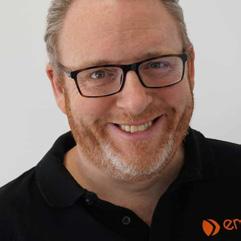
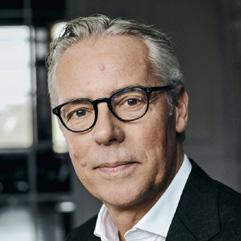
TITLE: CHIEF PORTFOLIO OFFICER
COMPANY: CAPGEMINI
INDUSTRY: IT
LOCATION: FRANCE
Greverie has been in post since 2018, leading group product management and orchestration of pre-sales and solutioning.
He sits on the Group Executive Board and is Head of Cloud Infrastructure Services, Business Services and Insights & Data Global Business Lines. He is also the Group executive sponsor for the Telecom industry and Microsoft partnership.
of everyone who has used the internet over the past 25 years,” he says. “It’s imperative that AI is decentralised to ensure its benefits extend to society as a whole, rather than exclusively benefiting a select group of individuals who have harnessed its potential and developed AI products.”
For example, processes that make networks more efficient –either through intelligence or self management – can evolve and be heightened thanks to GenAI, or GenAI can be taught to spot anomalies often associated with cyber attacks to ensure the security of data.
EnateAI delivers 90% accuracy compared to traditional vendors, which usually only reach 70% accuracy
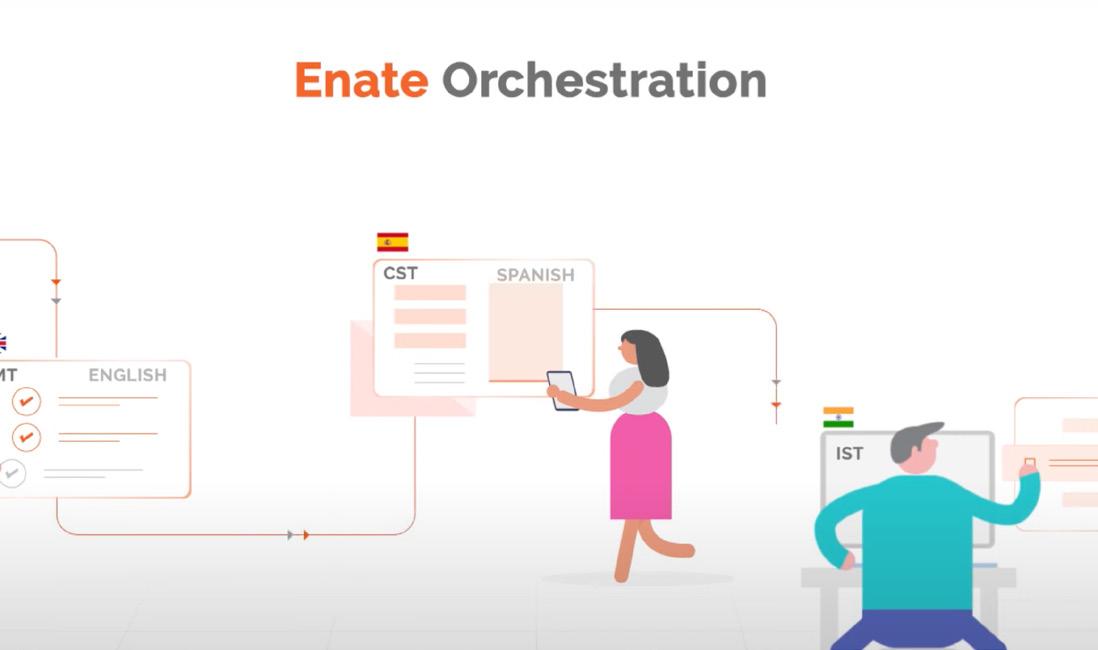
AI represents a collective resource that has been shaped by the contributions of everyone who has used the internet over the past
25 years
“We need to establish legislation that acknowledges AI as a natural resource that owes its existence to the collective data contributions of every individual who has accessed the internet,” Cox adds, noting
advantages from generative models should extend to every person who has had internet access rather than just in the hands of the technologically savvy.
Business considerations before implementing AI and automation
“In order to train and utilise AI models effectively, data sharing is a necessary Component,” Cox acknowledges. “It’s crucial to establish clear guidelines that stipulate which data can and cannot be shared with both public and private AI models. It’s important to determine the organisation’s stance on using its data to train other models.
To ensure AI safety, it may even be advisable to designate a responsible individual within your business.”

“Generative AI’s growth is unprecedented. It’s the biggest technological change in my lifetime”
KIT COX FOUNDER, ENATE
Referring here to workplaces in general, this can also be applied to GenAI’s impact on IoT, as Cox says the need for specialists in this domain, like a Chief AI Officer, is becoming increasingly evident as organisations are becoming progressively committed to leveraging AI on a significant scale.”

Cramp adds: “We need people to explore how AI will impact our culture. It’s not hyperbole to say that AI has the capacity to change nearly every aspect of our lives. To fully get to grips with all the potential implications we need to get as many perspectives as possible.
“We also need to do more to educate people on what AI actually involves. There is a lot of hype and frankly misinformation out there about the existing and imminent capabilities of AI. This creates both over-inflated expectations and a lot of unnecessary fear.”
Cramp explains that GenAI hitting headlines inhibits our ability to tackle the here and now of determining how we want
AI to develop and what limitations we need to impose and how we should enforce them.

“Put simply, if people and politicians don’t understand the basics of AI, it’s very difficult for them to make ethical judgments on how to use it.
“We only need to look at how only privacy issues were handled when social media exploded to see why action needs to be taken now. For AI to continue to develop we need to avoid going down this route and the data industry has a critical role in ensuring this doesn’t happen.”
“Generative AI is a transformational force for innovation”
FRANCK GREVERIE CHIEF PORTFOLIO OFFICER AND GROUP EXECUTIVE BOARD MEMBER, CAPGEMINI
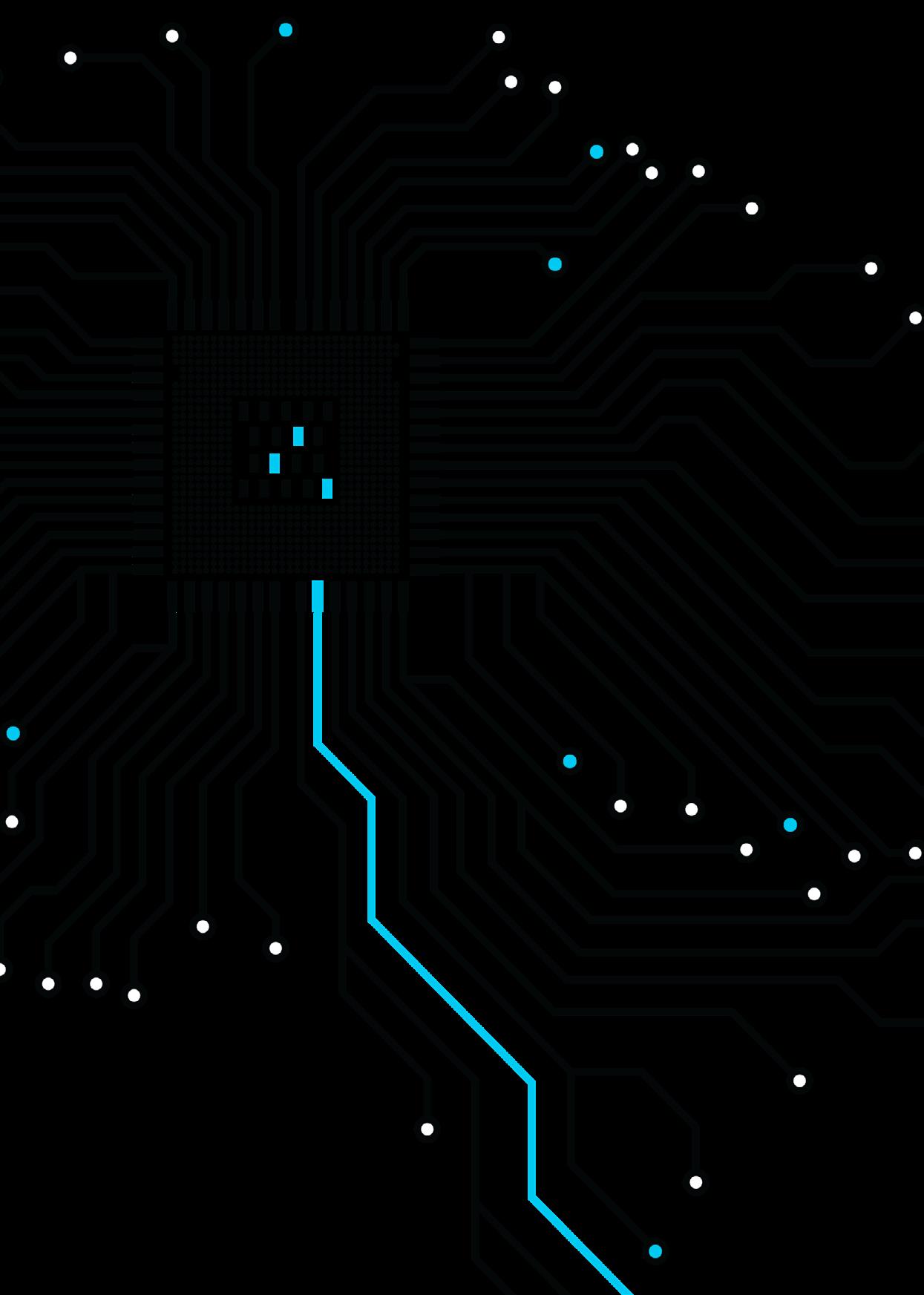
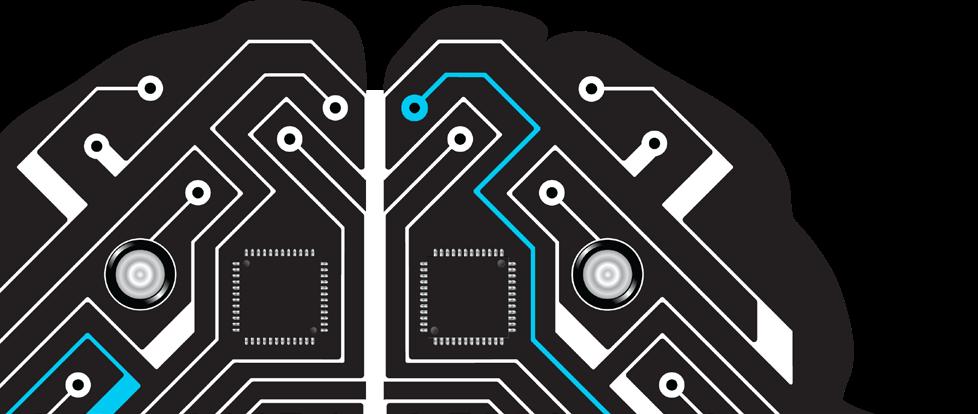
 WRITTEN BY: JESS GIBSON
PRODUCED BY: STUART IRVING
WRITTEN BY: JESS GIBSON
PRODUCED BY: STUART IRVING
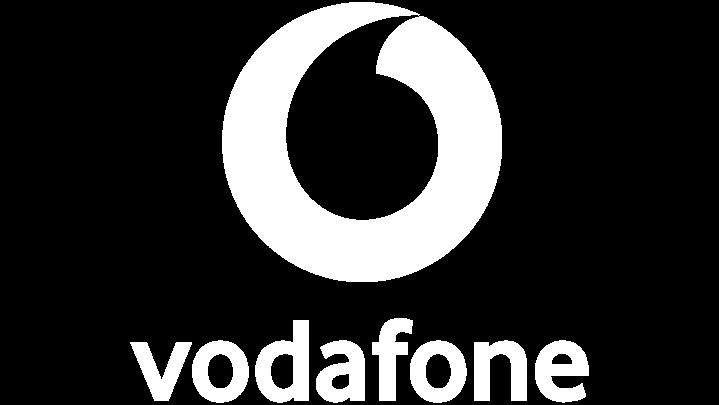
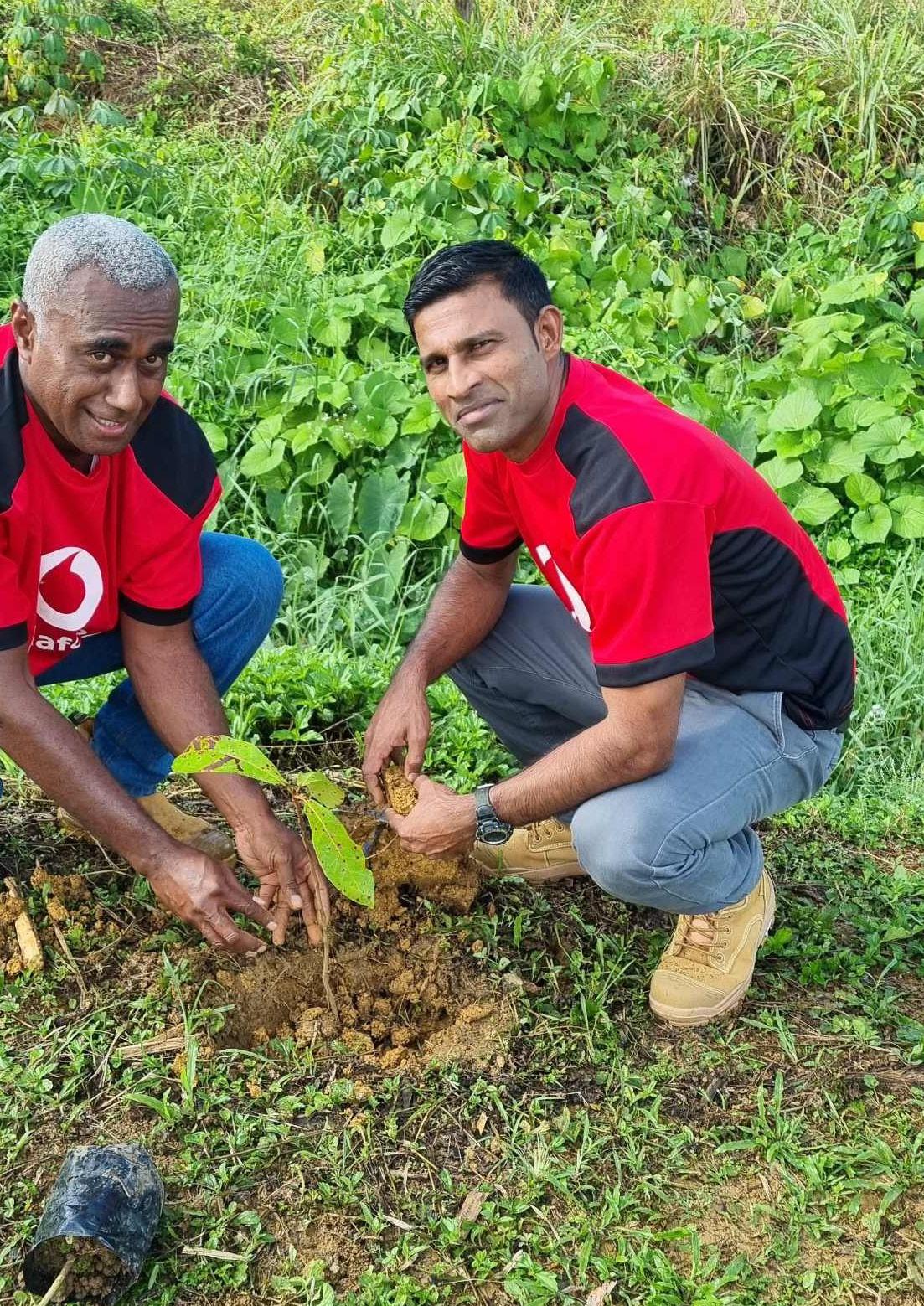
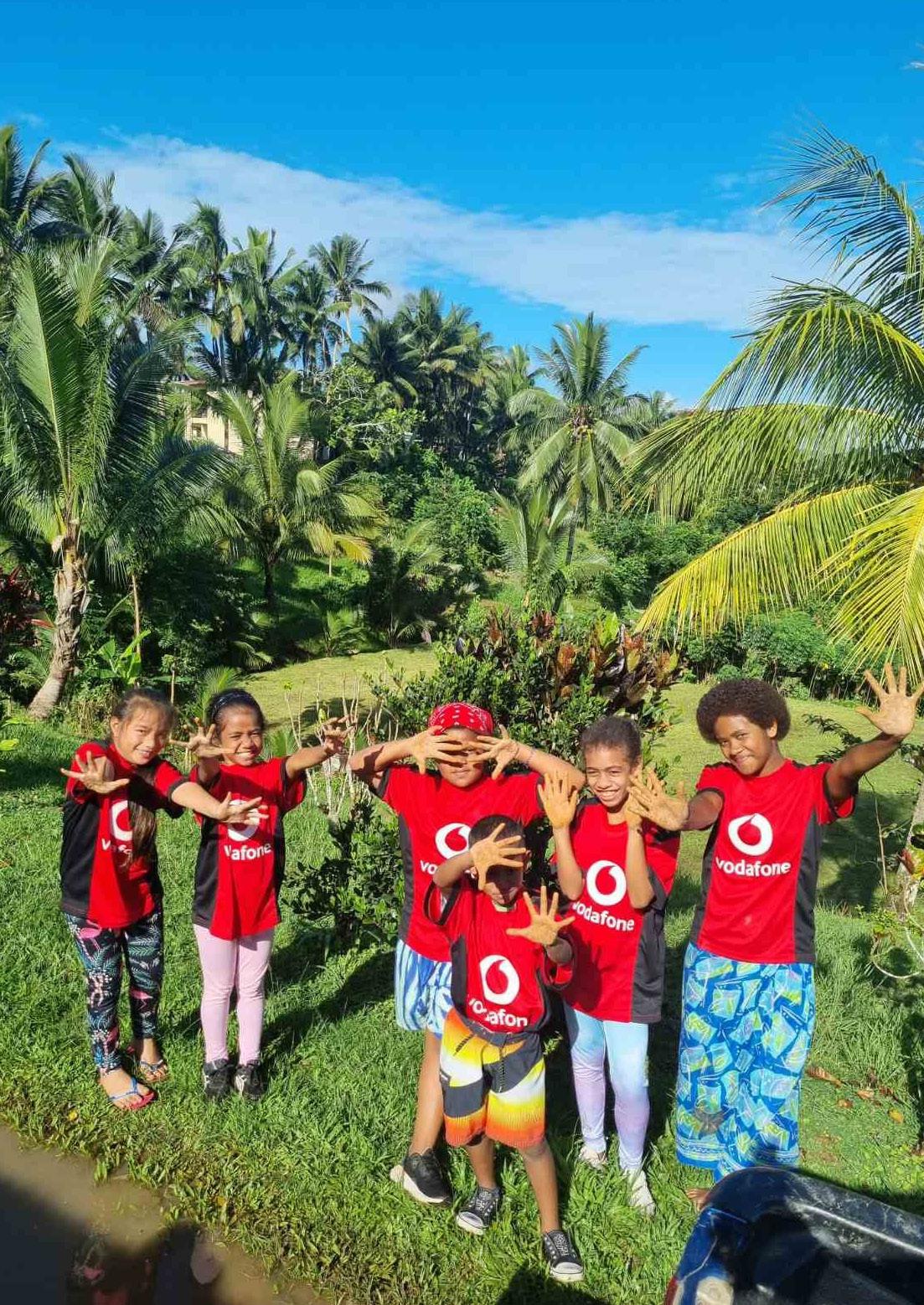
With its many islands hemmed by crystalline waters that wash onto white sand and greencarpeted mountains, Fiji is a vista of immense natural beauty.
The archipelago, made up of over 300 islands and 500 islets, was formed as a result of volcanic activity over 150 million years ago. The two main islands of Viti Levu and Vanua Levu – which contain almost 90% of Fiji’s total population between them –are the beating heart of the economy, with tourism accompanying minerals, sugar cane and fishing as one of its largest drivers, aiding Fiji in being one of the most developed economies in the Pacific.
Despite this, though, the reality of daily life on Fiji’s islands belies the image most of us possess; it is a developing nation, after all – one that’s still battling with the brutal blows inflicted by the COVID-19 pandemic on tourism and the economy. Pockets of rural Fijian communities still function day-to-day with just 2G or, if they’re lucky, 3G connectivity, lacking the infrastructure needed to enhance this further for the time being.
But this is where Vodafone Fiji steps in. The company, which is “the main telecommunications player in Fiji” (with 85% market share), is committed to “enriching people’s lives” and overcoming the obstacles currently plaguing the archipelago.
“When it comes to connectivity, we no longer treat it as a want, but as a basic need for customers now,” establishes Chief Technology Officer (CTO), Vikash Prasad, “especially in a developing country like Fiji, where there's lots of people who still live in these rural or maritime areas.”
Becoming the largest telco network in Fiji
Parent company Vodafone is itself a global telecommunications company that dips its toes successfully in a wide array of industry sub-sectors, though it does so with a customercentric ethos that builds “strong customer affiliation and brand loyalty”. It is this approach to which Prasad attributes Vodafone Fiji’s success.
VIKASH PRASAD TECHNOLOGY OFFICER, VODAFONE FIJI“Vodafone Fiji is a dynamic and fast-paced business, operating in an essential industry,” Prasad states, highlighting the differentiating factors of the company. “Our vision is to be the most admired
CHIEF
“IT'S ALWAYS VITAL TO HAVE A GOOD PLAN IN PLACE. IF YOU HAVE A GOOD PLAN IN PLACE, YOU HAVE THE FIRST PART DONE”
At Vodafone Fiji, Vikash Prasad dedicates himself to the pursuit of technological advancement to provide digital equality and equity to those most in need
company in Fiji, and our mission is to enrich people’s lives.”
Prasad also credits the telco’s “exceptional frontline, customer care teams and business account managers” with helping it to stay on top of the competition and reach 95% of the Fijian population. “Apart from the traditional voice, data and SMS offerings, we offer the best ICT solutions in the region, such as Cloud, SDWAN, and many other innovative solutions that are tailor-made for many of our ICT customers.”
In addition to customer-centricity being a defining element of Vodafone Fiji’s success, its recent foray into the FinTech world is opening up new doors.
“We are also an emerging FinTech company, providing digital services in terms of financial and e-business at a national level,” says Prasad. “Being an incumbent, we have to be agile in all our operations, so it's all about creating value in our products and services.”
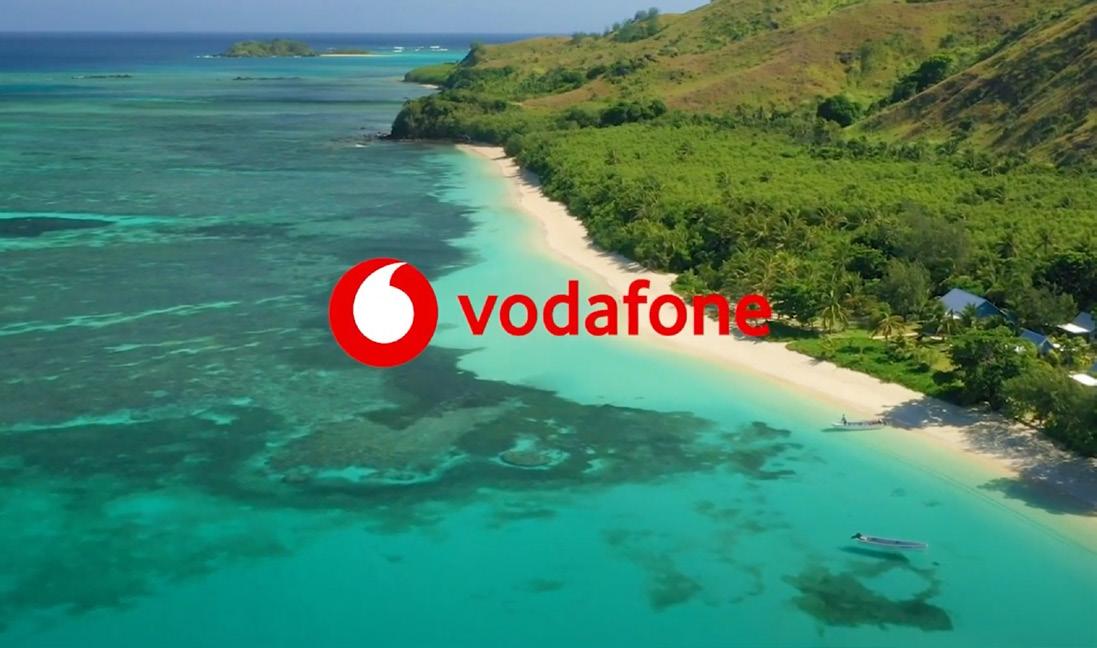
“WHEN IT COMES TO CONNECTIVITY, WE NO LONGER TREAT IT AS A WANT, BUT AS A BASIC NEED FOR CUSTOMERS NOW – ESPECIALLY IN A DEVELOPING COUNTRY LIKE FIJI, WHERE THERE ARE LOTS OF PEOPLE WHO STILL LIVE IN THESE RURAL OR MARITIME AREAS”
Hear about the ways Vodafone Fiji is enriching Fijian lives
VIKASH PRASAD CHIEF TECHNOLOGY OFFICER, VODAFONE FIJI
This approach has enabled steady yearon-year growth for Vodafone Fiji, which the company hopes will continue as it sets out on its 5G journey, becomes more established in FinTech and finds innovative ways to ensure its customers receive the connectivity needed to boost its tourism-heavy economy.
Innovation is essential to the longevity of a business – as Prasad well knows. In the postCOVID age of rapid digital transformation and detailed data analysis, impacted by geopolitical and climate-related events, this is particularly true. But having a skilled team that thinks out of the box requires a change in management and strategy, which is often the product of company-wide cultural overhauls.
So, Vodafone Fiji has invested in its staff – via training, enabling work-from-home capabilities and providing leadership coaching – and employees have, in turn, ‘invested’ in the business, allowing innovation to flourish. “Our staff believe in our vision,” he says.
“One of the things we are also doing as part of our transformation revolves around our workforce – we’re focusing on increasing the capabilities of our people and investing in our talent pool. That means putting our staff through specialised training, and providing for and equipping them so that they strive for greatness in the new digital world,” Prasad states, going on to explain how his personal ethos is woven throughout this process to promote excellence.
“A life lesson that I live by is that we have to do things right the first time, and that what is right to do is not always easy. We need to put in the hard yards now so that we can reap the benefits of it in the future.”
Now, this doesn’t mean that Prasad’s team has no room to make mistakes; it means
VIKASH PRASAD TITLE: CHIEF TECHNOLOGY OFFICERVikash Prasad is responsible for providing leadership direction and innovation ownership to drive overall technology strategy, operational excellence, and innovation for Vodafone Fiji. He is recognised for building strong technology platforms and delivering several network transformation initiatives for Vodafone.

Vikash leads a dynamic team responsible for continued network growth and adopting technology evolution, ensuring Vodafone delivers next generation network initiatives to create the most innovative and reliable networks in Fiji and across the Pacific. In his 19 years with Vodafone, Vikash has successfully driven a number of multi-million dollar mobile network projects. Vikash previously held the roles of Manager Access Networks, Engineer Network Services and Systems Support Analyst.
He holds a Masters in Business Administration (Technology) from the Australian Graduate School of Management at the University of New


Multivision and Vodafone Fiji work together via Metric, an efficient and powerful platform, which enhances the critical role that partnerships play in achieving growth.
Multivision has been a key partner of Vodafone Fiji for almost four years now, with the two companies joining forces in 2019 when Vodafone Fiji subscribed to Metric, a SaaS offering owned, delivered, and remotely managed by Multivision. A company that also provides professional and strategic advice alongside bespoke IT solutions and co-sourcing of IT talents, Multivision has worked with a host of bigname businesses such as Siemens, Unitel, and Ice.net.
Since its inception in 2007, Multivision has based its work around one core philosophy: ‘Grow to make you grow’, which is threaded through each aspect of the company´s daily work.
With Metric and this fruitful partnership, Vodafone has been able to conduct
in-the-field quality audits of network performance. This has allowed Vodafone Fiji to continue its two-year 5G infrastructure build while ensuring that existing connections are stable and secure for even the most rurally isolated Fijians.

Vikash Prasad, Chief Technology Officer for Vodafone Fiji, describes this platform as “efficient and user-friendly, a powerful tool that allows us to have access to almost real-time information out in the field, all of which is web-based,” explains Prasad.
“In addition to monitoring daily network operations, when optimising networks, the platform allows us to efficiently provide automated solutions’ reporting. This information can then be shared with Vodafone Directors and easily related to network KPIs, reducing the need for multiple platforms and screens.”
Vikash Prasad is vocal when praising the Metric team for their “timely and responsive communication, the quality of their support, and their ability to solve a variety of issues, no matter the complexity.”
“Multivision promotes innovation and simplicity, and Metric is a powerful tool for us,” he adds.
that, by investing time in the planning, research, design or training aspects of a task or process, the final result itself will be right the first time. And this thread continues throughout everything Prasad oversees, particularly Vodafone Fiji’s digital transformation. “It's always vital to have a good plan in place. If you have a good plan in place, you have the first part done.”
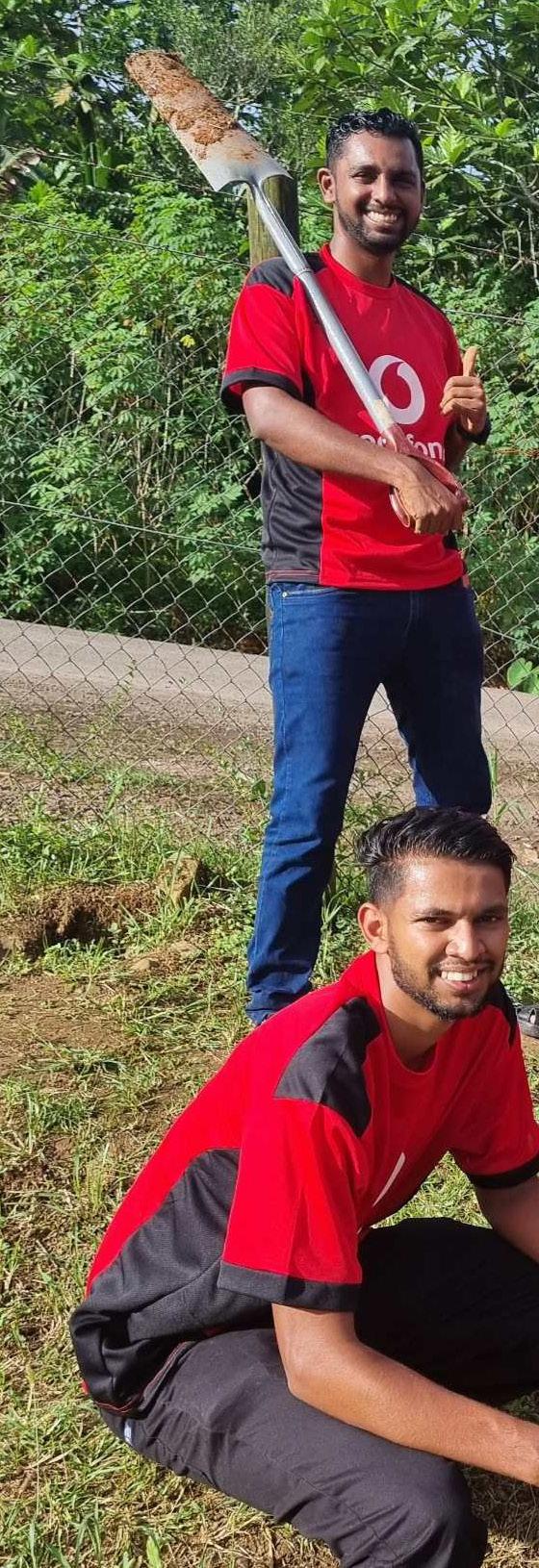
A popular theme to many a business discussion over the last two years has been the unexpected boost that COVID-19 gave to digital transformation. In some cases, the pandemic merely spurred on a pre-existing idea or sped up the pace; in others, it created an urgent business need in order to survive.
“During COVID, there was a surge in demand for data, and this would've been the same story for a lot of telcos around the world. That put a lot of stress on the network, and during that time, the boundaries of our mobile network services were being tested.” Not only were Vodafone Fiji’s networks being tested in the short-term, but there were also long-term economic effects that created a need for digitisation. “For Fiji, tourism has always been one of the biggest economic drivers. So, when the borders closed down, the economy suffered.”
“DEVICE STRATEGY WILL PLAY A KEY ROLE, WITH ONE OF THE MAIN DRIVERS WHEN IT COMES TO DEVICES BEING AFFORDABILITY”
VIKASH PRASAD CHIEF TECHNOLOGY OFFICER, VODAFONE FIJI
MultiVision has been a partner of Vodafone Fiji’s for four years now. From this fruitful partnership, Vodafone has been able to undergo an in-the-field, quality audit of its network performance, subsequently acquiring the Metric platform for network optimisation. Prasad describes this platform as “efficient and userfriendly”, “a powerful tool” that collates “KPI data with other data” to allow for a correlation of issues.
Vodafone Fiji engineers have so far only worked with those at MultiVision via virtual means, often on other sides of the world – though this will no longer be the case soon. These meetings have allowed the fine-tuning and customisation of the platform, despite the time difference, with Prasad describing the MultiVision team of engineers as “timely and responsive” and providing “excellent support”.
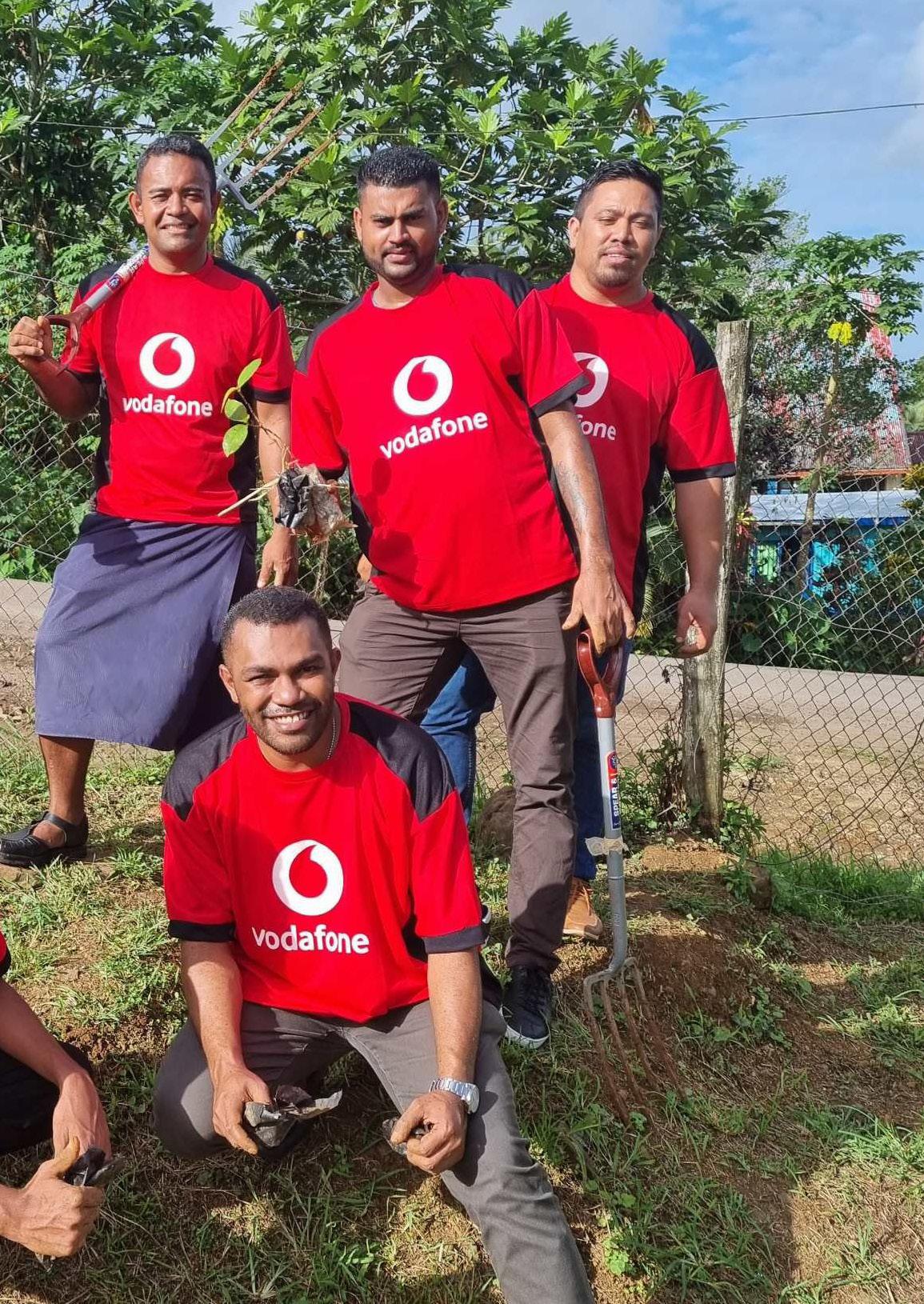
This directly impacted the telco’s ability to put the necessary infrastructure in place to support citizens and tourists alike in the immediate wake of the pandemic. “But everything is changing now,” Prasad smiles. “Our customers want connectivity everywhere, so businesses are shifting priorities. One of the buzzwords right now is the cloud and having cloud platforms or migrating to cloud
platforms, but with that comes a lot of risks, as well. Cyber threats are one of the biggest challenges that we face right now.”
As such, Vodafone Fiji is investing not just in its team, but in expanding technological infrastructure across the whole of Fiji to develop the cloud, 5G connectivity and its FinTech arm.

Being a developing country situated on an archipelago means progress can be slow. Across Fiji, which is predominantly made up of rural or coastal locations, developing connectivity to wireless mobile networks is difficult – and that’s without considering regulatory requirements, different frequency spectrums, and affordability for all customers, which is why Prasad refers to 5G in that respect as “a double-edged sword”.
VIKASH PRASAD CHIEF TECHNOLOGY OFFICER, VODAFONE FIJI
“A LIFE LESSON THAT I LIVE BY IS THAT WE HAVE TO DO THINGS RIGHT THE FIRST TIME, AND THAT WHAT IS RIGHT TO DO IS NOT ALWAYS EASY. WE NEED TO PUT IN THE HARD YARDS NOW SO THAT WE CAN REAP THE BENEFITS OF IT IN THE FUTURE”
Prasad hopes that, by delivering connectivity to the entirety of Fiji, he can uplift the digitally ‘poor’ – those with basic or limited connectivity, hindering personal progress – ensuring digital equality and, most importantly, equity.
“A lot of focus for us is also about covering these areas, making use of the existing assets that we have, and trying to sweat them as much as possible so that we deliver the connectivity that people are after.”
Vodafone Fiji may be an estimated two years away from full 5G connectivity, but with Prasad at the helm developing and solidifying plans, as well as encouraging his team to think differently, the rollout is likely to be free of any kinks or issues.

“VODAFONE FIJI IS A DYNAMIC AND FAST-PACED BUSINESS, OPERATING IN AN ESSENTIAL INDUSTRY”
“We are always on the lookout for new partnerships. It’s no secret that to succeed, having trusted partners is a must –it’s no longer about operating in a silo.
For a telco & ICT provider like Vodafone Fiji, acquiring accreditation and certifications from world-class vertical companies such as Cisco, Oracle and Microsoft is key for us as we strategise to further enhance our position in the ICT sector
Simply put, collaboration with vertical industries is now the mainstay when it comes to delivering best-in-class valueadded services to our customers, resulting in new revenue streams.
Apart from partners such as ZTE, Cisco, Aviat Networks, we also work very closely with partners such as MultiVision, Ciena, umlaut, InfoBip and many others to deliver the best value not only for Vodafone, but for our customers as well.”
Ultimately, the company’s approach is not to rush ahead, but instead to “wait, watch and then act”. This will help the team to build an “understanding of the 5G ecosystem and how it will bridge the current digital gaps”, as well as informing them of “any investments needed to fully grasp this”.
As established, affordability for all customers is key to both Vodafone Fiji and Prasad. You see, 5G infrastructure is all well and good, but the vast majority of the devices designed for such capabilities are high-end and, as such, have high-end prices attached.
“Device strategy will play a key role, with one of the main drivers when it comes to devices being affordability,” Prasad affirms.
“Fiji is a developing country, so the average user may not spend up to a thousand dollars to get a 5G phone; a normal, basic phone would meet their requirements. And Fiji is also predominantly a prepaid market.
“So having the right device strategy, where we have a pool of low-end 5G devices that are prepaid, will really help.”
But another obstacle to overcome is the Fijian terrain itself, which prevents the telco from “using the traditional mobile towers or cell towers” across every area.
“We needed to think outside the box. And one of the very cost-effective solutions that we have deployed here is broadband satellite: it’s quick to deploy, easy to install, easy to operate, and can be done within days,” Prasad explains.
In the face of globally-shifting priorities, it’s become necessary for businesses to expand their verticals, breaching into multi-cloud terrain as part of their digital transformation. For example, Vodafone Fiji has merged its private cloud with that of Oracle Cloud Infrastructure (OCI), Microsoft Azure and Amazon Web Services, which, in Prasad’s words, is “bringing the best of private and public clouds together with our expertise so that we offer our customers a unified cloud platform for all their needs”.
Arguably the biggest move for Vodafone Fiji in recent years is the development of its Mobile Money platform, which marks the company’s move into the FinTech space to complement the different industries within the local Fijian market and, therefore, the economy.
“Mobile Money is one of the greatest examples and pride of Vodafone Fiji,” Prasad enthuses. “M-PAiSA is an in-housedeveloped digital wallet platform that
provides a number of basic financial and digital payment services.
“Launched in 2010, M-PAiSA now processes over $200mn in monthly M-PAiSA transactions, making it a significant player in Fiji’s digital and cashless payment space.”
This bespoke digital wallet platform, M-PAiSA, has established itself as a market leader in the mobile and digital payment space, with “high brand equity” and “trust as a reliable and robust digital payment platform”.
Prasad details the effect this success has had in the years since M-PAiSA’s launch: “One of Fiji’s fastest growing economic drivers is inward International Remittance. Within a space of 12 months, M-PAiSA has gained a 25% market share of all inward remits into Fiji.
“We have taken an advantageous position by being the first to market with our innovative payment services using QR pay. Month-on-month, we see new merchants come onboard with us. Next on the horizon for Vodafone Fiji is to become a scheme
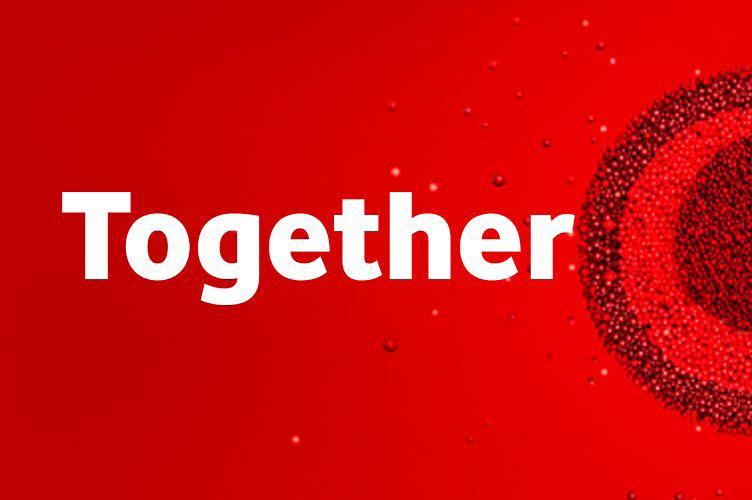
“FOR FIJI, TOURISM HAS ALWAYS BEEN ONE OF THE BIGGEST ECONOMIC DRIVERS. SO, WHEN THE BORDERS CLOSED DOWN, THE ECONOMY SUFFERED”
VIKASH PRASAD CHIEF TECHNOLOGY OFFICER, VODAFONE FIJI
payment provider. This is a whole new ball game for Fiji as a nation.
“All-in-all, Vodafone is not only a CSP but offers services that can be offered by a FinTech organisation.” Exciting, indeed.
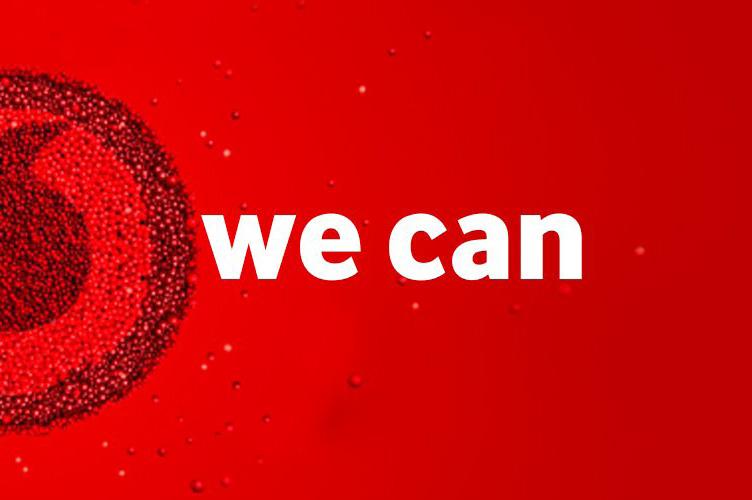
The future outlook for Vodafone Fiji will feature “digitalisation, data and virtualisation” on a large scale, which, of course, includes the continuation of its mobile networks' rollout with focus on 5G and beyond, as well as the development of its FinTech arm. This means “evolving legacy platforms into world class systems that can be supported through cloud” and obtaining “deeper insights through collaboration in terms of analytics and forging partnerships” to allow for “detailed, real-time insights of customers’ pain points”.
At the very core of realising this aim of enabling connectivity in underprivileged rural
and coastal regions sits data and analytics –and in the modern world, data is king.
“When it comes to analytics, it’s a move to fresher, more dynamic ways of understanding our customers using crowdsourced data,” Prasad explains. “It’s no longer just about using data from your OSS & BSS platforms. Detailed insights from near realtime systems gives another level of clarity on what the pain points are exactly.” This means that, no matter where in Fiji someone resides – whether on the most remote islet or the centre of the capital, Suva – they aren’t held back by being digitally poor.
Providing digital equality and equity to those who are underprivileged is a noble endeavour, particularly when the aim is to do so carefully and steadily to make sure it lasts for the foreseeable future.
Looking ahead to 2040, what will mobile technology look like?

Mobile Magazine focuses on the future with sustainable manufacturers and service providers
WRITTEN BY: MAYA DERRICKThe future has to start somewhere. Some may argue the future is already here.
Cutting edge transformations are already at our fingertips and happening right now. And with advancements in technology, the possibilities are endless – but what more can we possibly achieve?
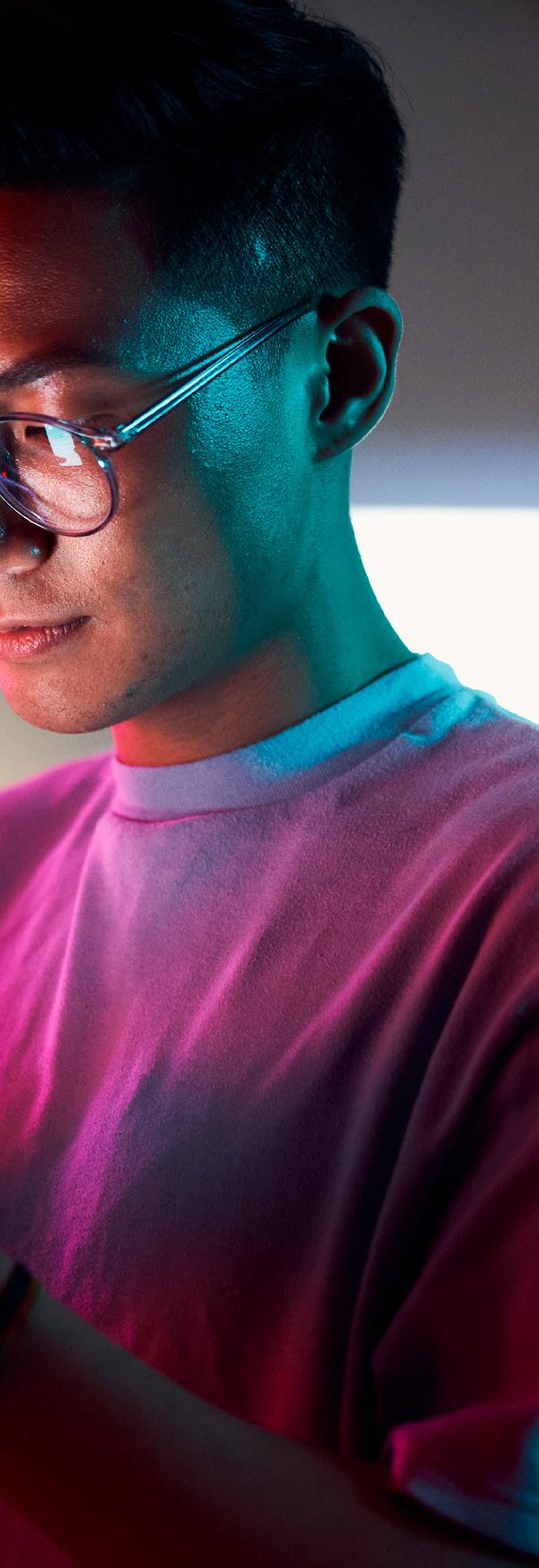
Established 10 years ago, Fairphone makes smartphones to inspire and motivate the industry to look at social and environmental issues in the electronics supply chain.
Fairphone, which aims to make devices designed to last with fair and recycled materials, ensures future devices are designed for even better durability, repairability, and eventual recycling with its Fair Materials Sourcing Roadmap. The guidelines identify 14 focus materials it wants to source 70% of from fair and recycled sources by the end of 2023.
“The Life Cycle Assessment for the Fairphone 4 shows that 75% of the emissions associated with a smartphone occur during production,” Fairphone’s Press Officer Anna Jopp explains. “This means that the most efficient way to reduce the emissions caused by smartphones is to produce less phones. And the way to achieve this is to use the phones we already have for as long as possible.”
Fairphone believes that repairability and modularity are key to achieving longevity in a smartphone, with their latest model, Fairphone 4, coming with a five-year warranty and can be opened without tools. Its modular design means users can remove and exchange eight different parts only using


a screwdriver and the device is easier to recycle once it has really reached the end of its life.
And looking ahead to 2040, the brand hopes to see a more eco-conscious approach like Fairphone’s to be more common practice.
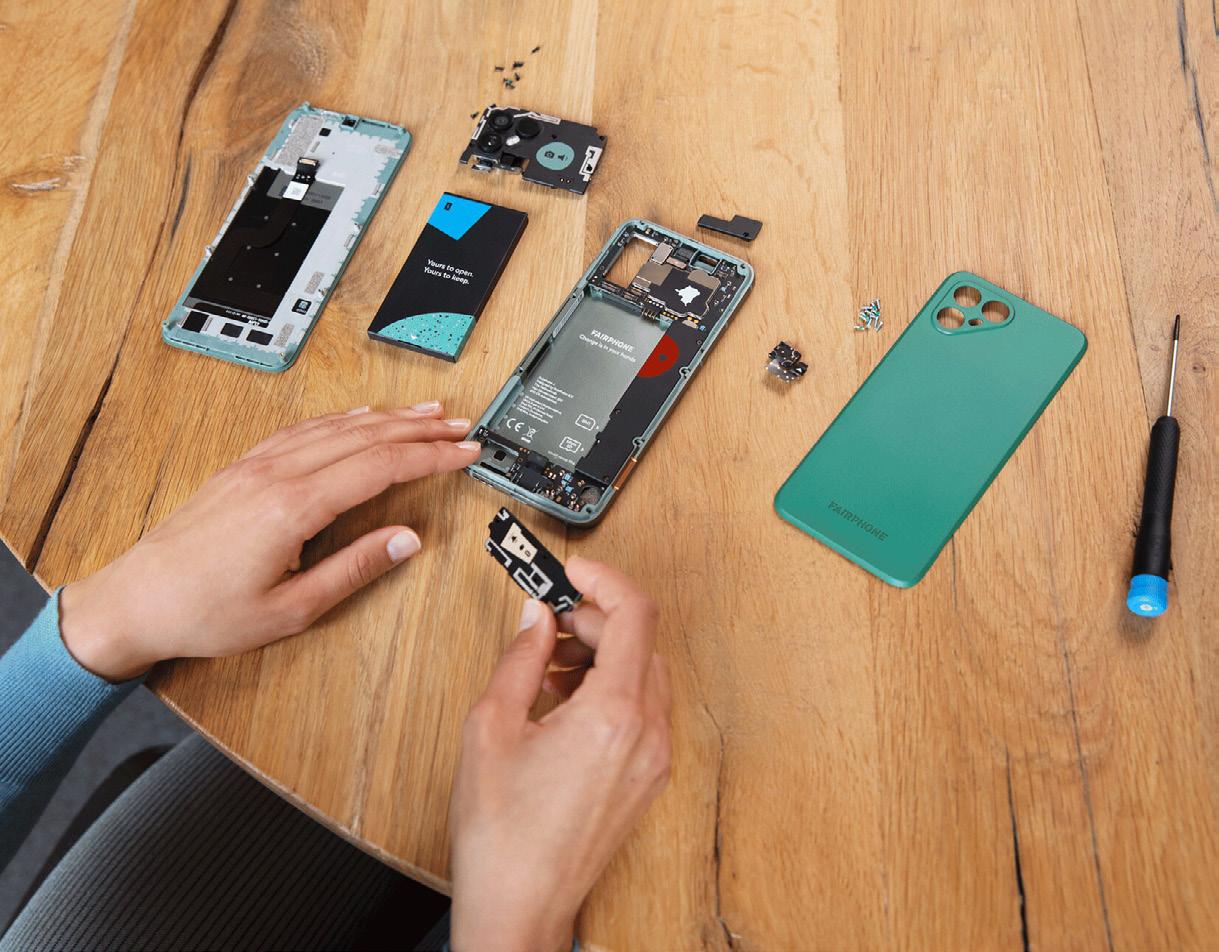
“Let’s be realistic: We likely will not outsell huge competitors any time soon,” Jopp adds. “But we need to grow to be an inspiration and to demonstrate that there is a market for ethical electronics and a better way of doing business.
“We have shown that it is possible to make a profit while also caring about the environment and the people in the supply chain.”
The brand is happy that the world is becoming increasingly interested in
the way mobile devices are made – but acknowledges more needs to be done.
Jopp explains: “There is still a lot of work to do. The industry still relies on producing and selling more and more.
Life cycles are still very short and longevity is still not being addressed.
“There will be no ‘miracle fix’ for the problems in this industry”
ANNA JOPP PRESS OFFICER, FAIRPHONEFairphones are designed with modularity and repairability in mind
TITLE: PRESS OFFICER
COMPANY: FAIRPHONE
INDUSTRY: ELECTRONICS MANUFACTURER
LOCATION: AMSTERDAM, NETHERLANDS
Jopp is a data-driven communications professional, researcher, award-winning journalist, and multimedia creative with a passion for working on behalf of companies and nonprofits dedicated to sustainability.
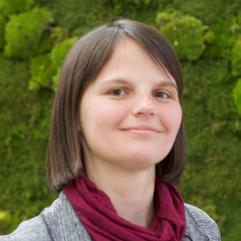
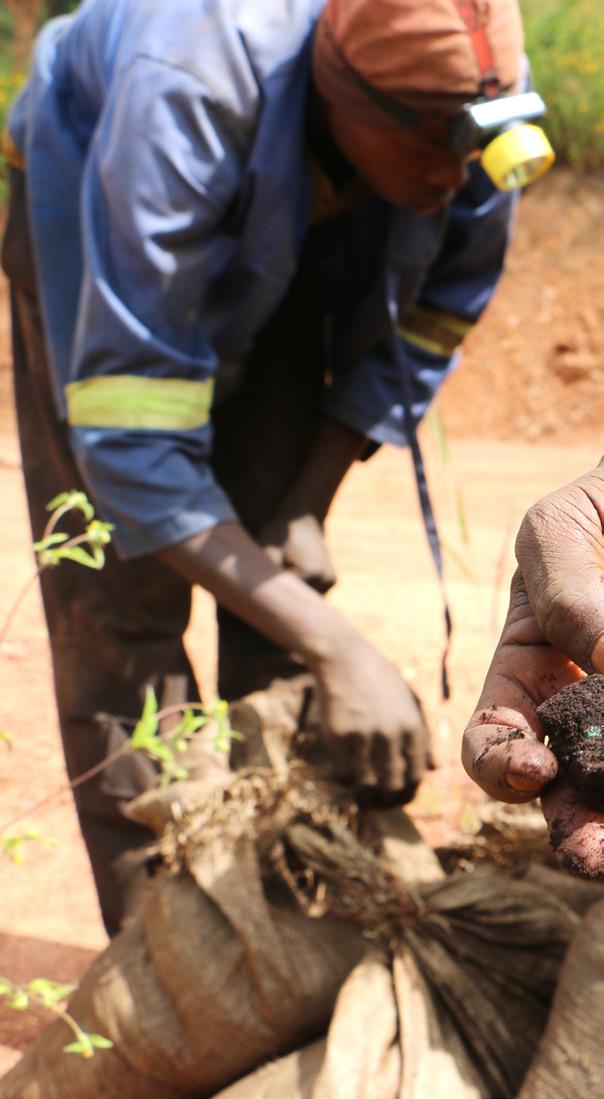
“Phones need to become easier to repair for sure, with upcoming and recent EU legislation certainly a step in the right direction, but we also shouldn’t forget about software longevity. We especially need the support of the chipset manufacturers for this.
“There will be no ‘miracle fix’ for the problems in this industry. Eco-friendly packaging is great, but if we look at the 1.4 billion phones sold each year – only around 20% of which are re-used or recycled – this is simply not the most pressing problem when it comes to smartphones. The biggest impact is likely to come from
“We need to grow to be an inspiration and to demonstrate that there is a market for ethical electronics”
ANNA JOPP PRESS OFFICER, FAIRPHONE
upcoming legislation on repairability and eco-friendly design as well as, I hope, an increasing awareness and change in mentality, both on the side of consumers and of manufacturers.”
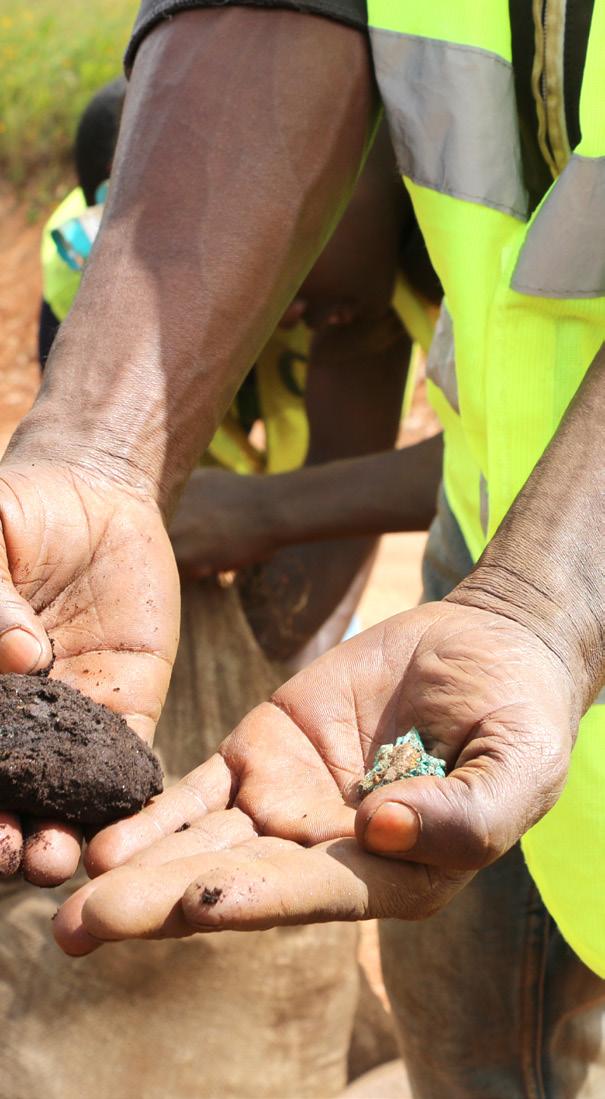
Mobile operators look forward to 2040 But what good will a mobile phone of the future be without adequate cellular providers?
“Operators in 2040 are likely to be lean, highly automated, logically – and in some cases physically – more separated than they have been into different businesses,” Reza Rahnama, MD of Mobile

TITLE: MD MOBILE NETWORKS
COMPANY: BT GROUP
INDUSTRY: TELECOMMUNICATIONS
LOCATION: LONDON, UK
Rahnama has worked in the mobile industry for 24 years. He joined Vodafone in 2010 for deployment of IMS & LTE services and successfully delivered a LTE 4G network e2e. He then moved to BT in 2014 as LTE architect and since has had a number of responsibilities building and developing new networks in mobile and voice domain.
“Network operators will become enablers of putting the technology in the hands of people and things”
REZA RAHNAMA MD MOBILE NETWORKS, BT GROUP
at the BT Group – the parent company of BT, EE, Plusnet and Openreach – said.
“The network communication companies will likely be part of many aspects of physical environments as there are going to be networks for controlling physical functions whilst the intelligence sits in the cloud. The devices will be more intelligent as they process a lot more data.
“The security aspect will also evolve –quantum security, for example – as security is one of the biggest drivers and concerns. The network will transform aspects of education and entertainment significantly, utilising AI in order, not only to provide
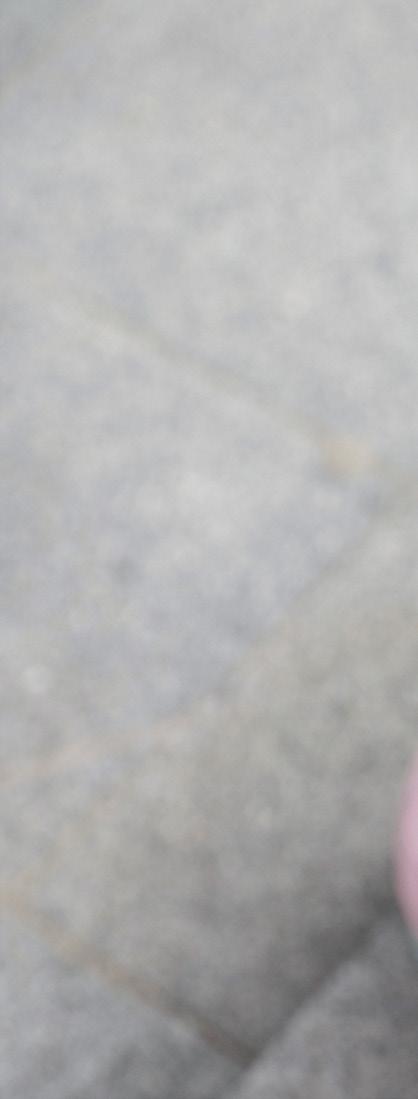
better services to customers, but to enable them to become always available.”
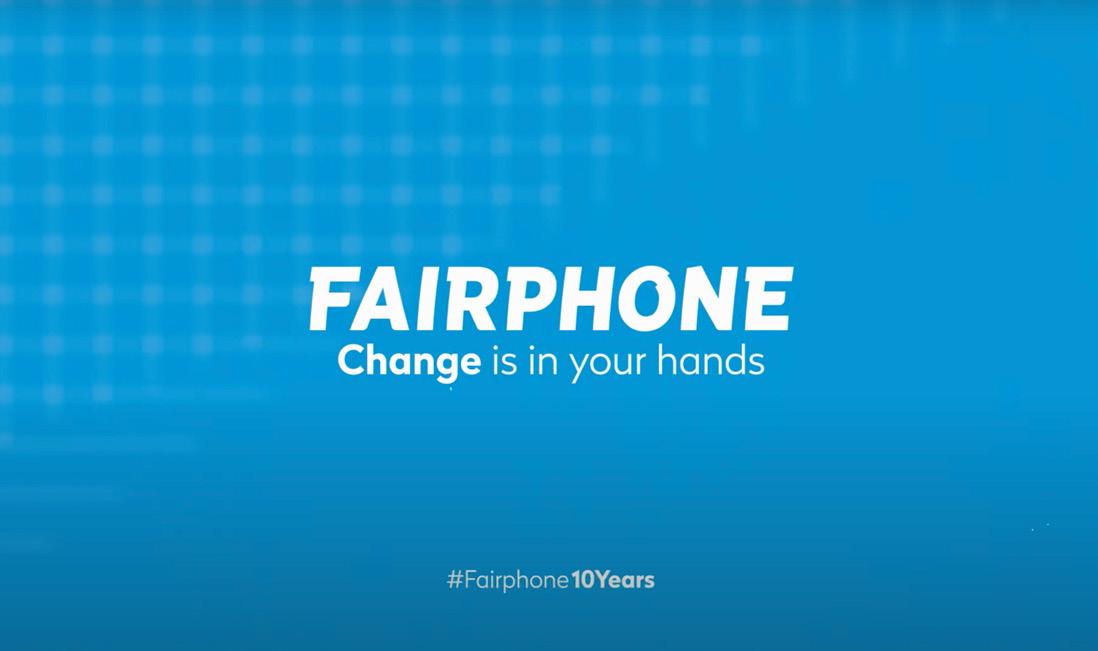
He highlights that major challenges facing the BT Group – and other carriers like it – are simplification of networks and businesses themselves.
He asserts: “We’ll need to develop the software development, system integration and DevOps capabilities across all domains within the network platform company, as well as developing the agile service development capabilities and developer ecosystems with partners and customers in the Services company. We’ll need to do all this while continuing to
increase coverage and capacity, and continuing to improve efficiency, especially energy consumption. The biggest challenge is going to be having a highly skilled engineering network.
“There is a need to understand next generation mobile technologies and fibre networks and a detailed understanding of cloud software engineering and service resilience.
“Network operators will become enablers of putting the technology in the hands of people and things. Therefore, understanding the use cases – which will be very complicated – is critical.”

“The most efficient way to reduce the emissions caused by smartphones is to produce less phones”
ANNA JOPP PRESS OFFICER, FAIRPHONE
With the telecommunications industry steaming towards net zero targets by 2050 – at the latest – Rahnama delves into sustainability practices that could be introduced or continued to be used to combat network operators’ CO2 output.
Operators will become a key part of a Smart Energy grid providing energy resilience as part of its need to deliver service resilience this will include:
• Increased Energy Storage in Networks

• Participation in energy markets
improving energy grid efficiency
• Operator EV Fleets for engineers (contribute to the smart energy grid) Networks will continue to reduce energy demand by deploying more energy efficient equipment and simplifying the network by retiring legacy networks largely completed this decade, but will be an ongoing process.

The biggest challenge facing network operators is the rollout of 6G networks, which are expected to be developed and released by 2030. 6G, big data and the decision-making it enables, will become the main driver for this generation, Rahnama adds.

He continues: “There’s no doubt there will be faster connectivity, but data driven networks and the introduction of AI-style capabilities into the hands of the consumer will be the main driver.
“We’re hoping the standardisation will drive the network more towards greater autonomy and automation in order to provide constant availability – although in the radio network, this will be difficult.
“Any new generation of mobile technology which brings the capability of controlling the physical environment requires advanced security, for security continues to be at the heart of what we believe 6G will deliver.”
It’s safe to say the future of mobile is not only about technological advancements but also about sustainability. Whether conscious practices in prioritising social and environmental issues, fair and recycled materials, repairability, and modularity, or improving efficiency and reducing energy consumption, as we look ahead to 2040, sustainability will continue to play a critical role in shaping the future, ensuring a more environmentally friendly and responsible approach to technology.


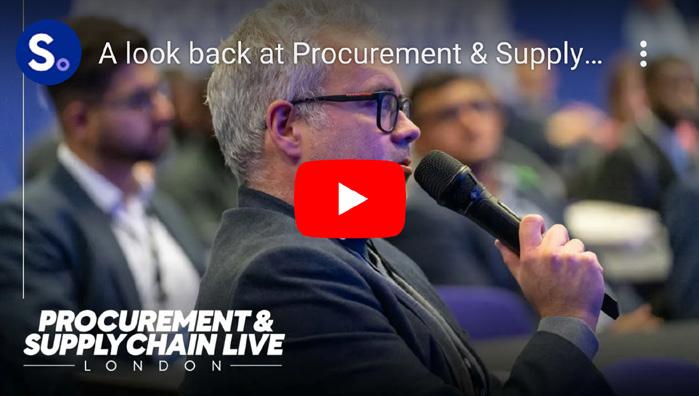
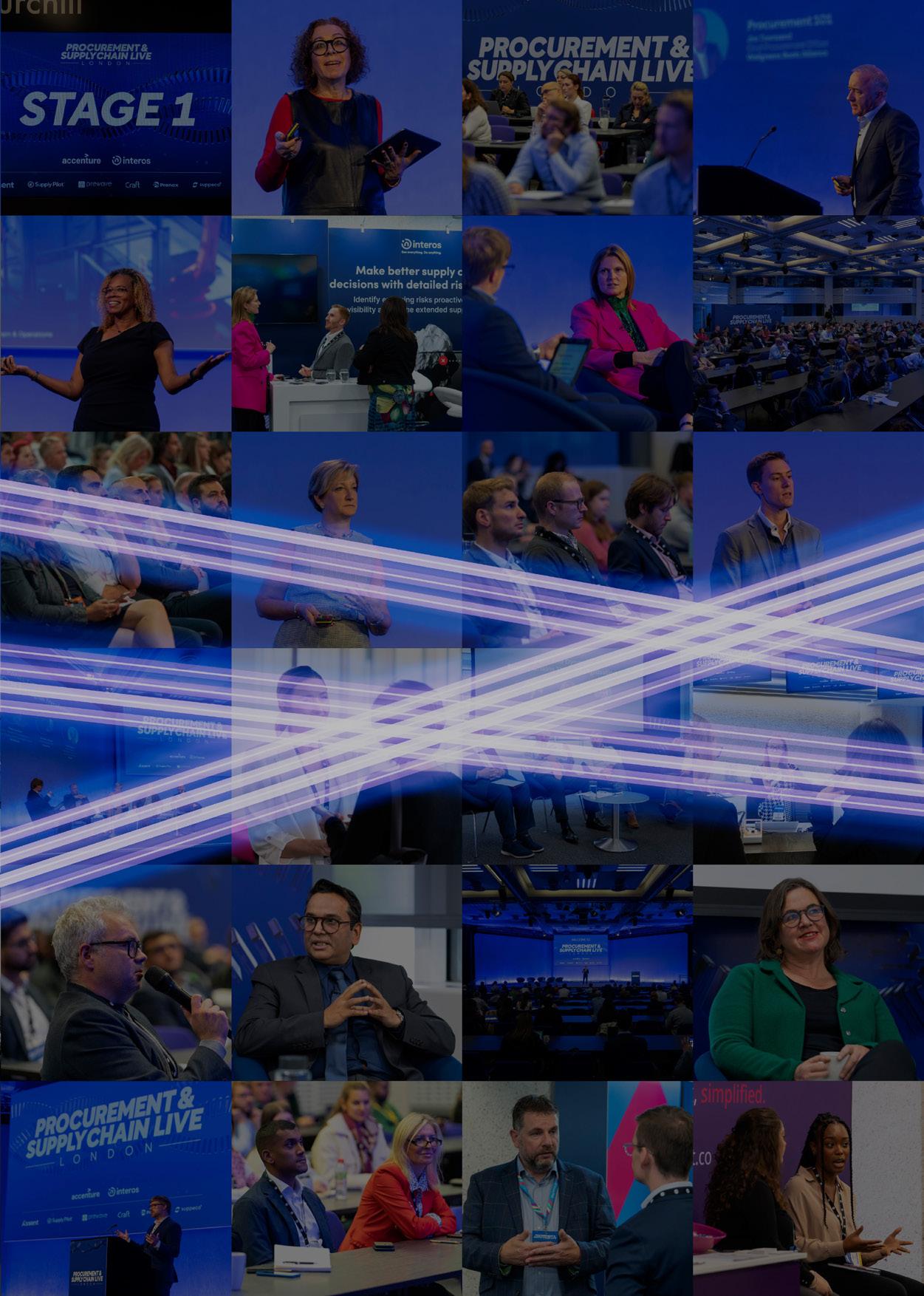
26 - 27 September 2023
Business Design Centre, London
SPONSORSHIPS GET YOUR PASS